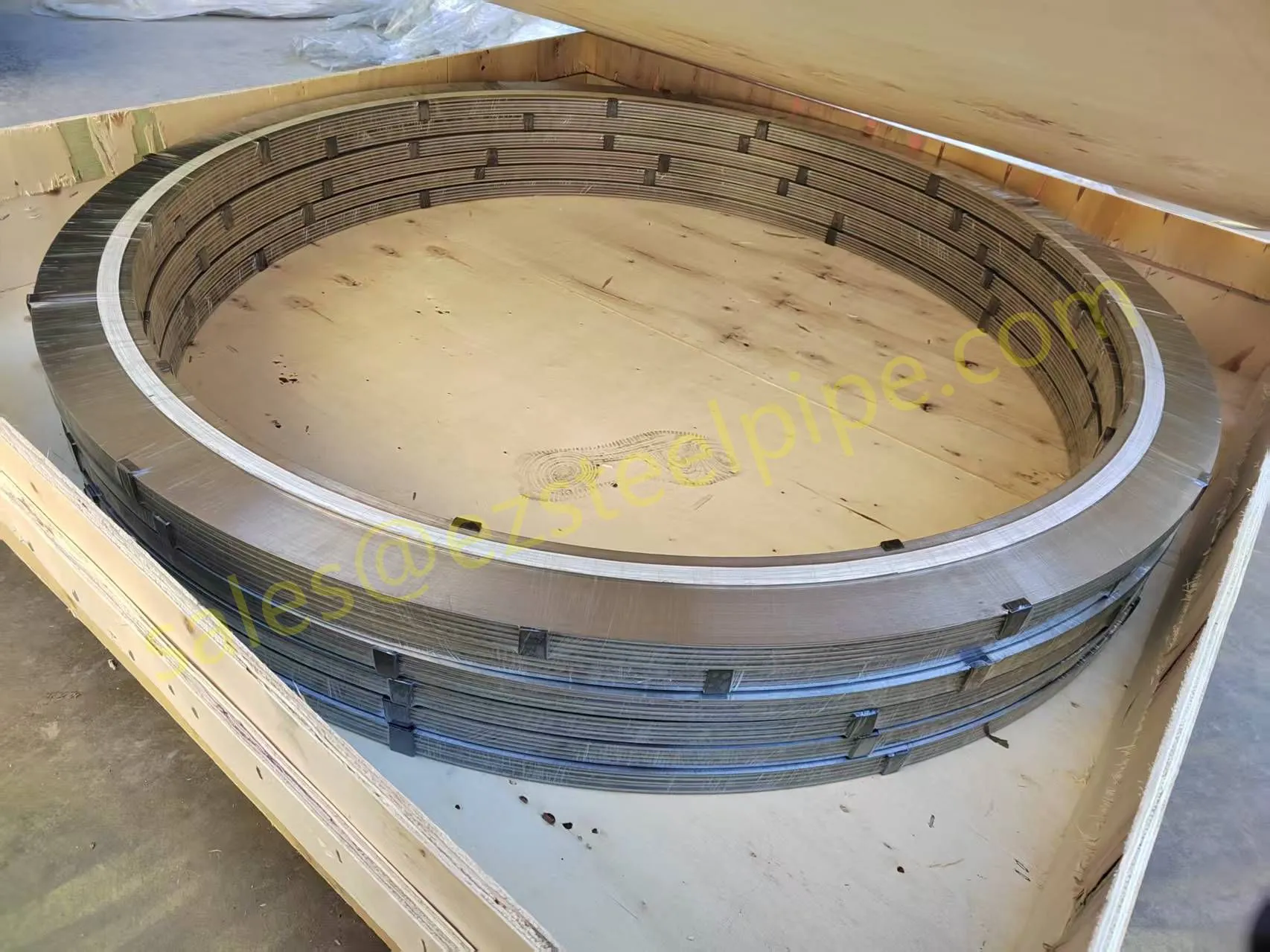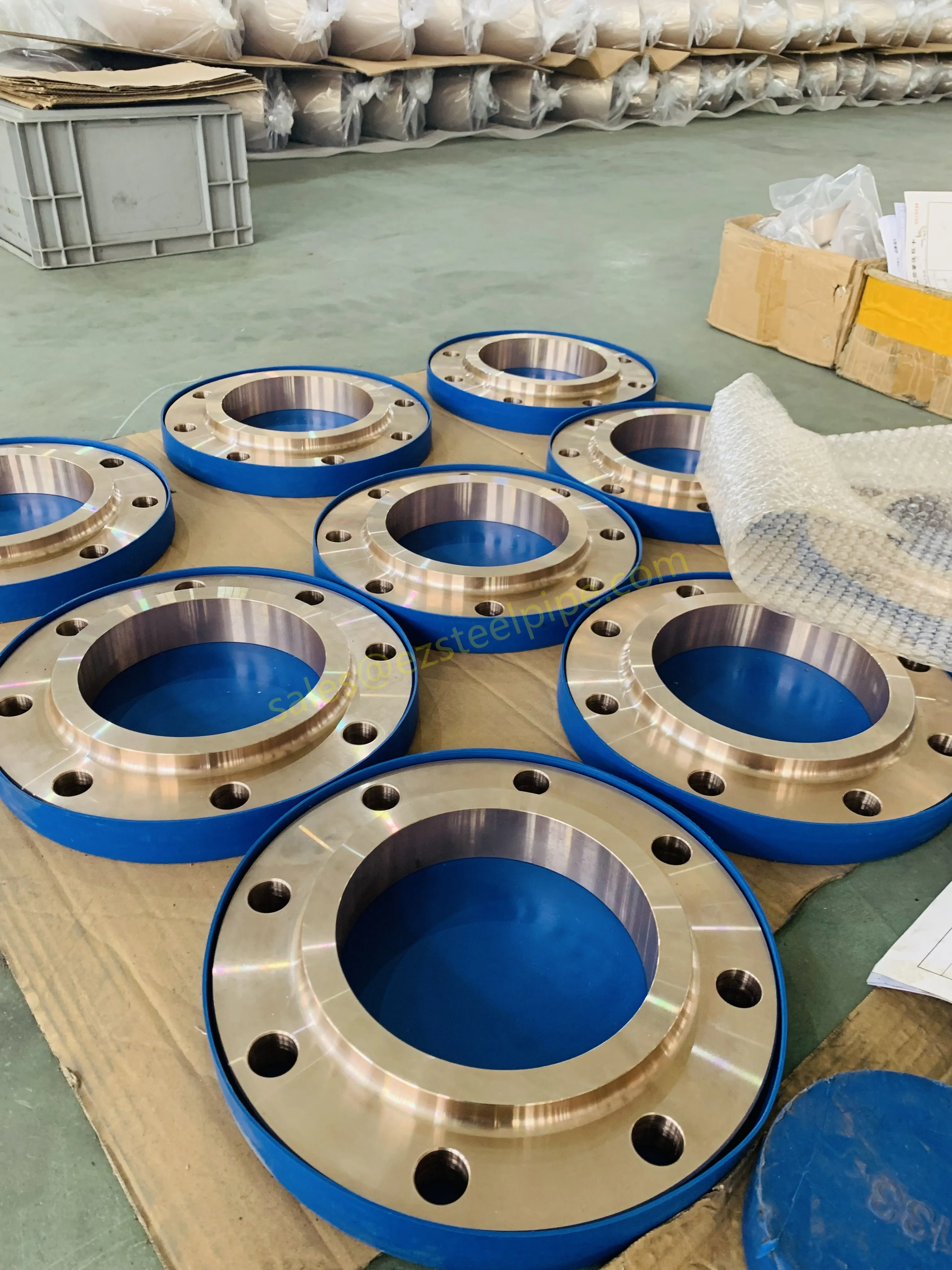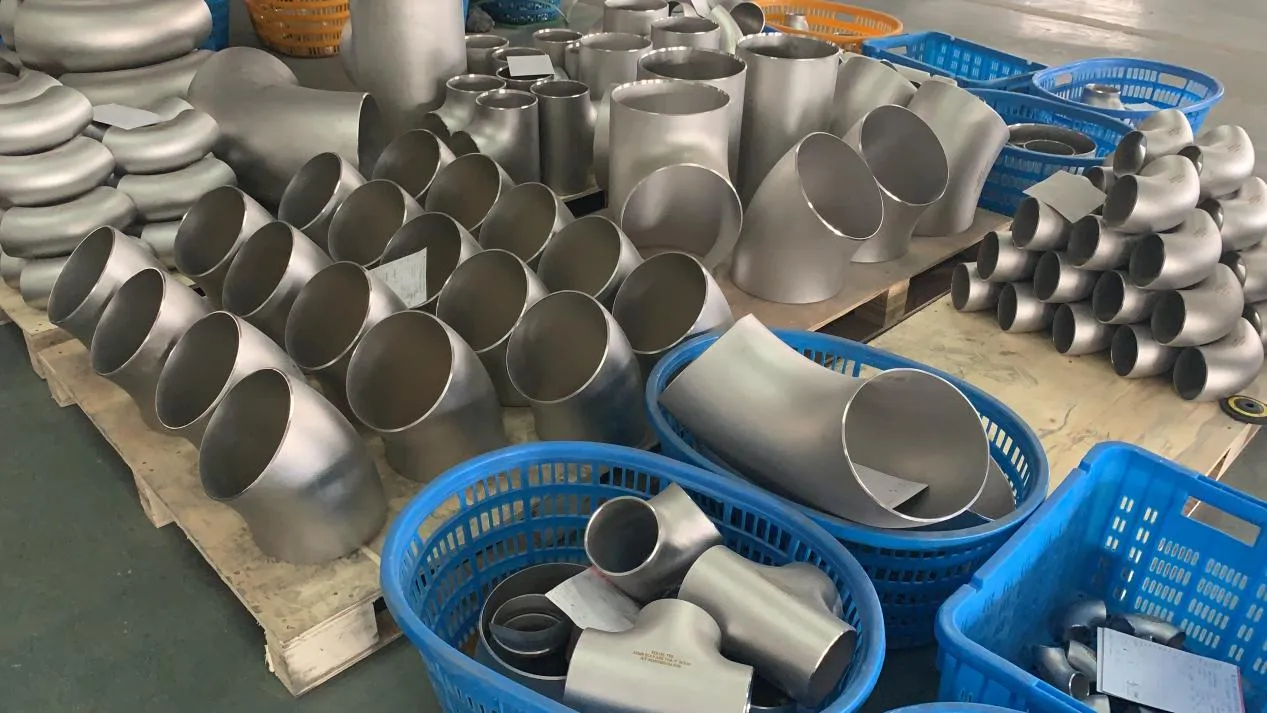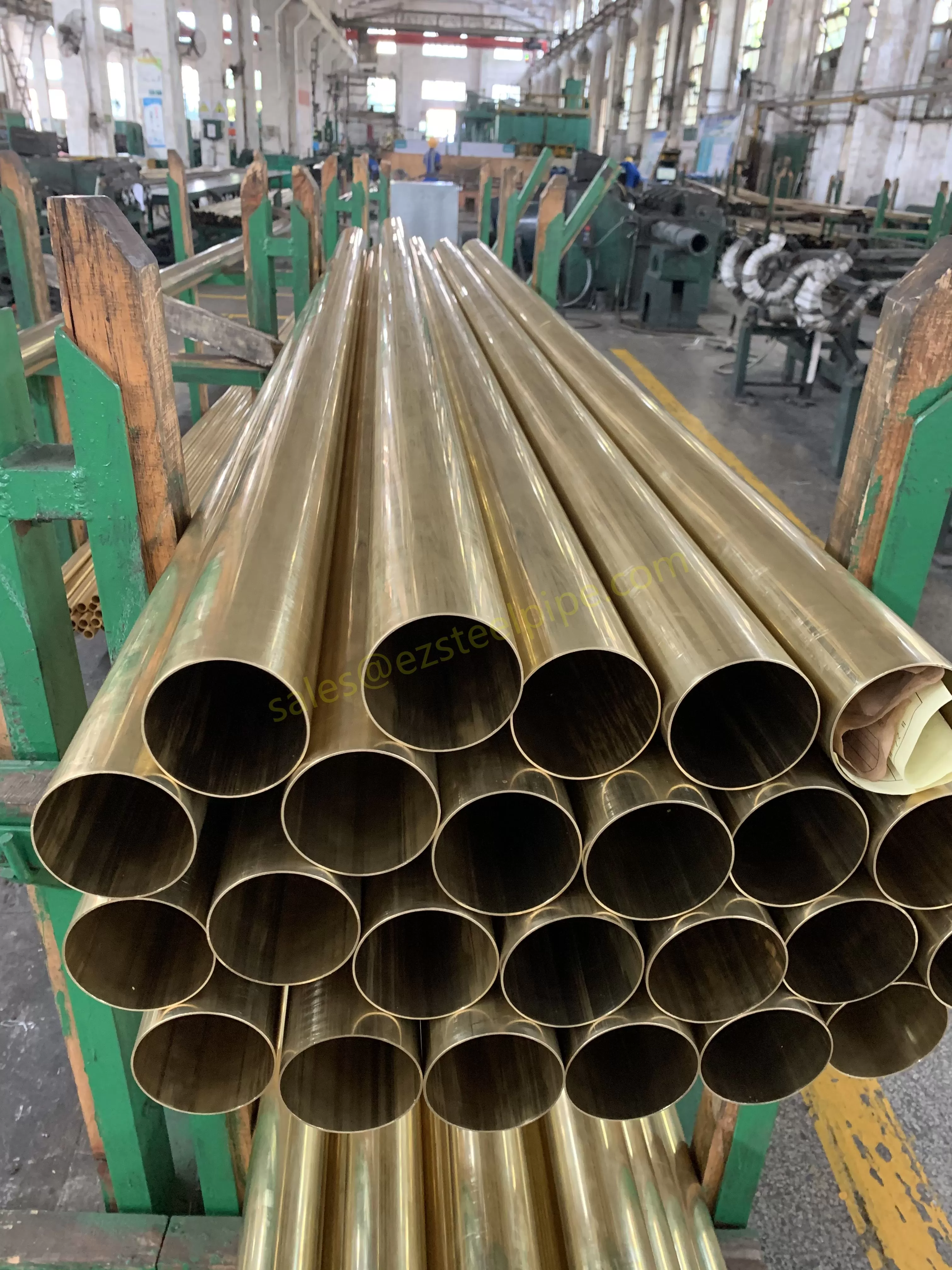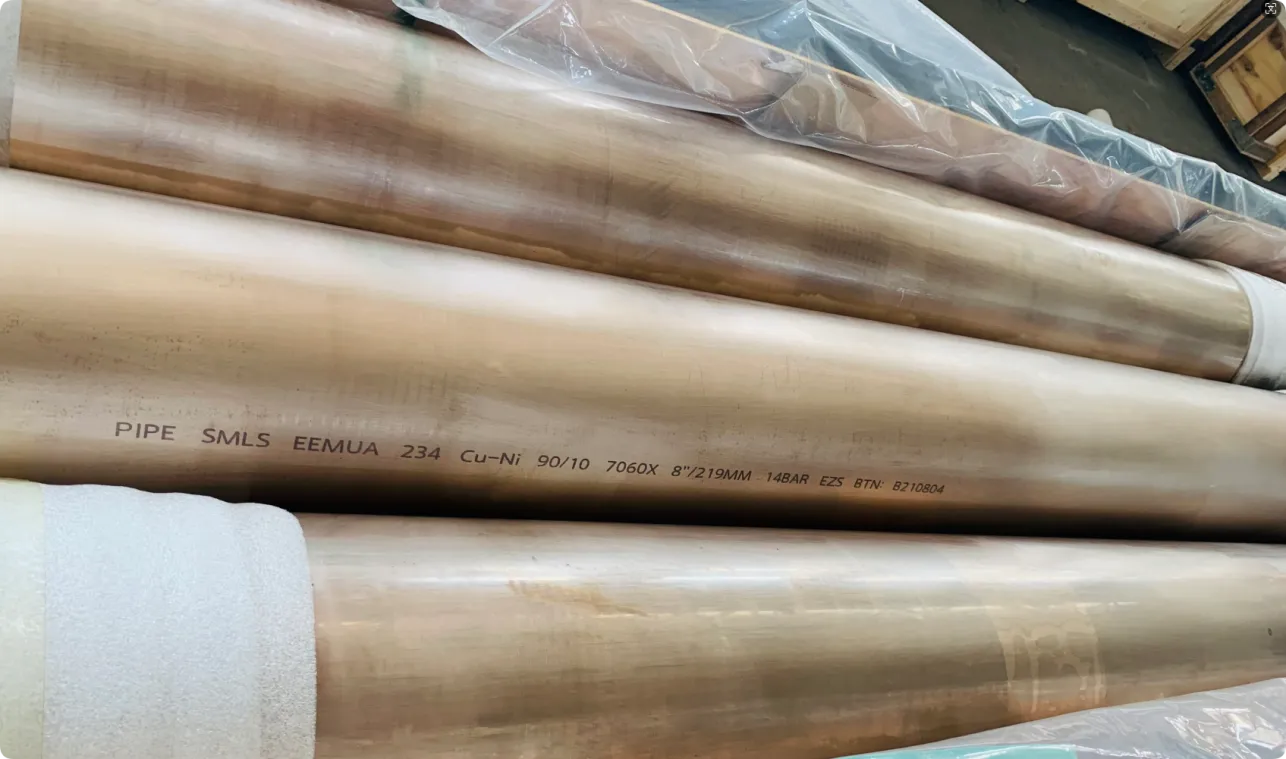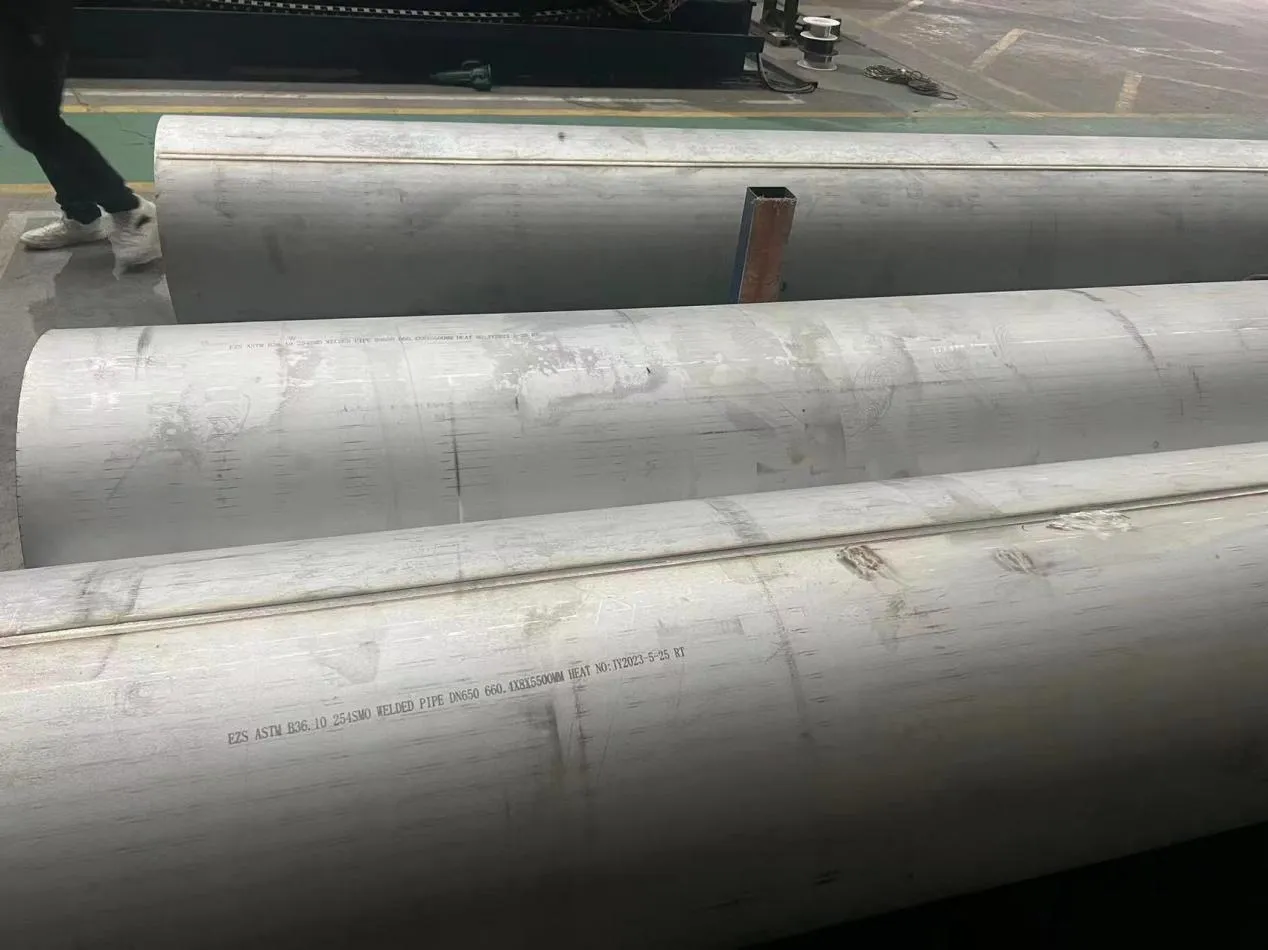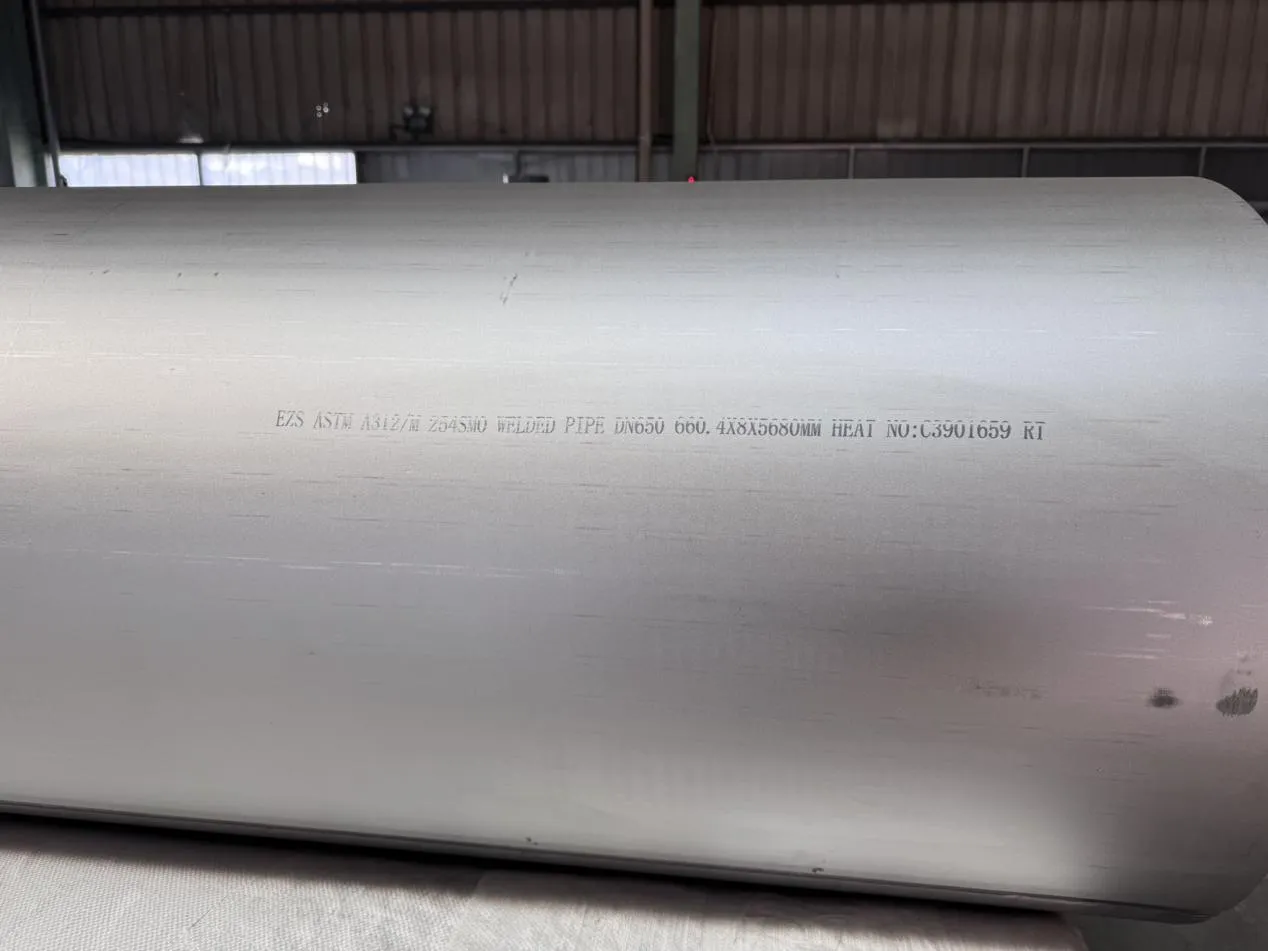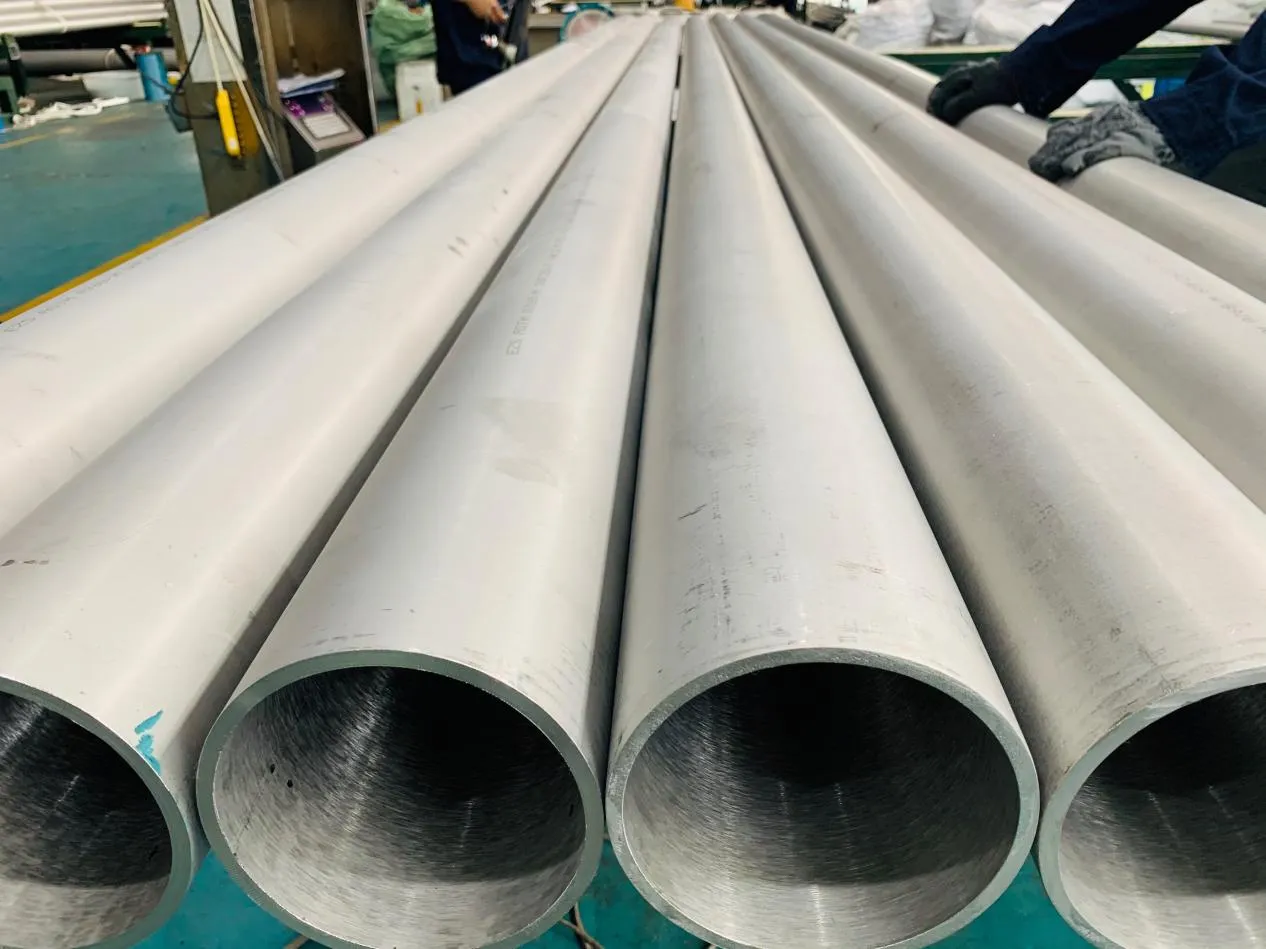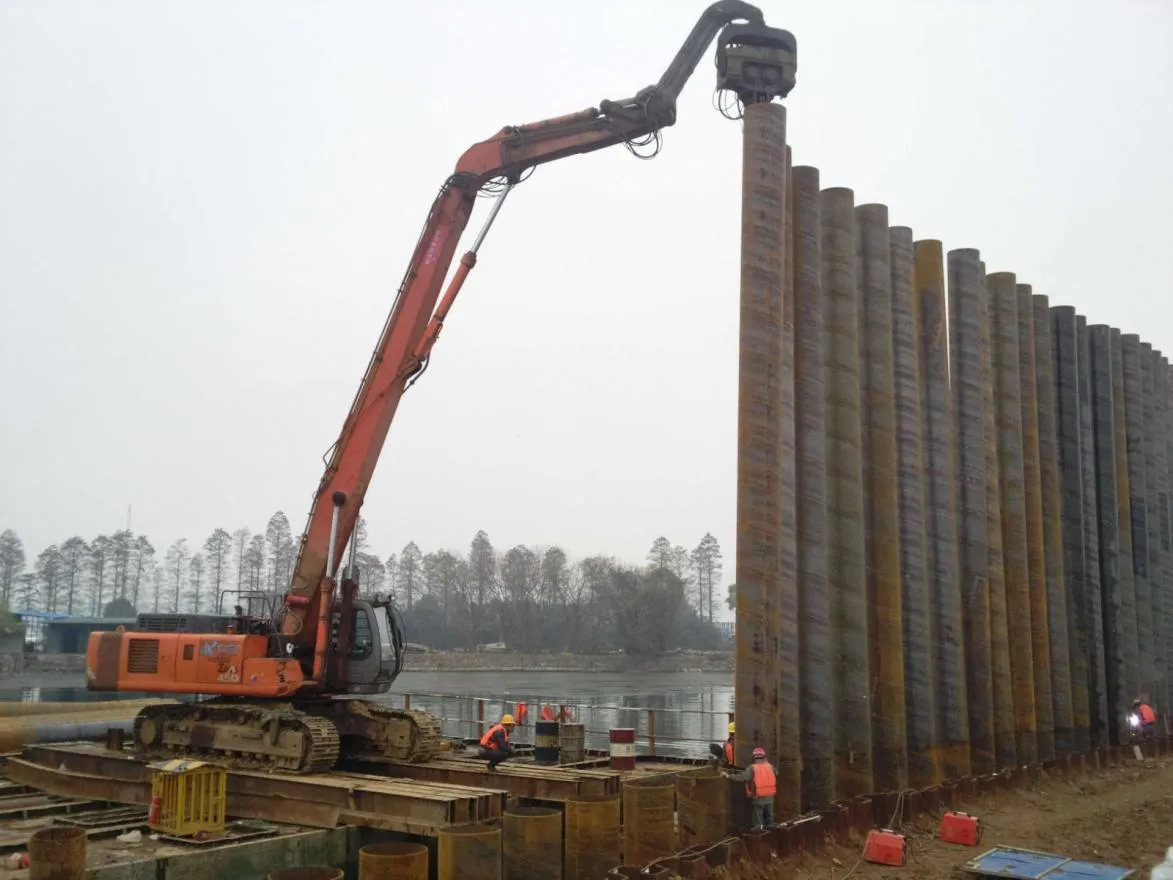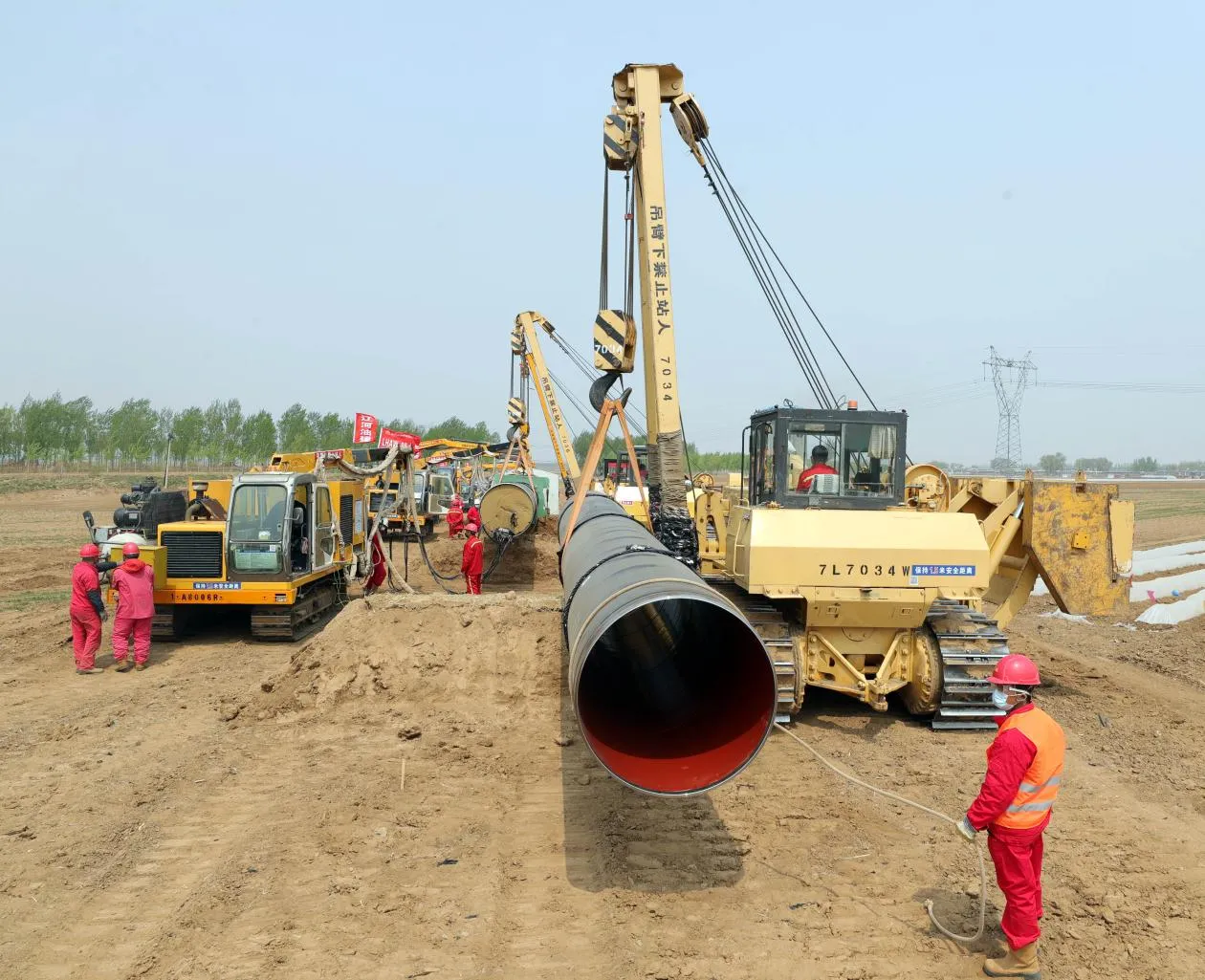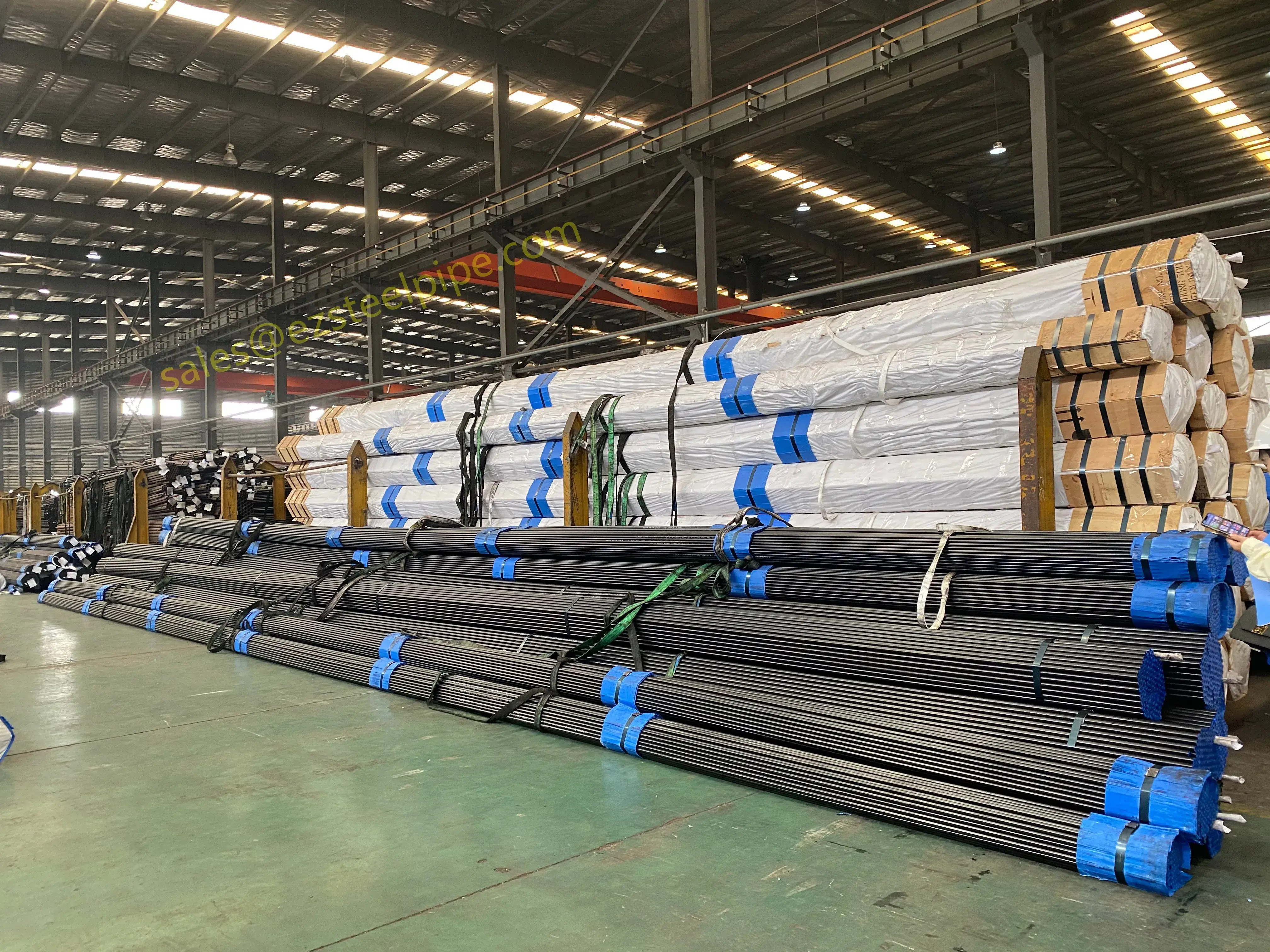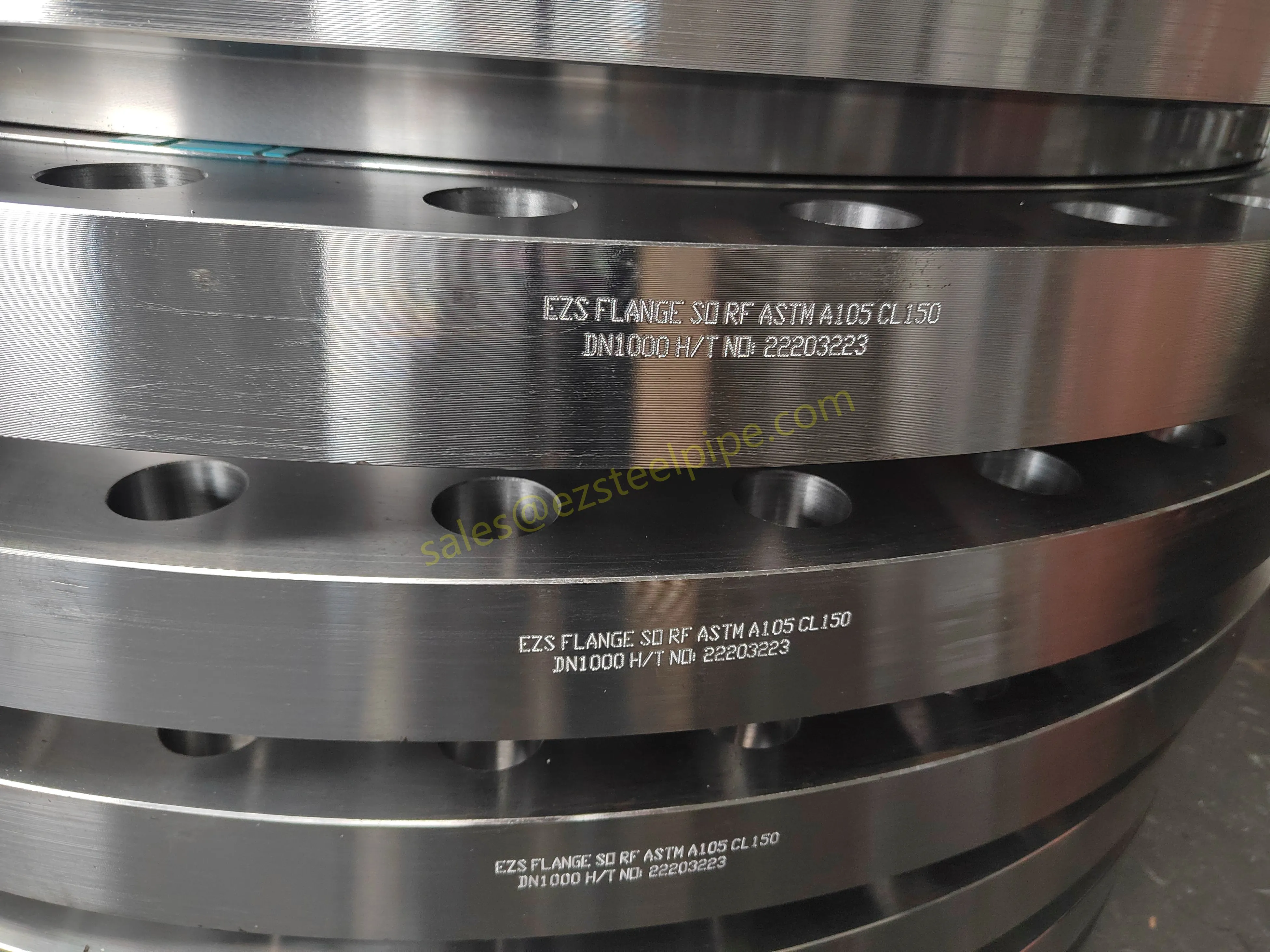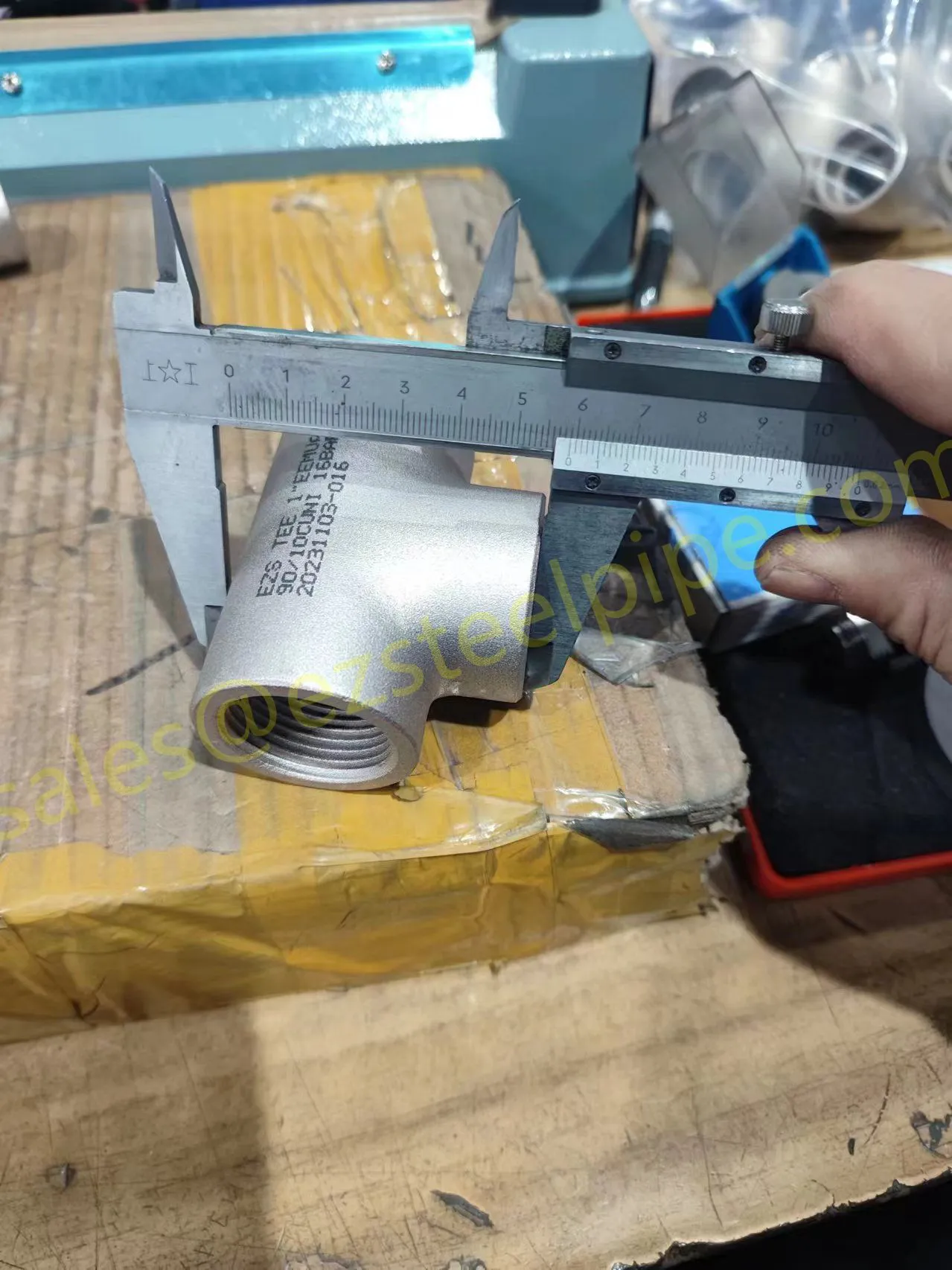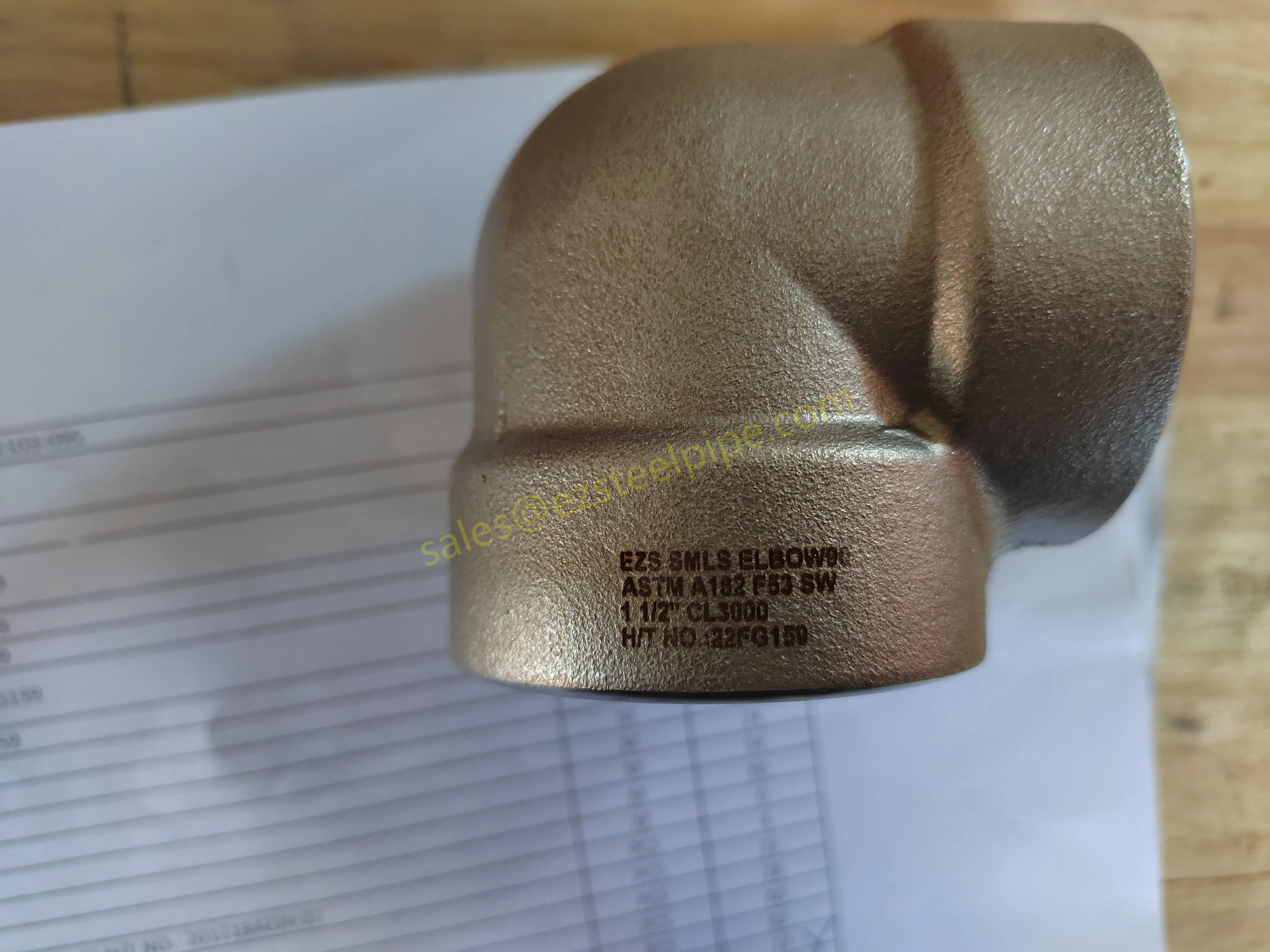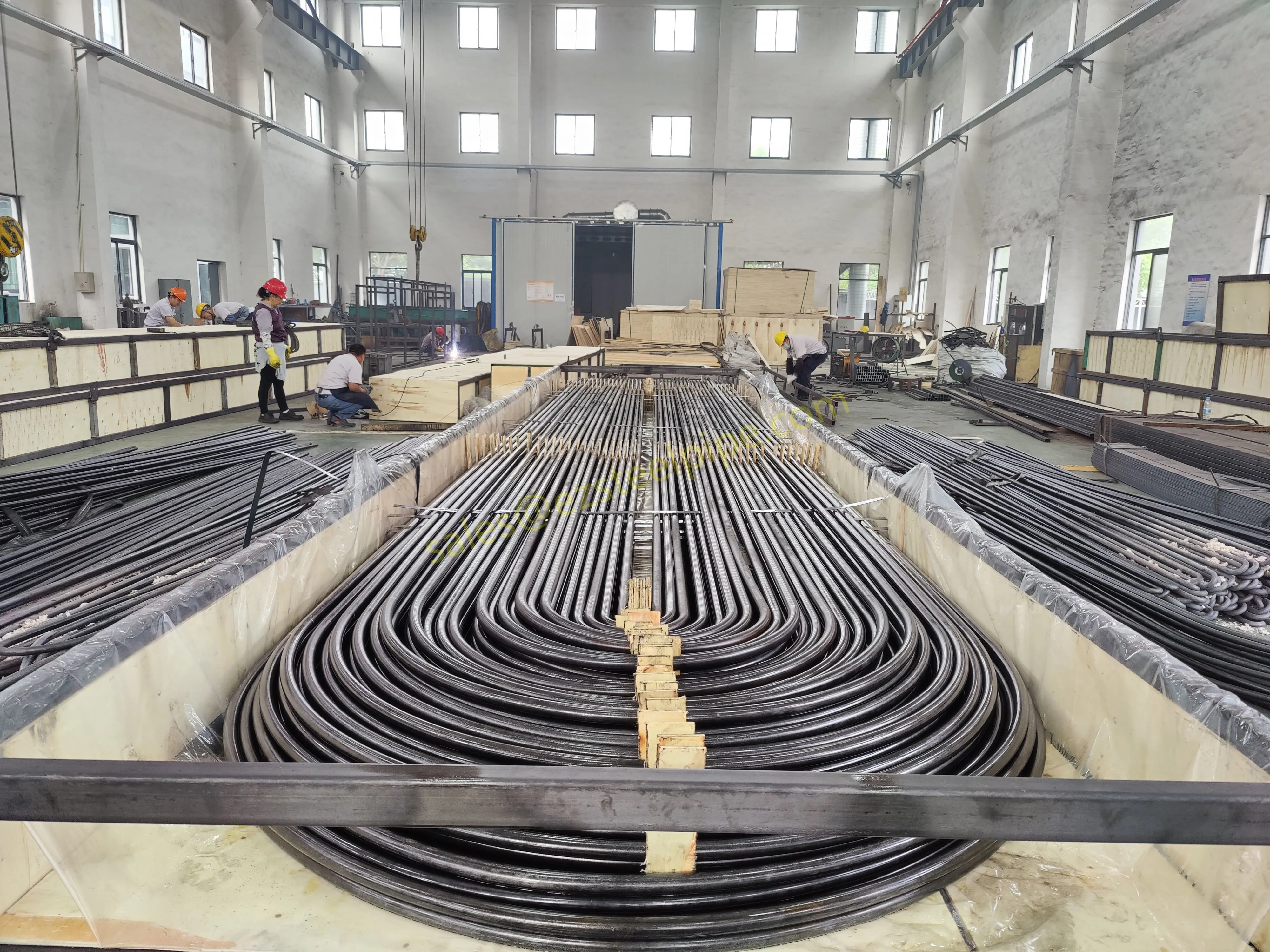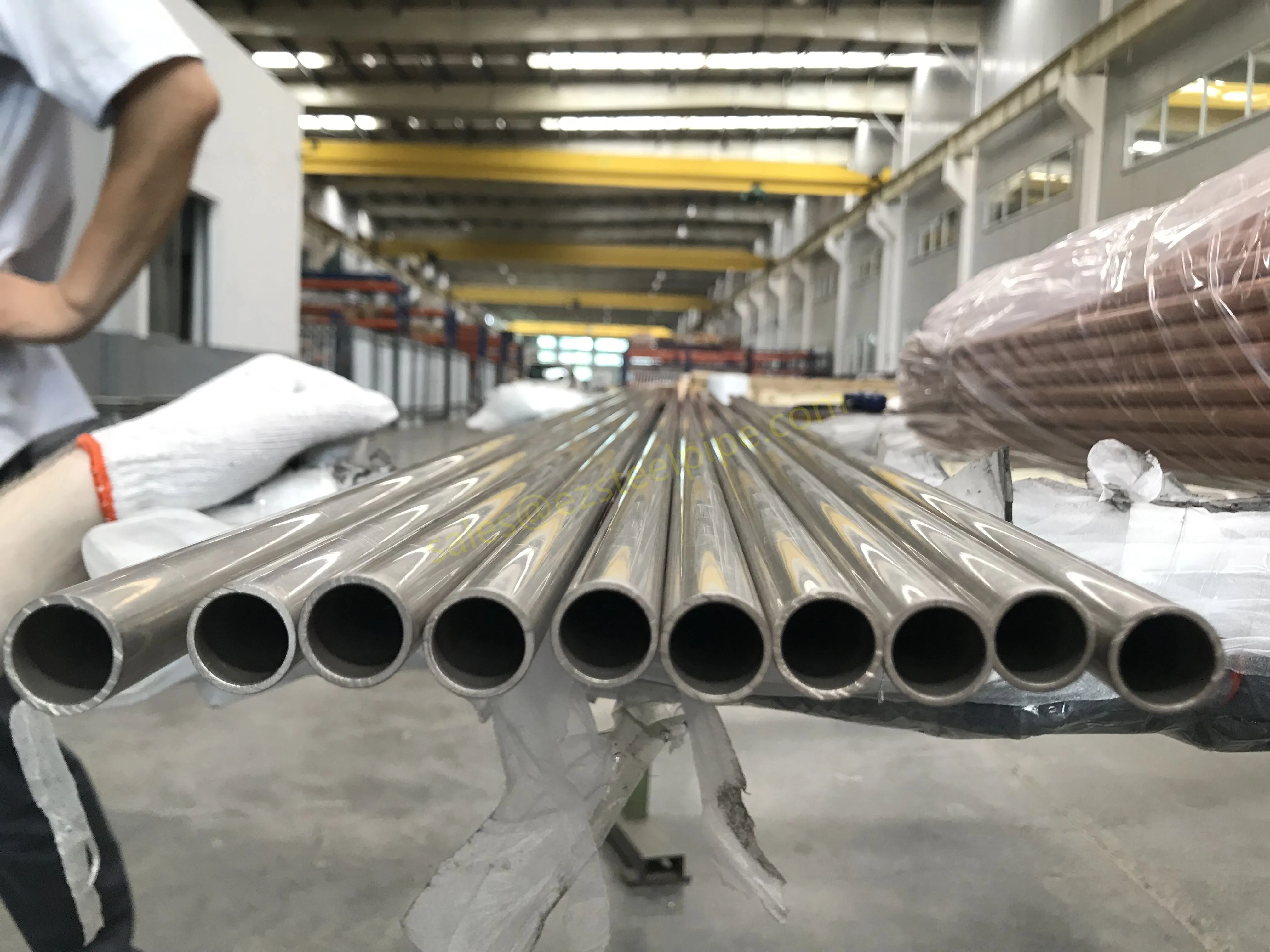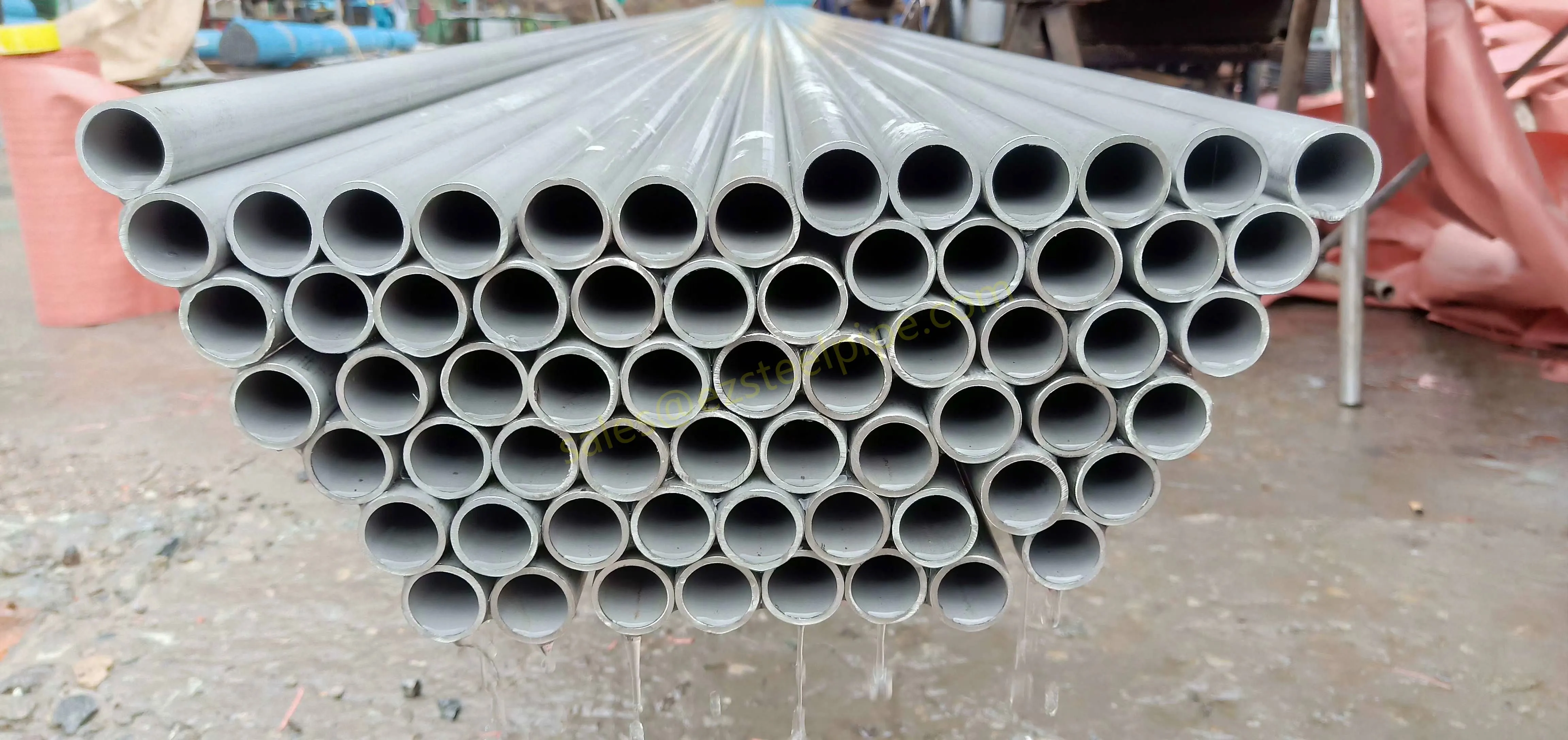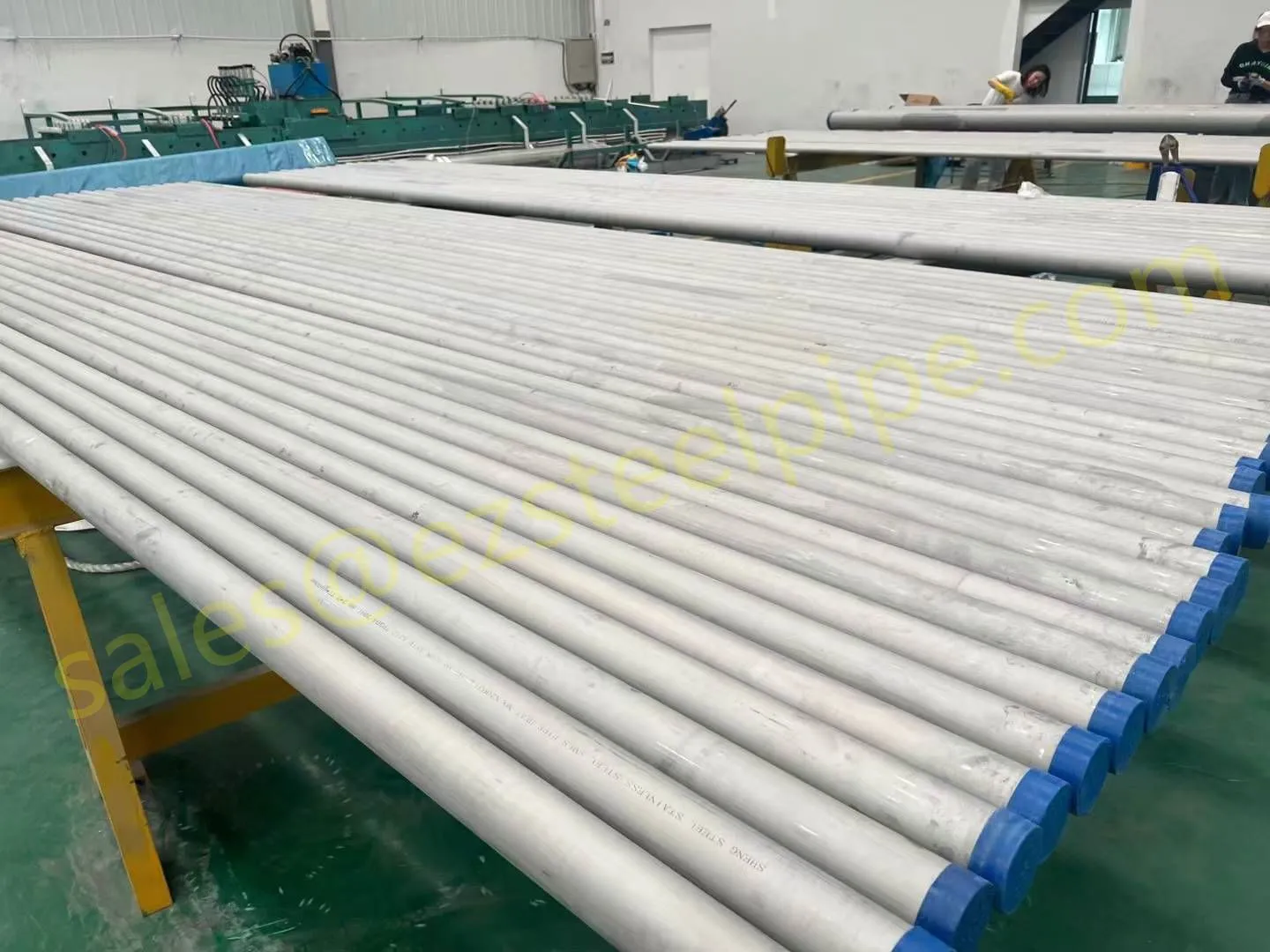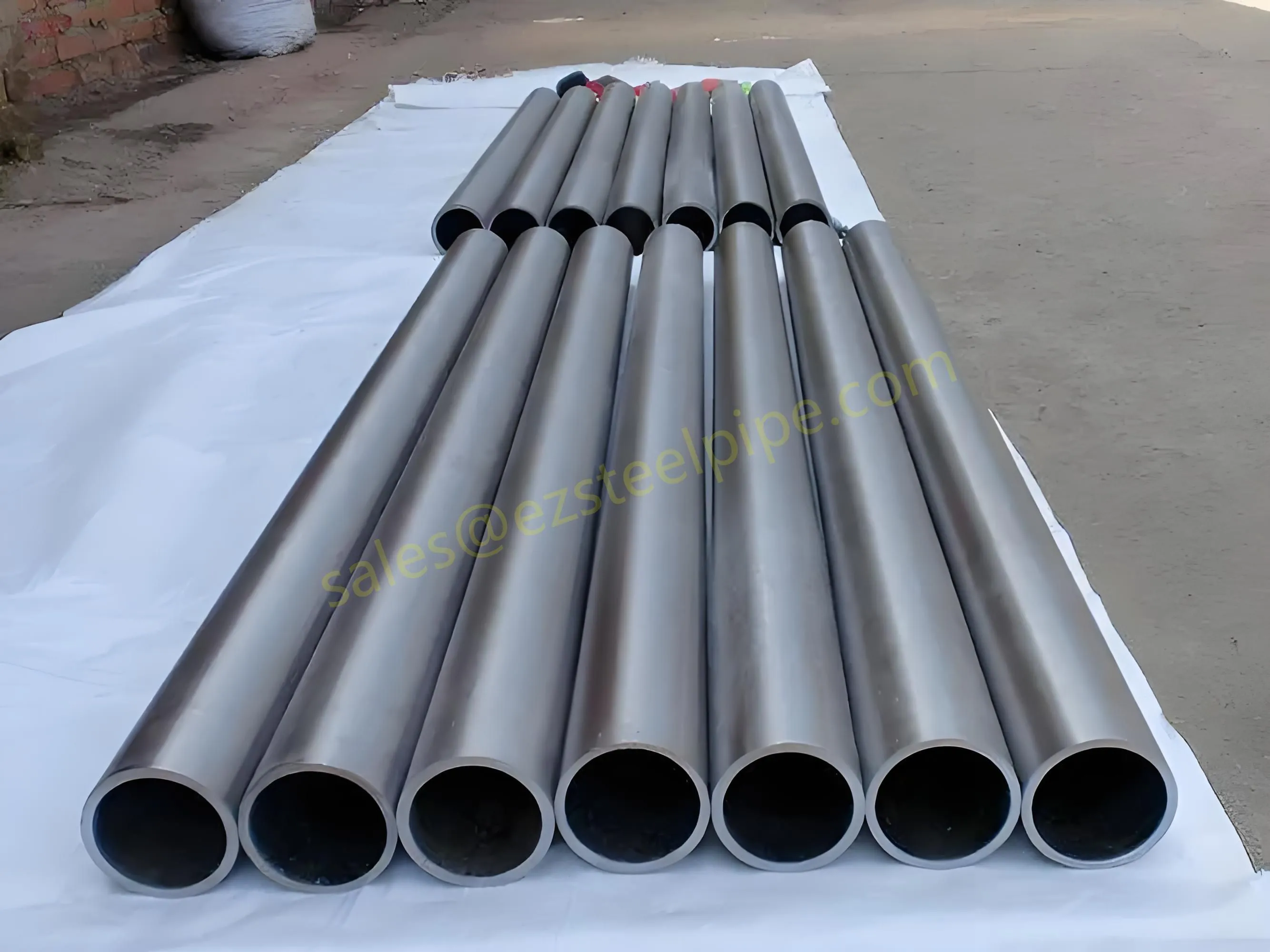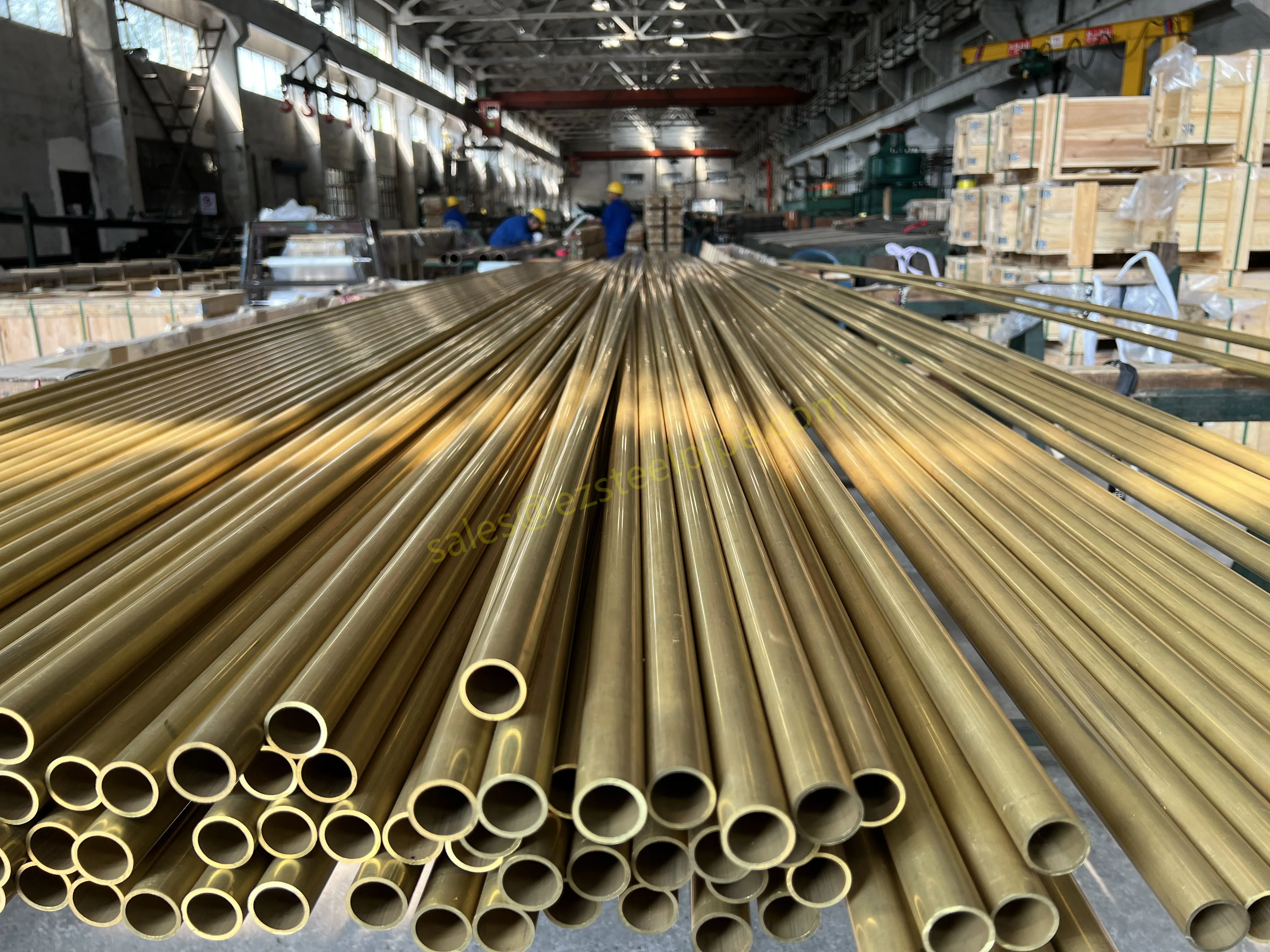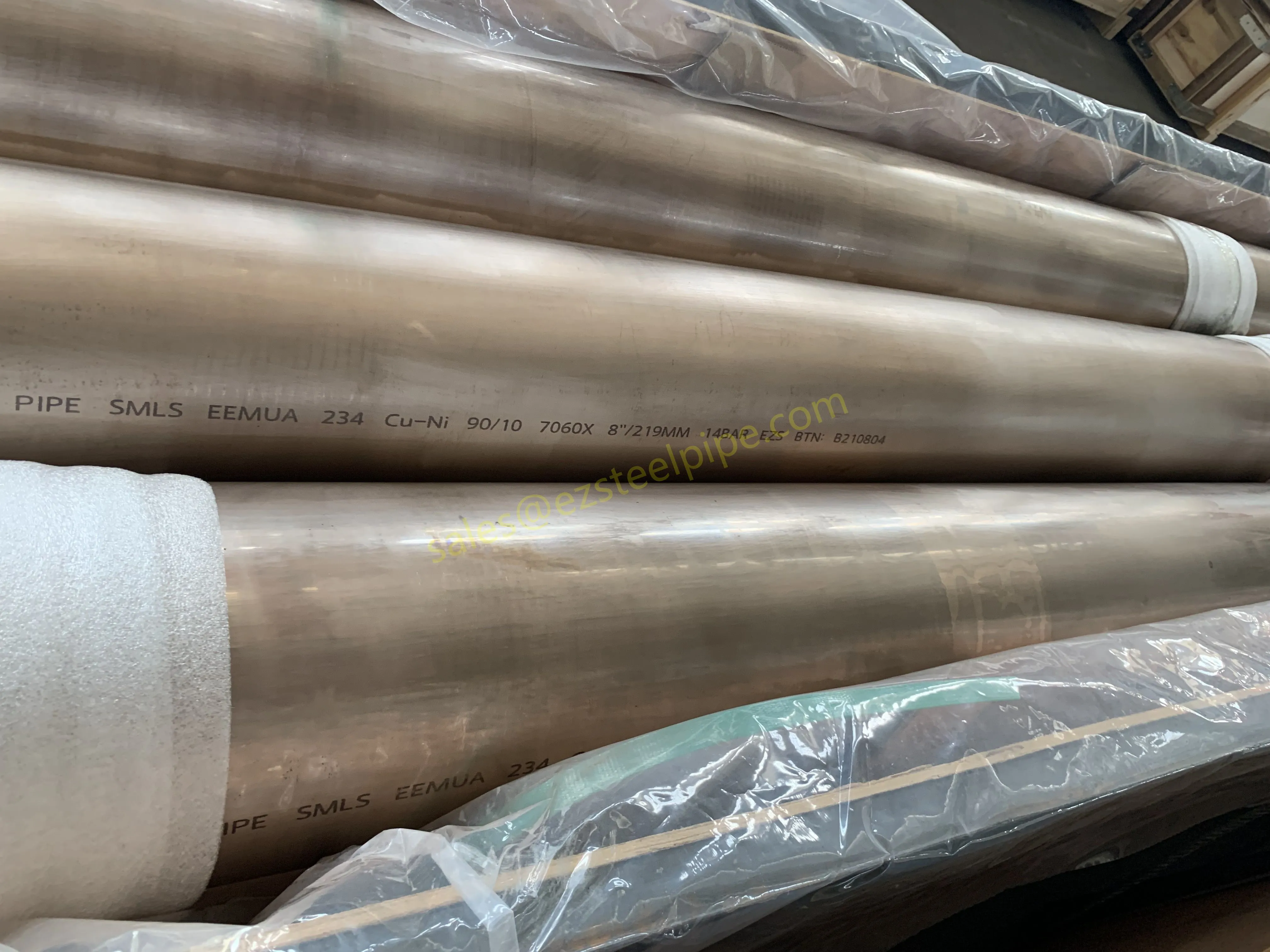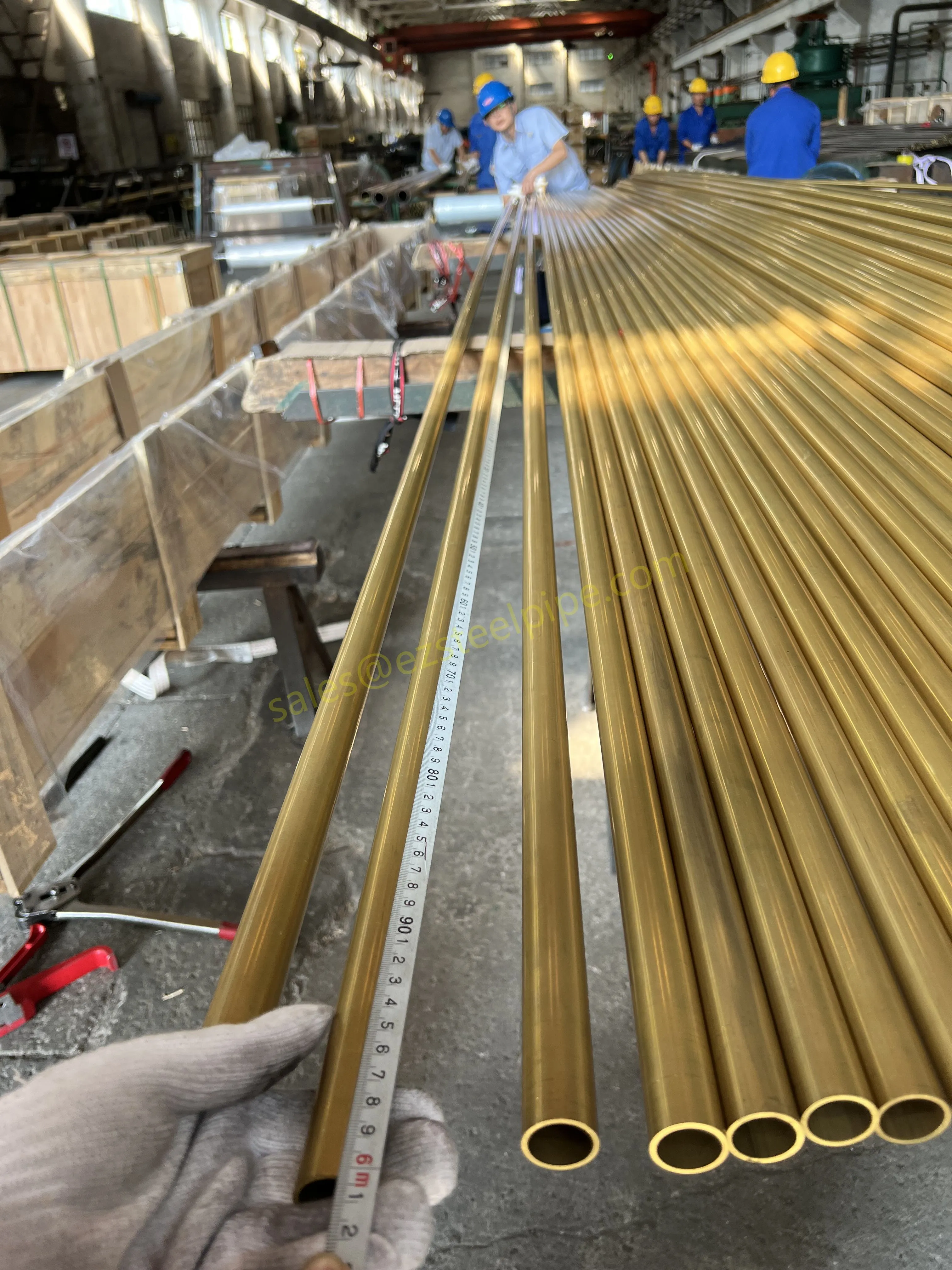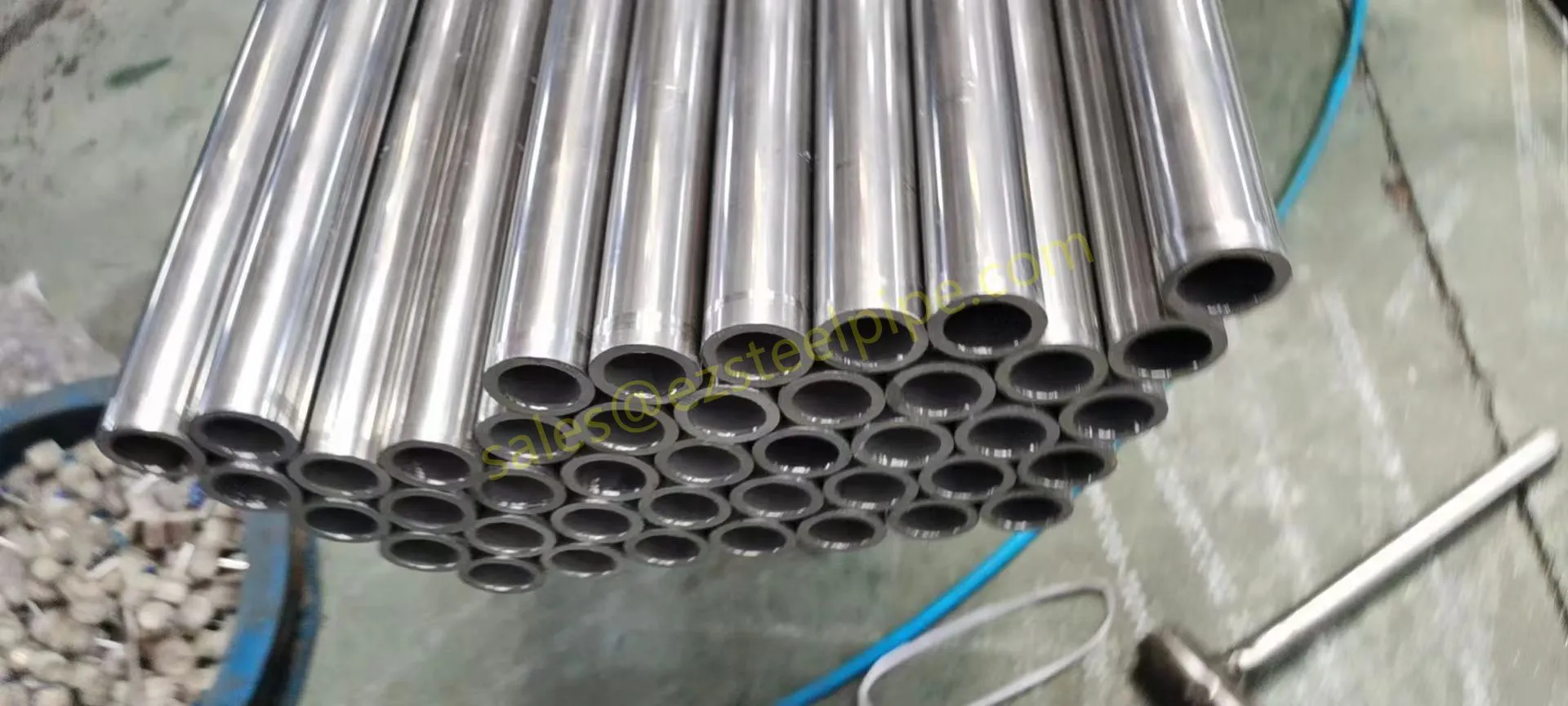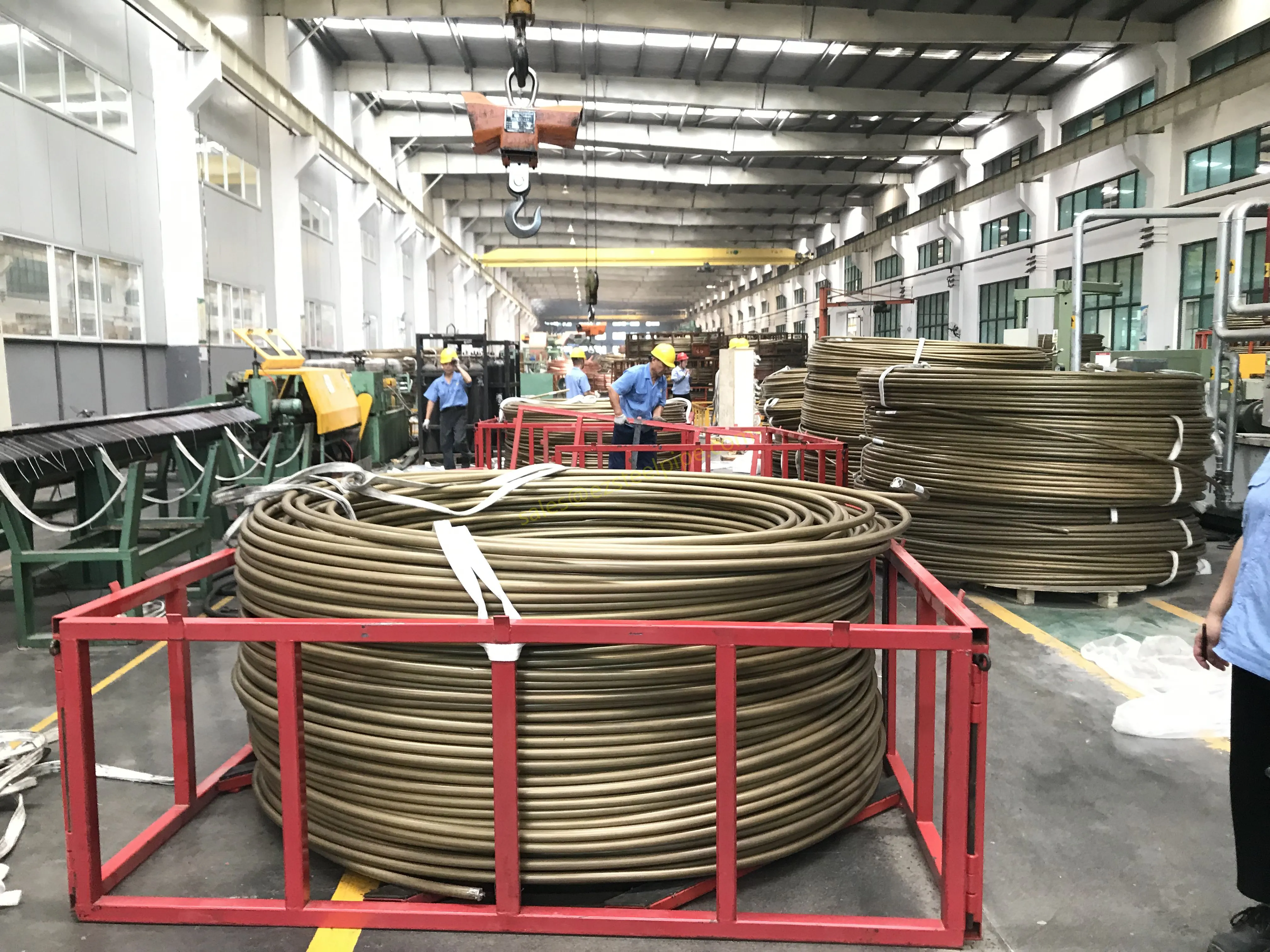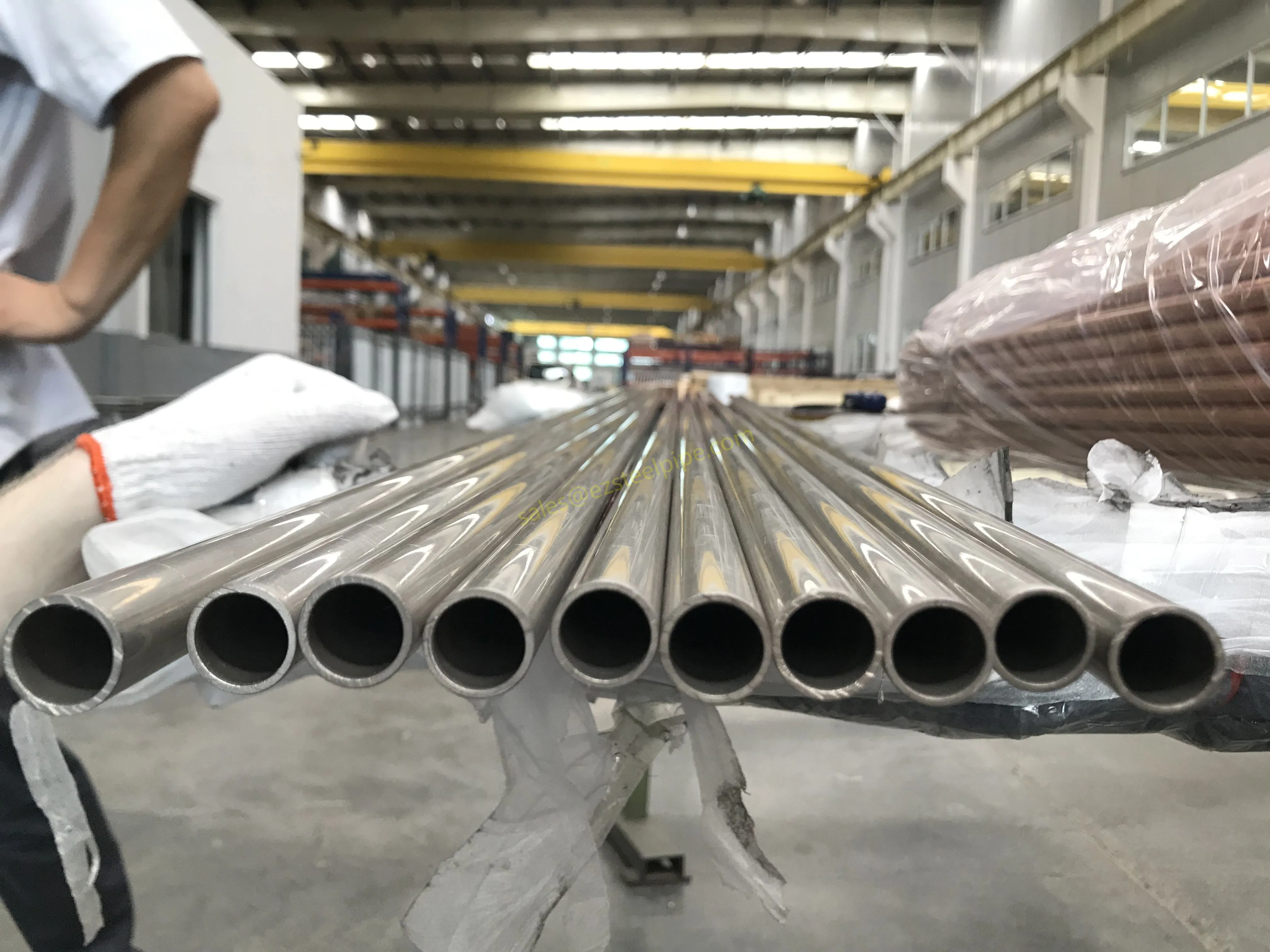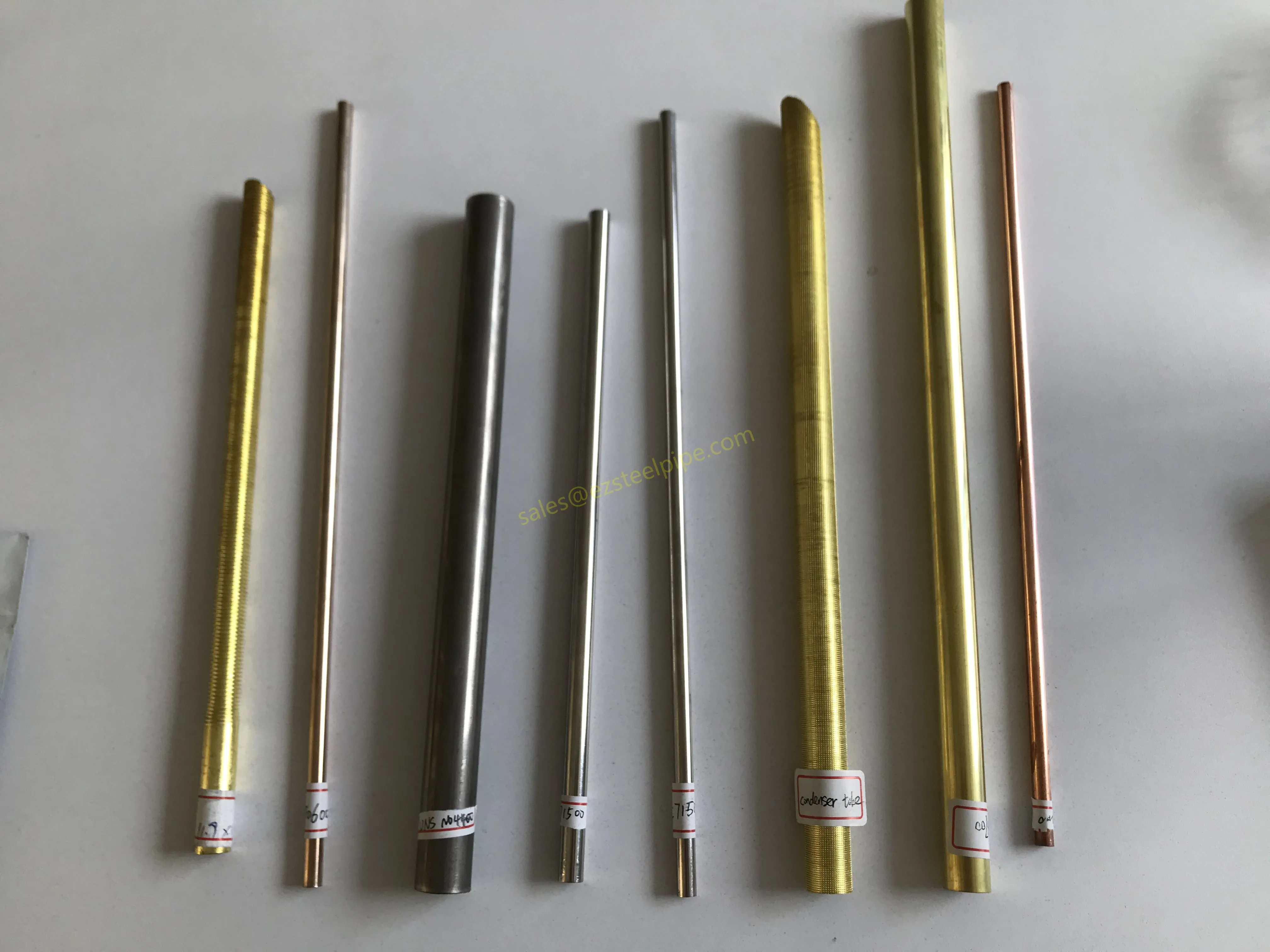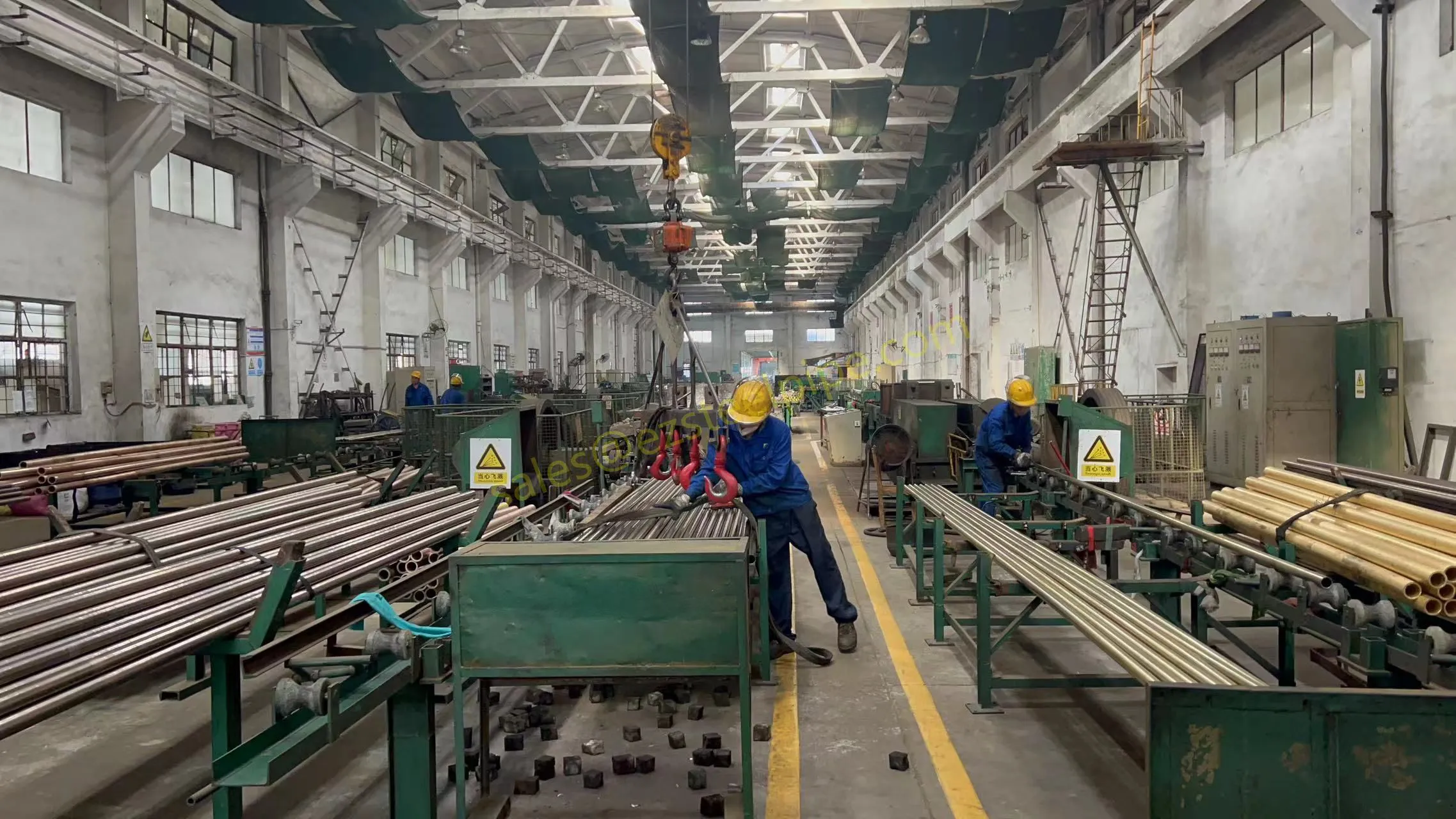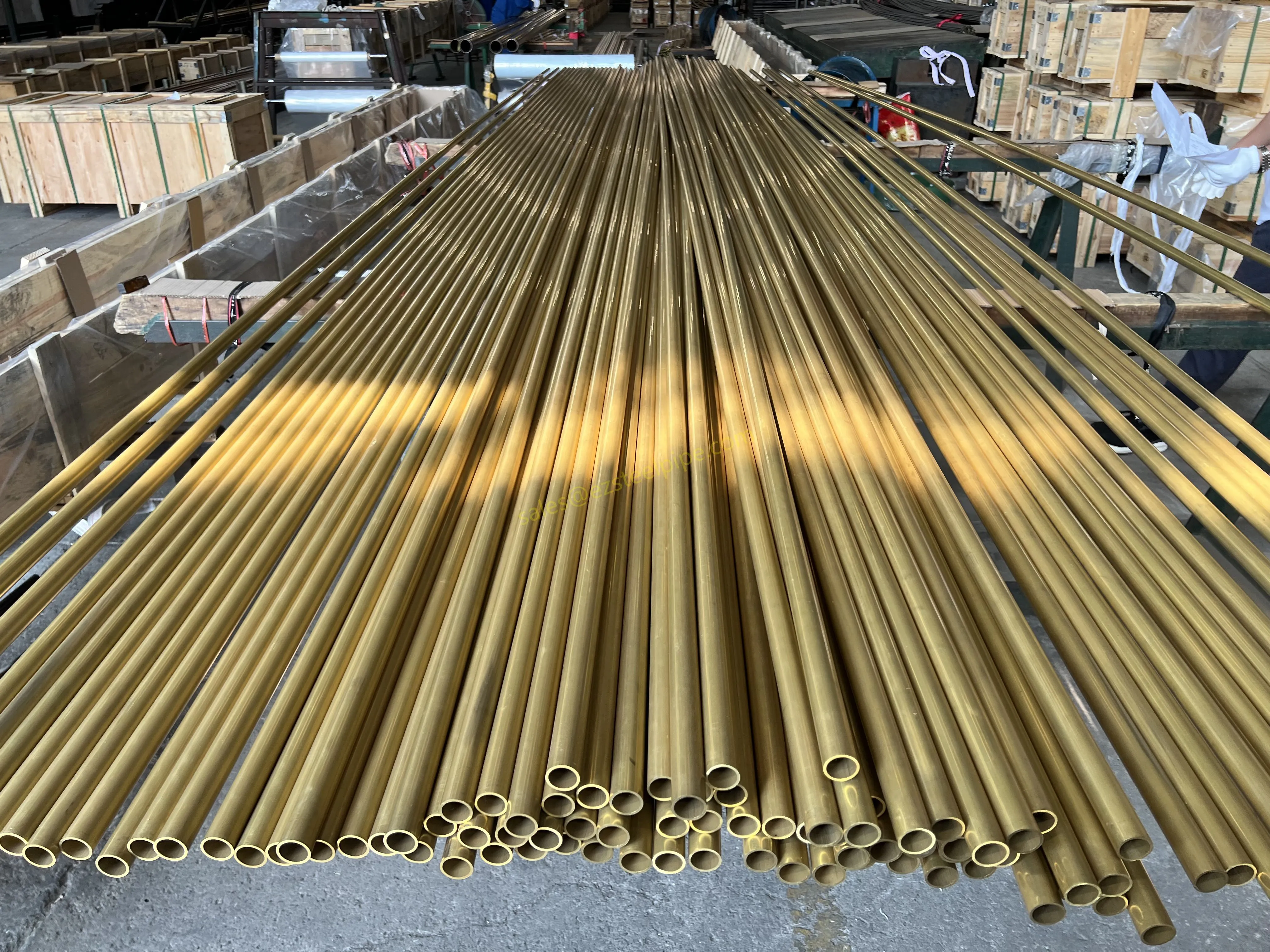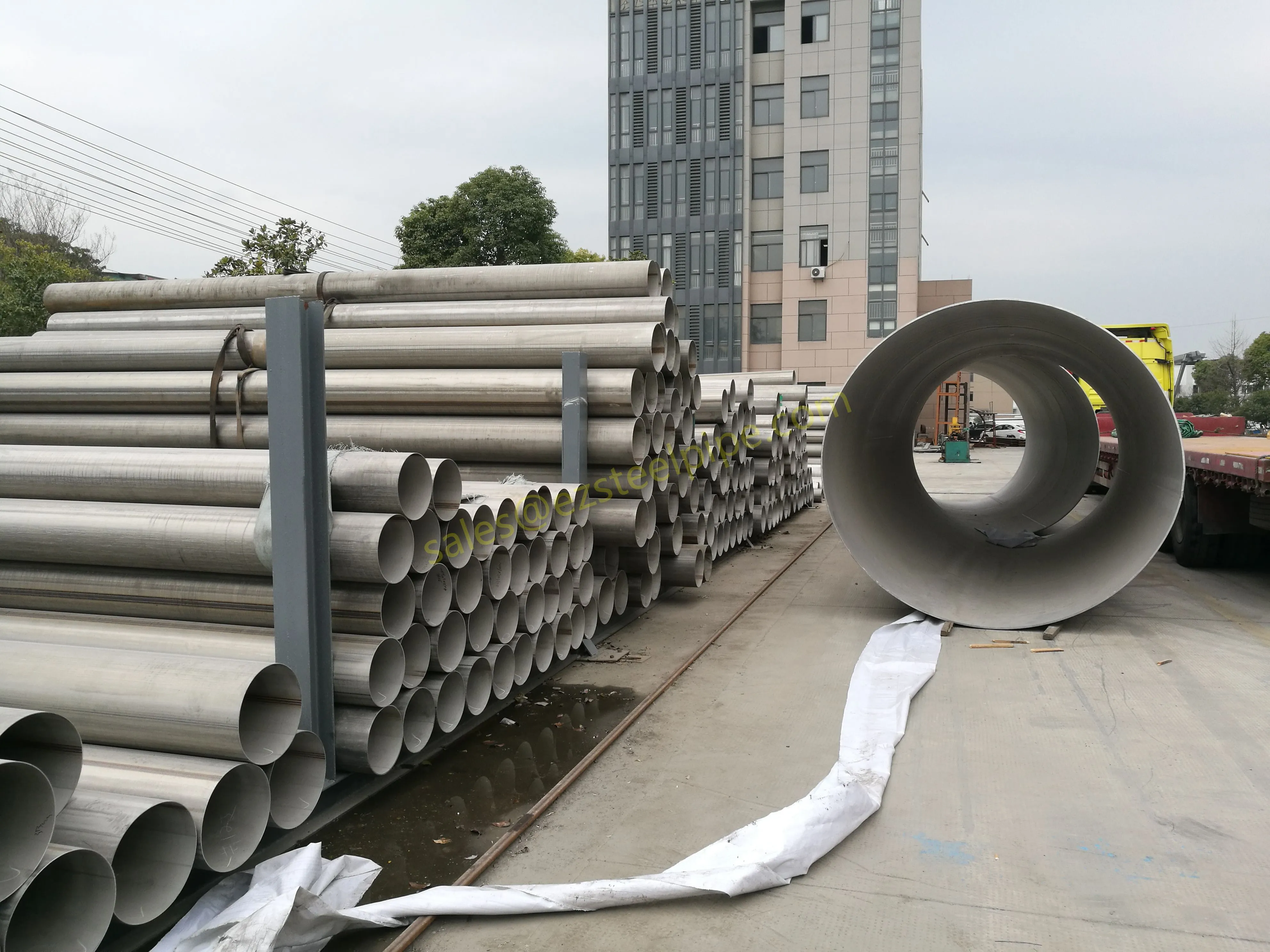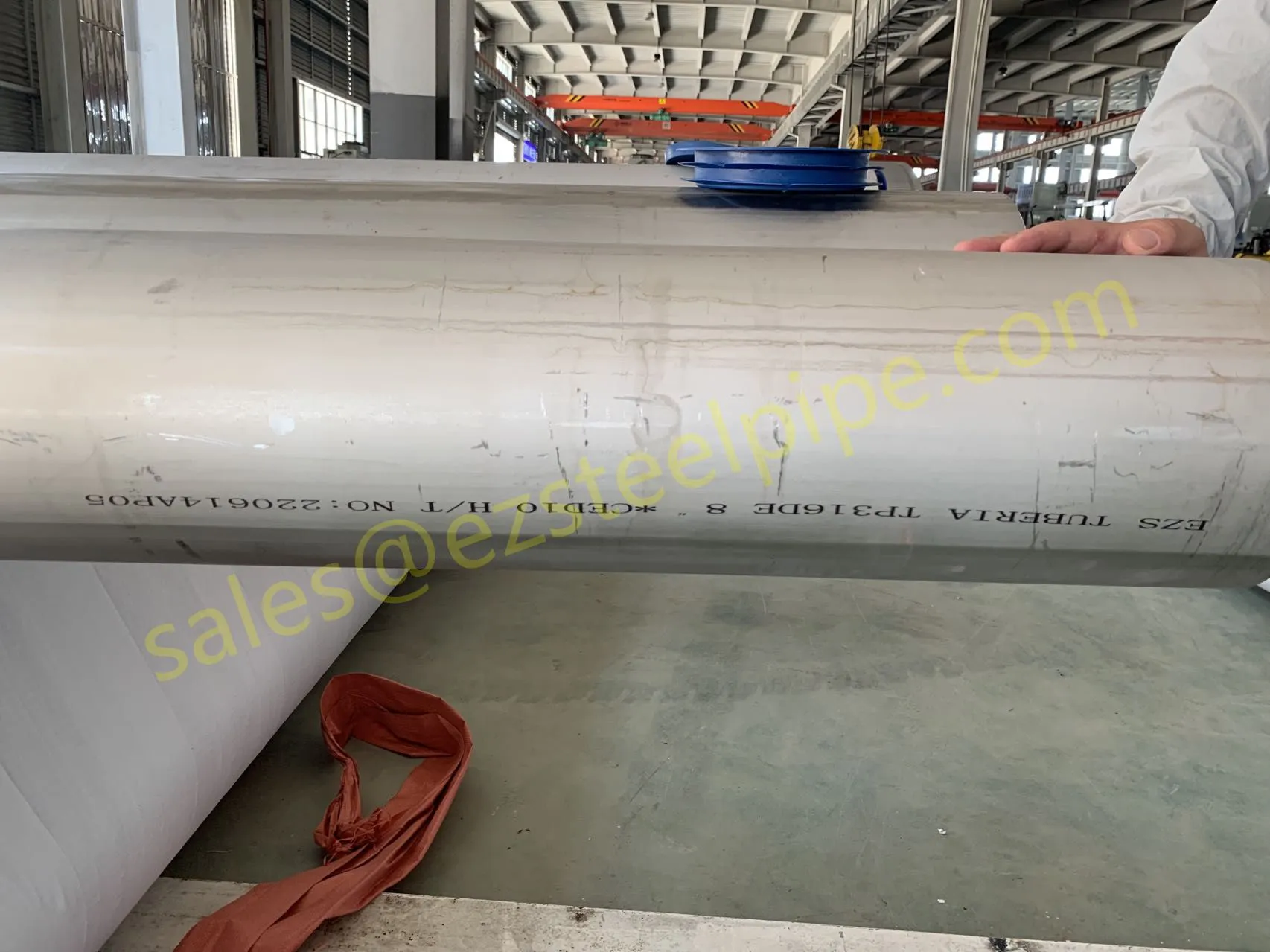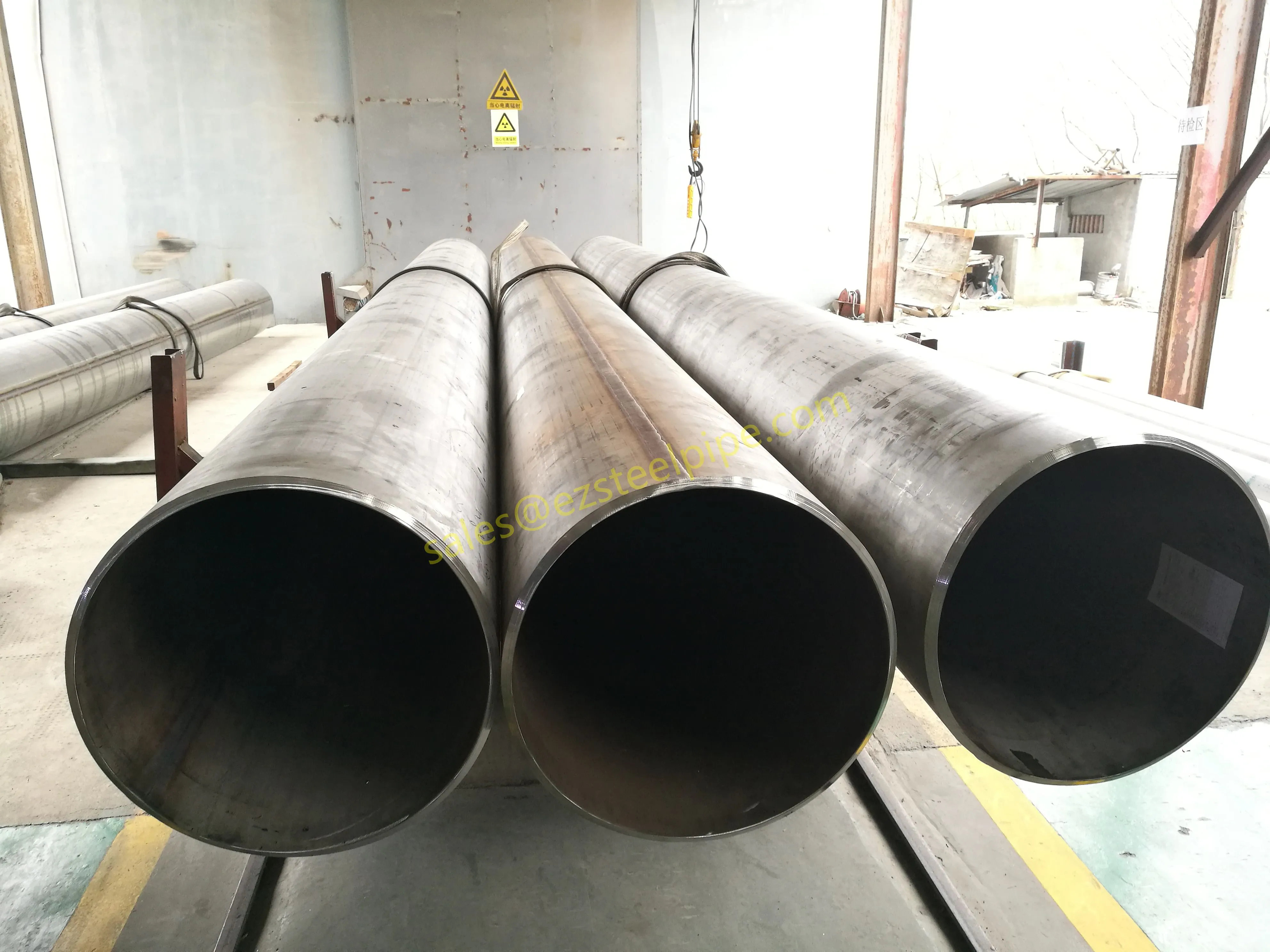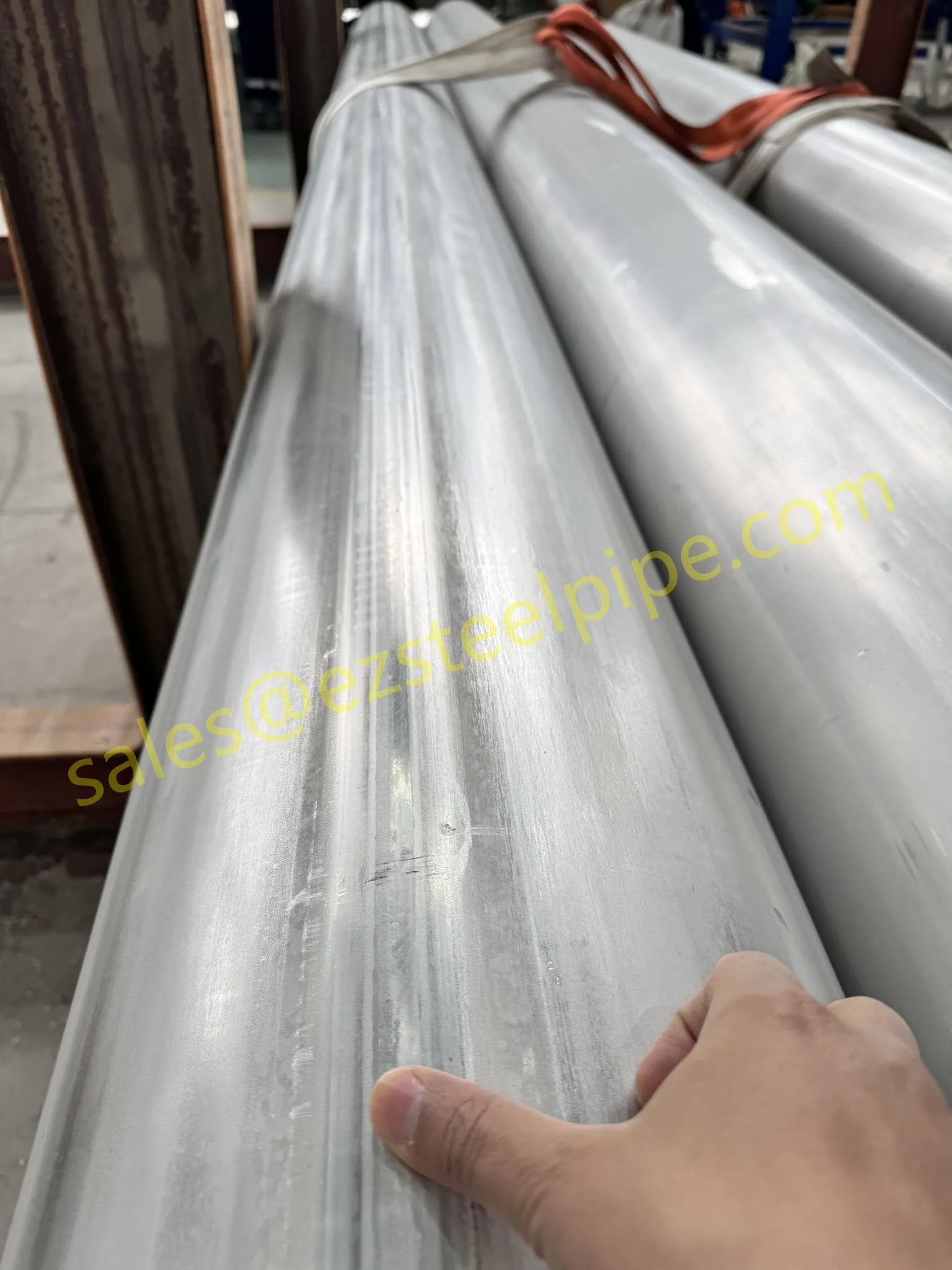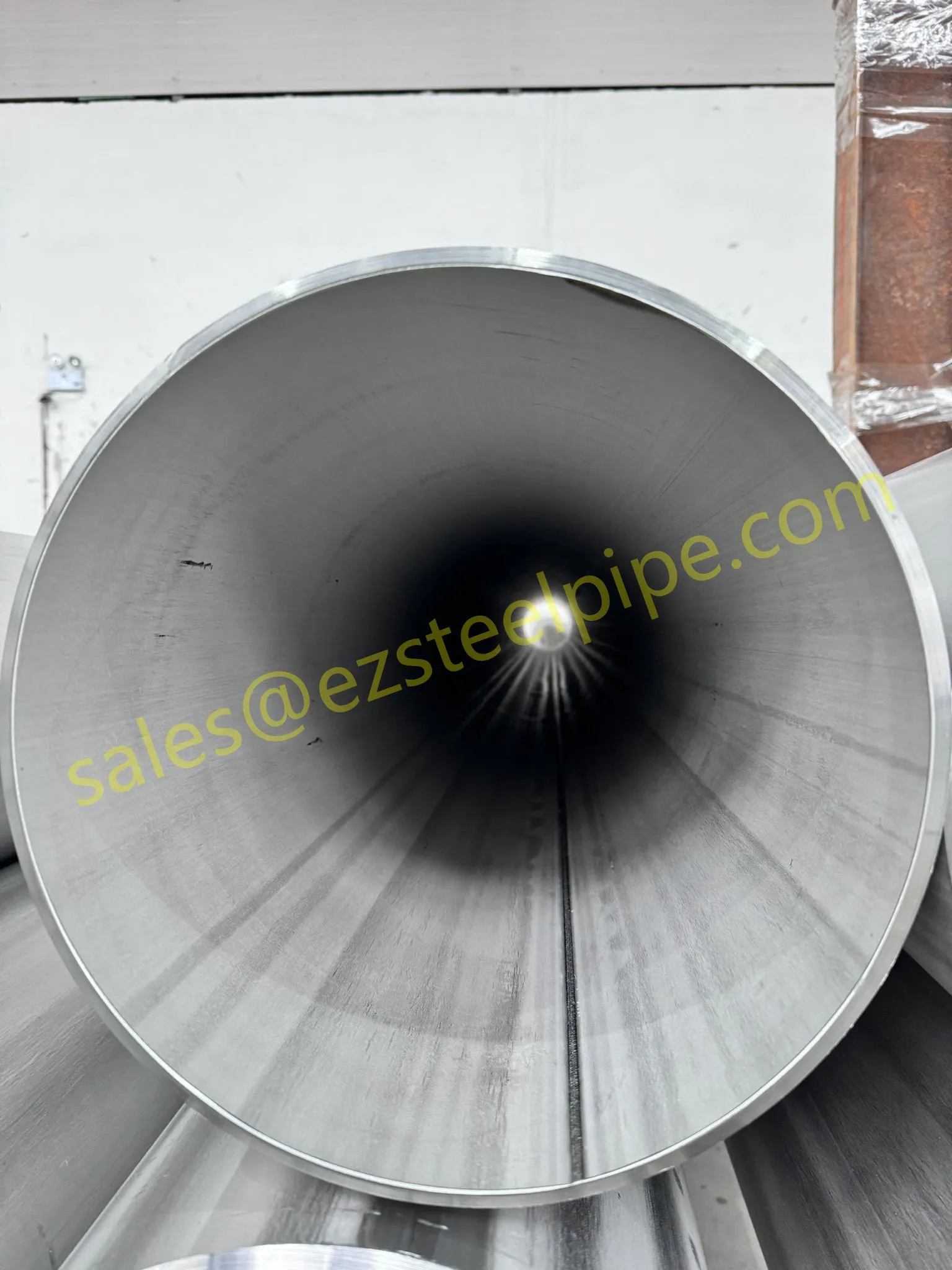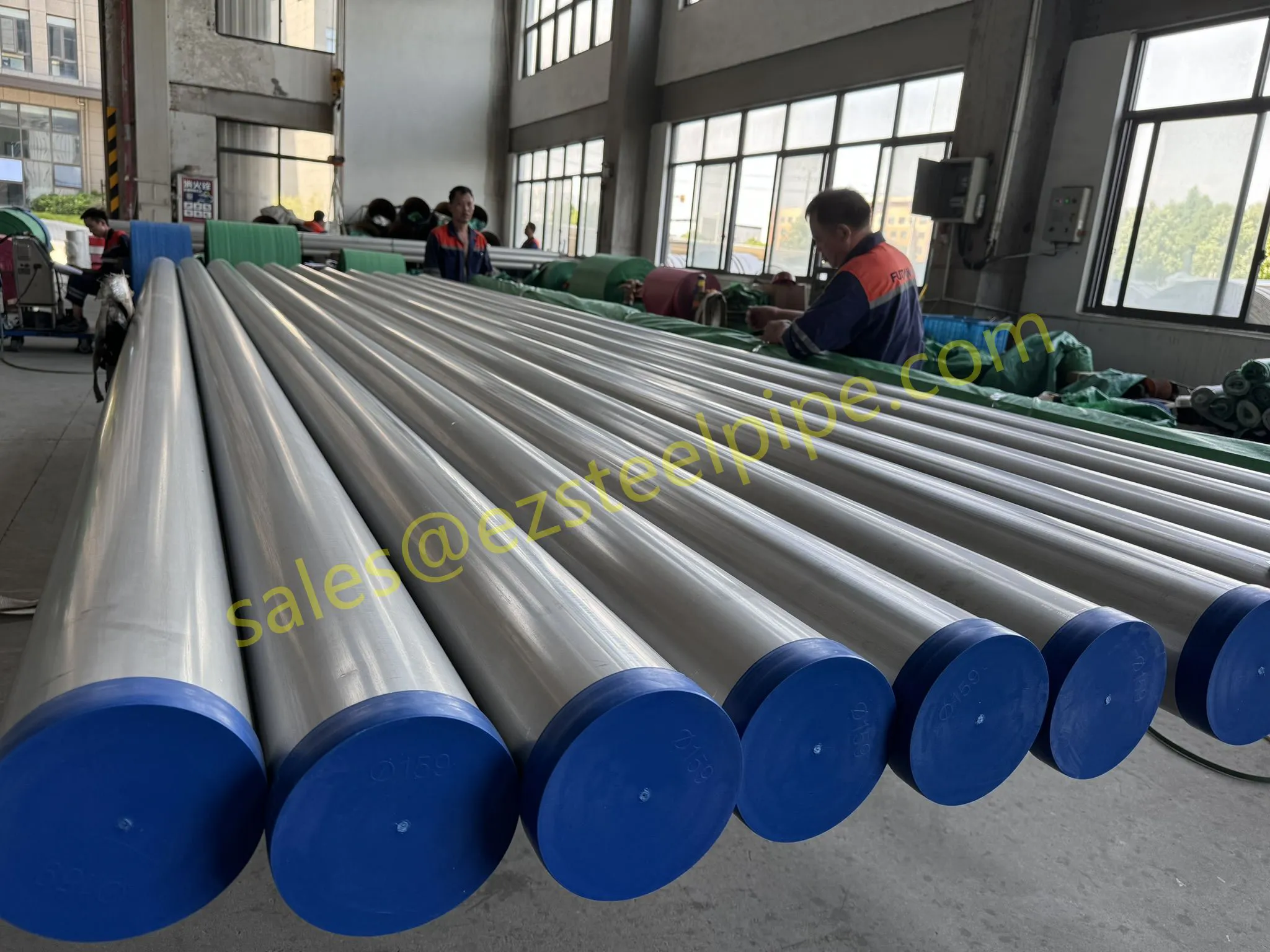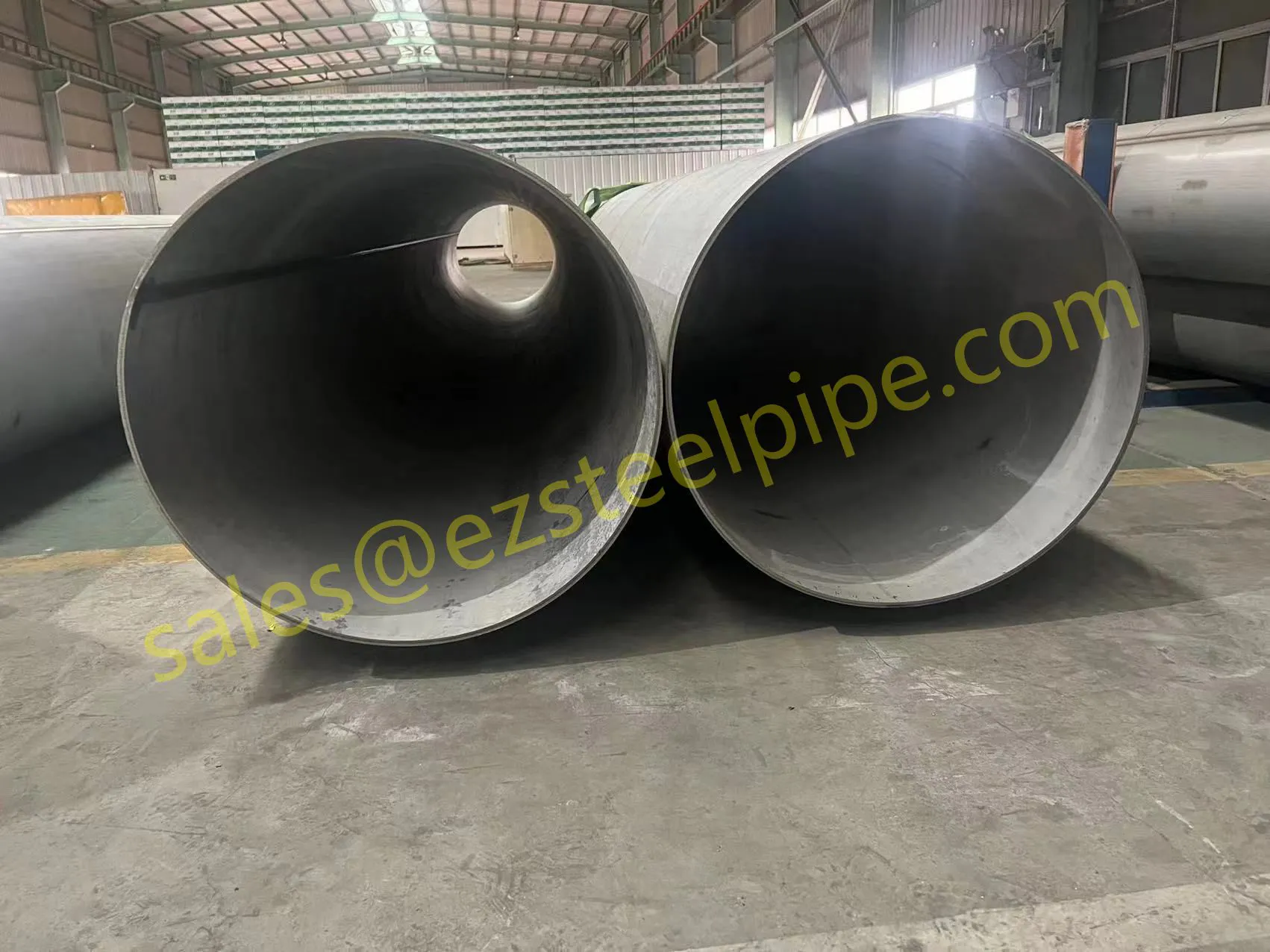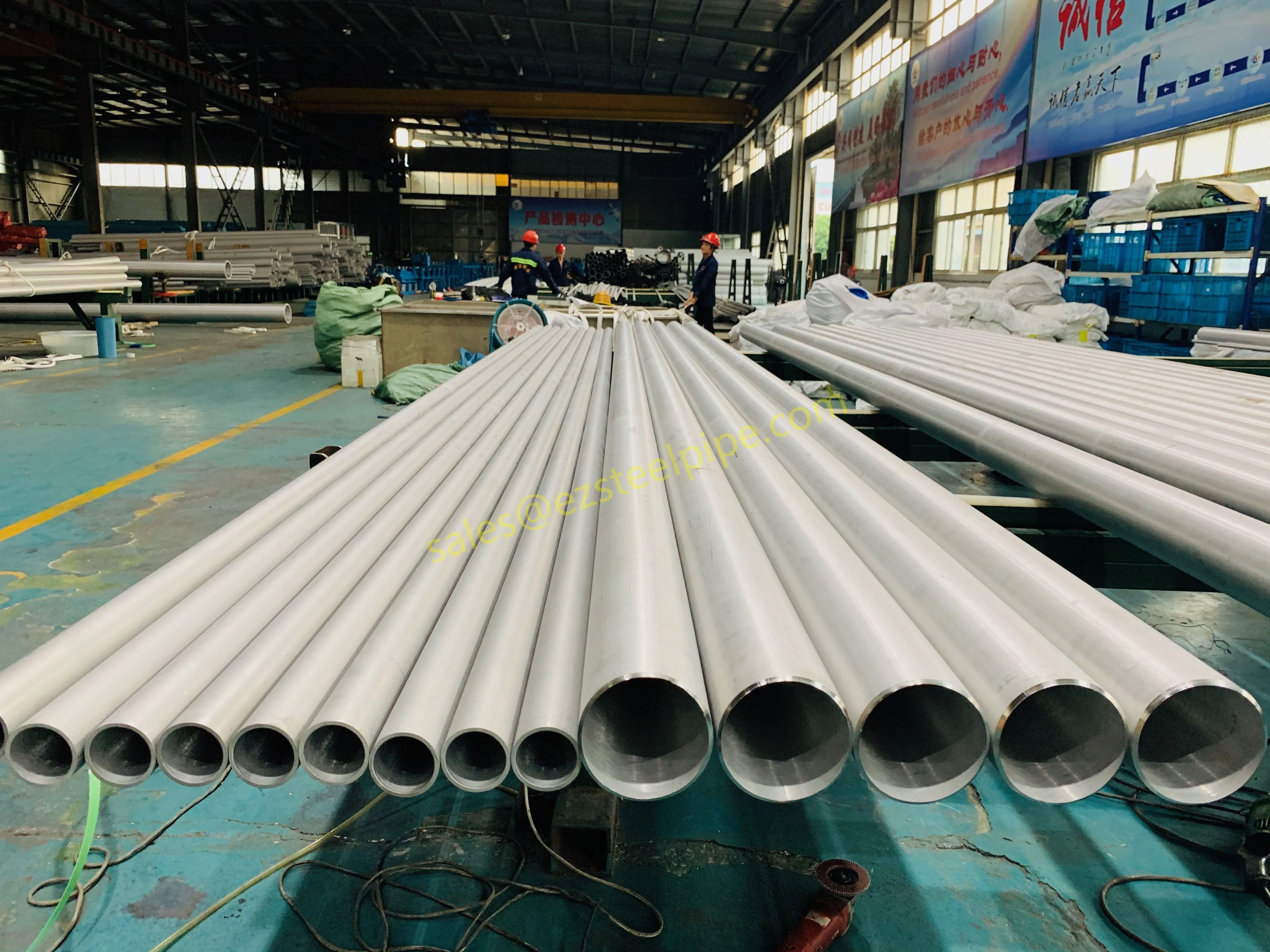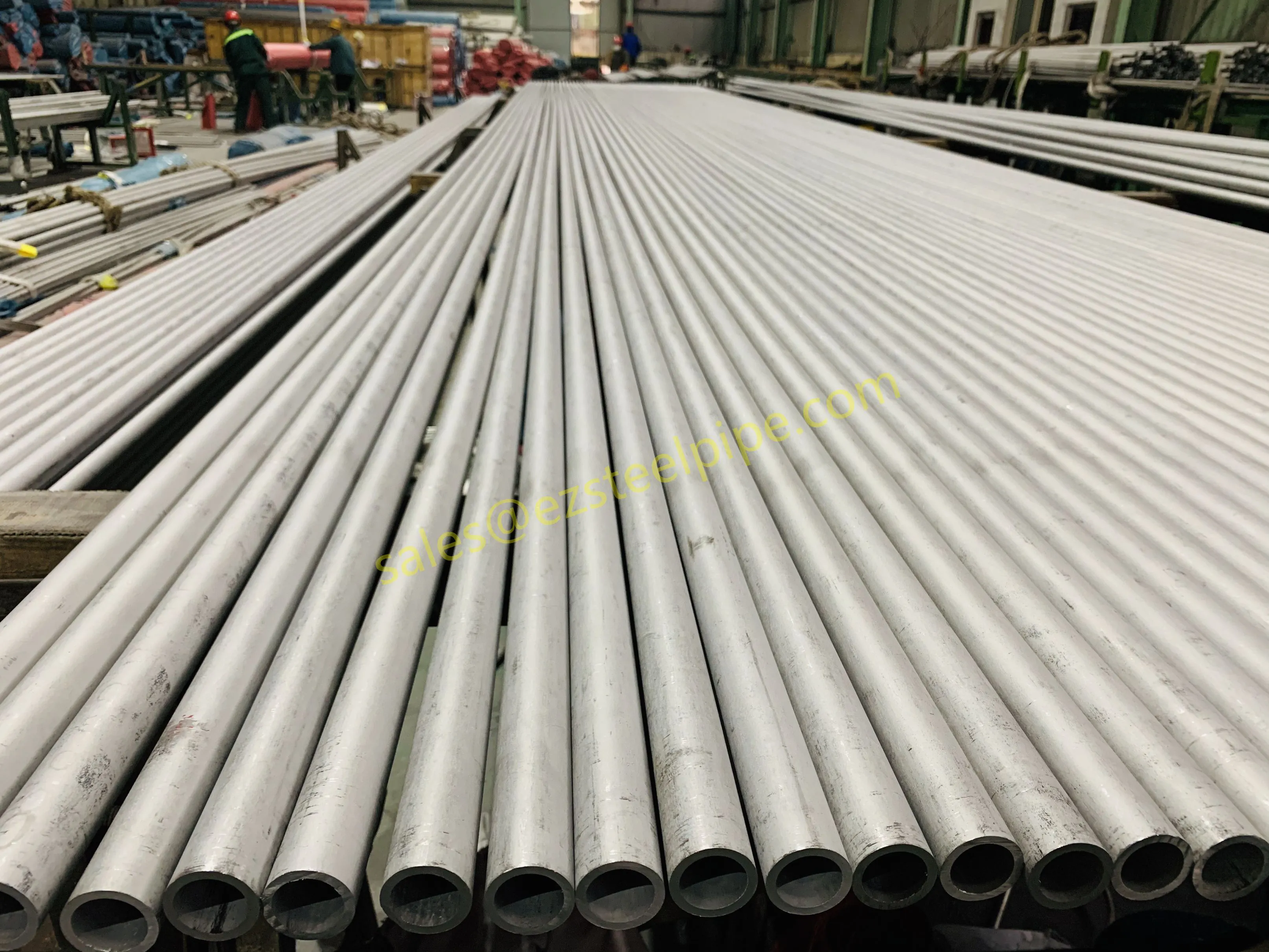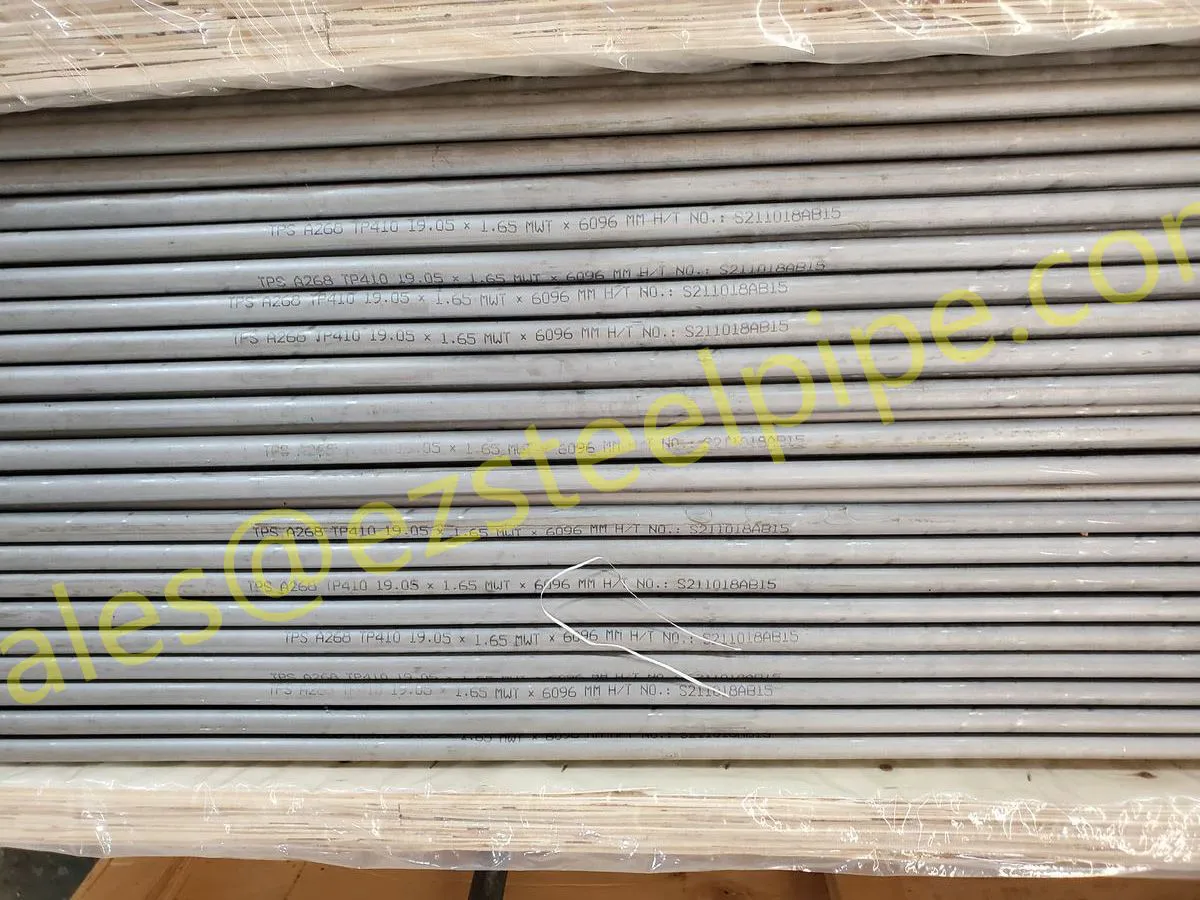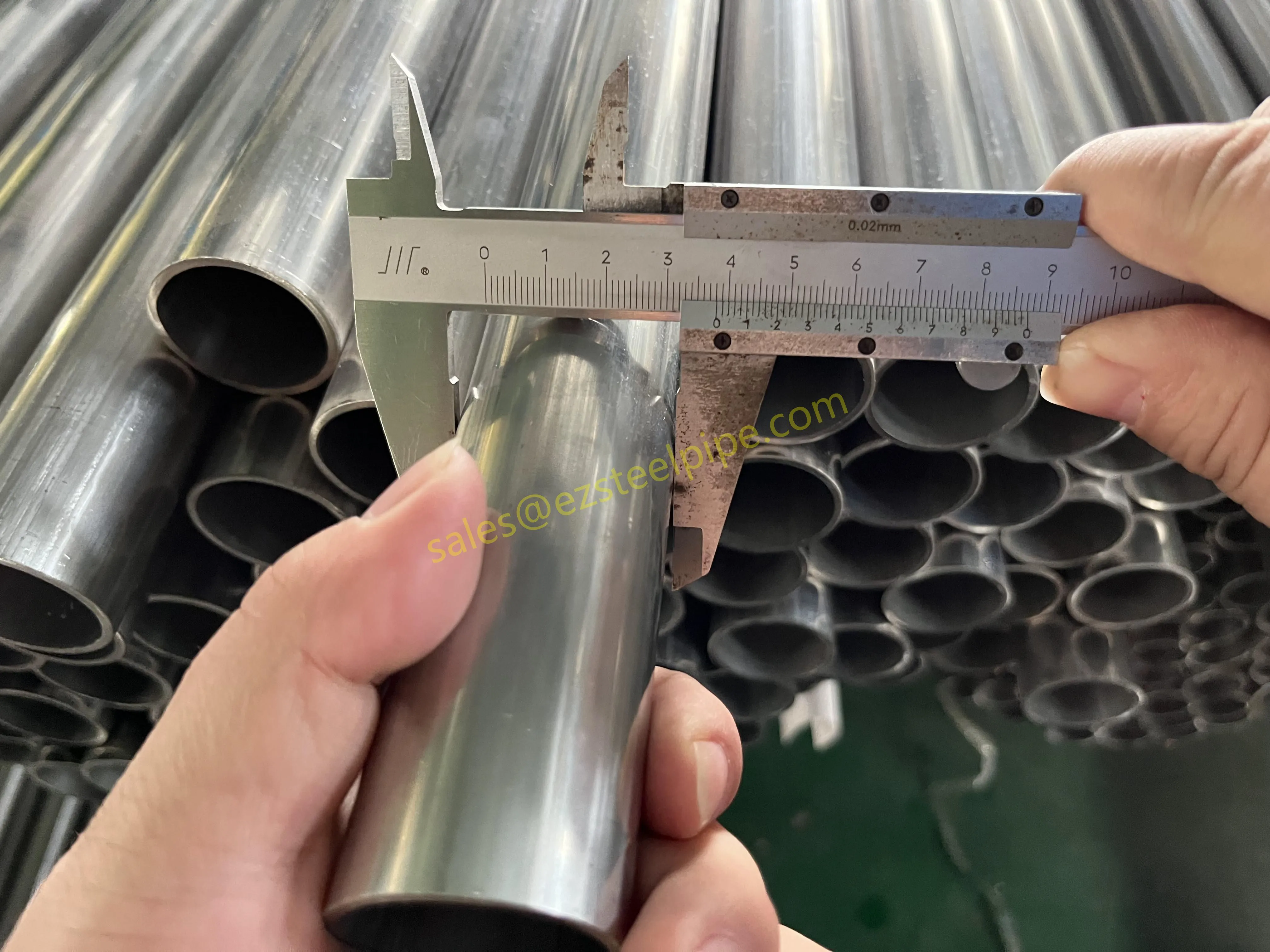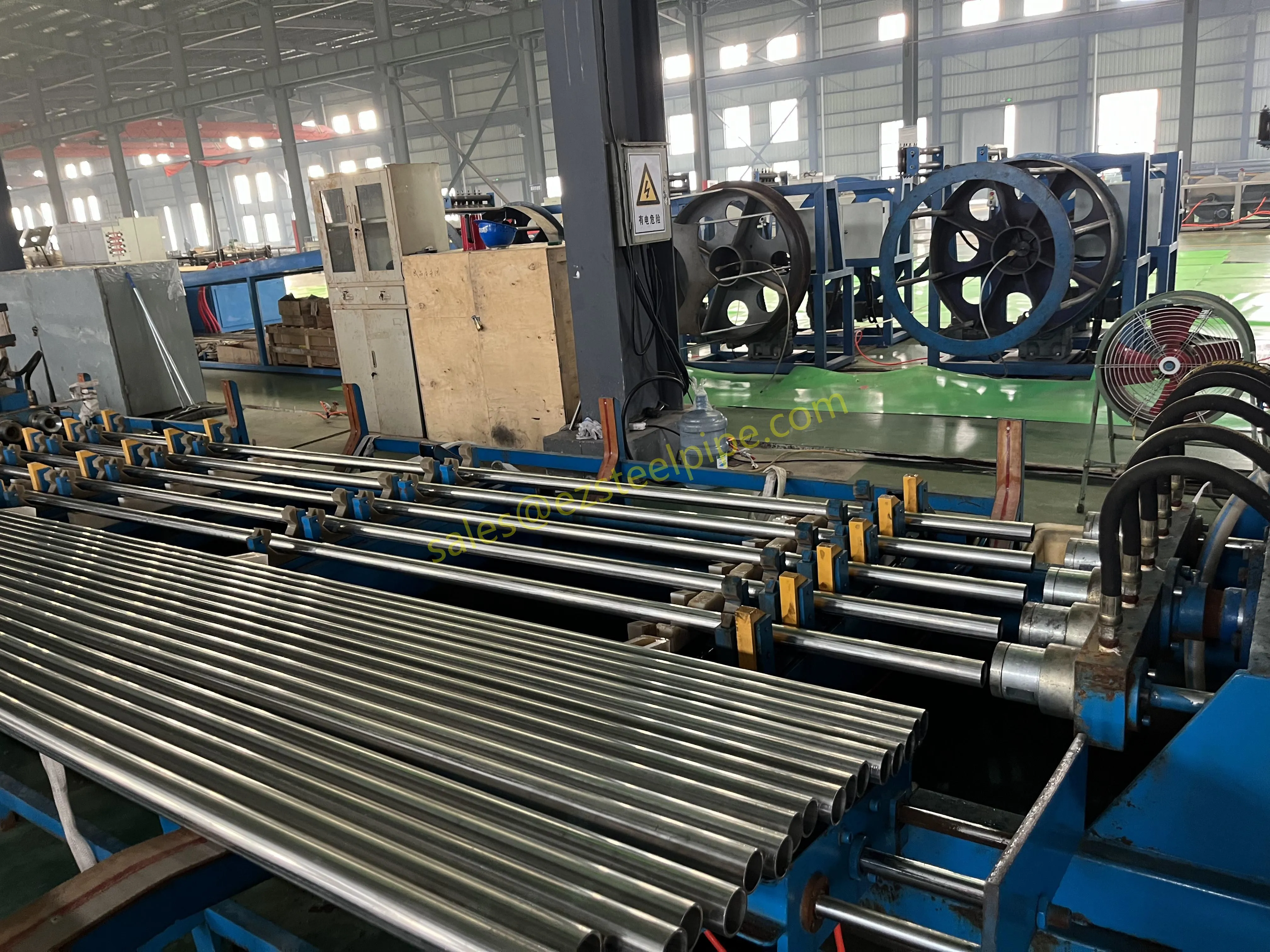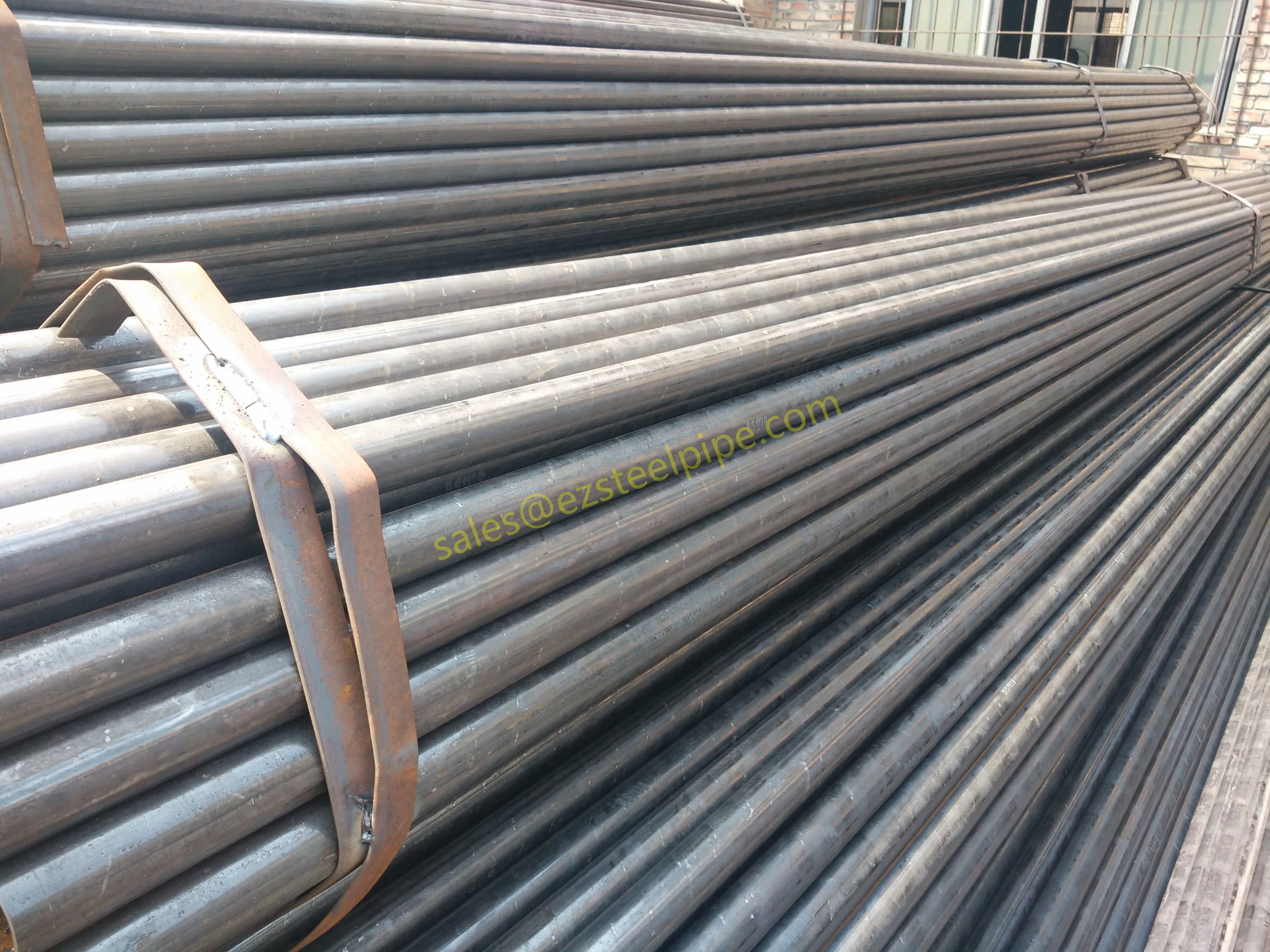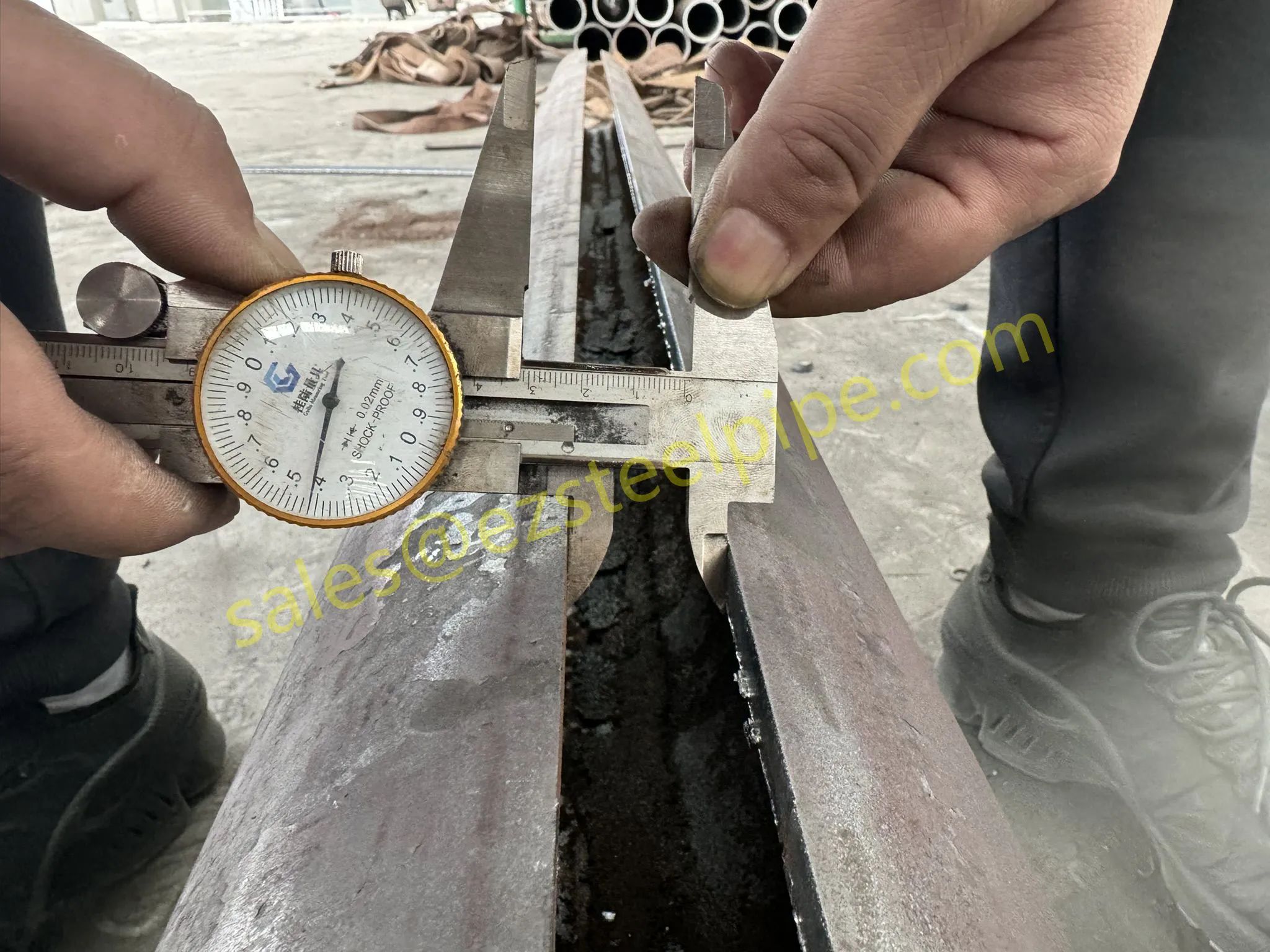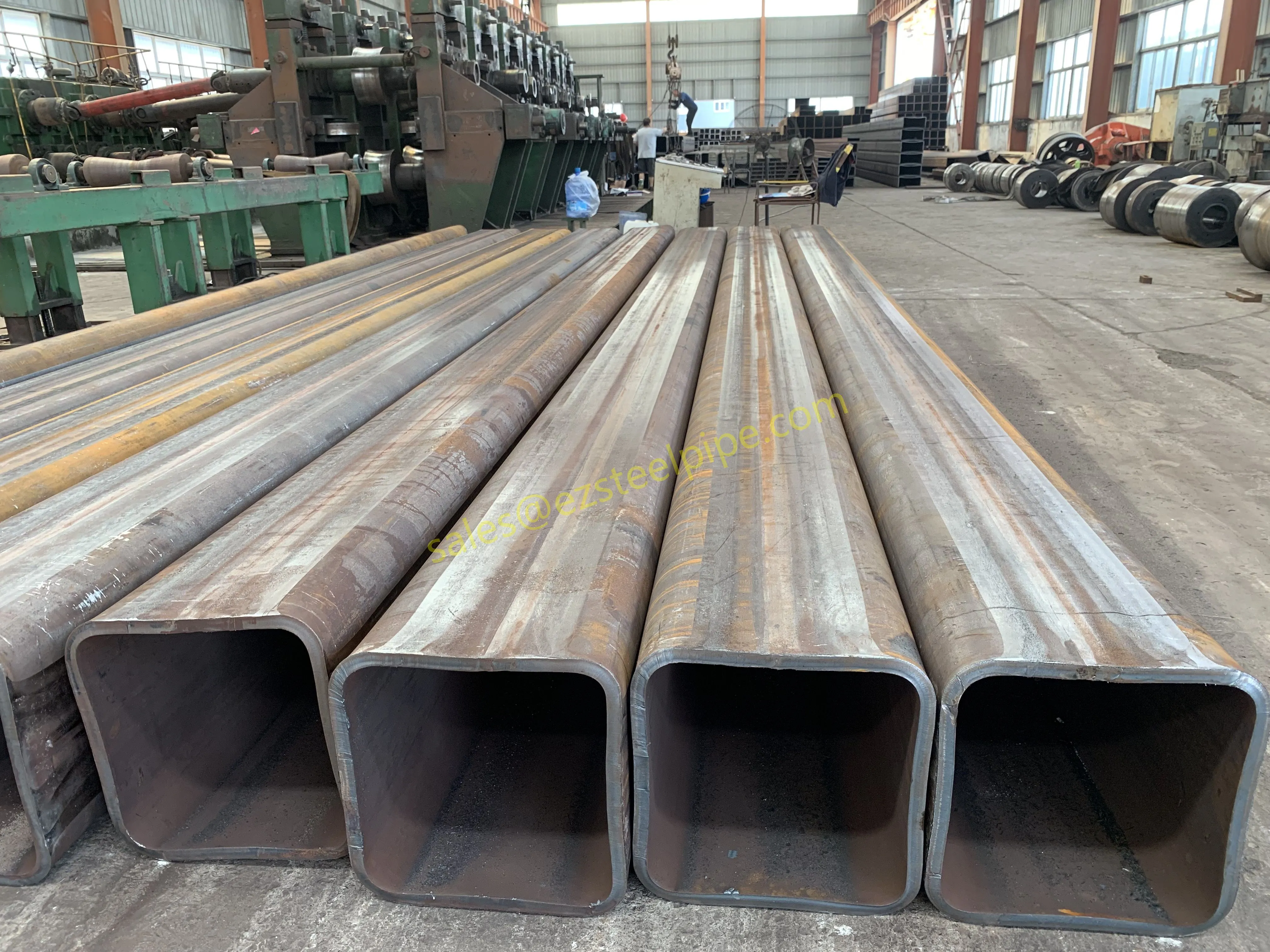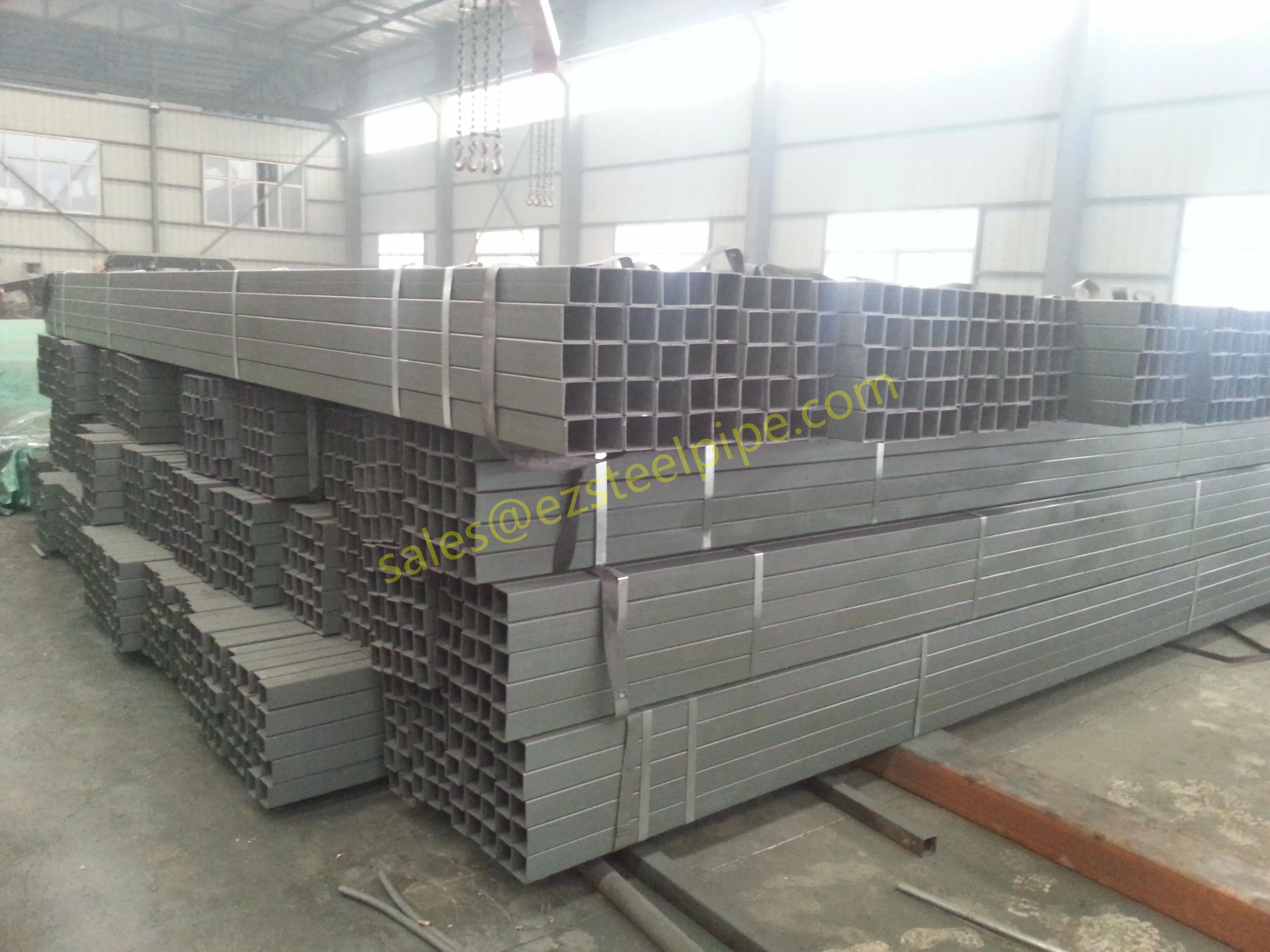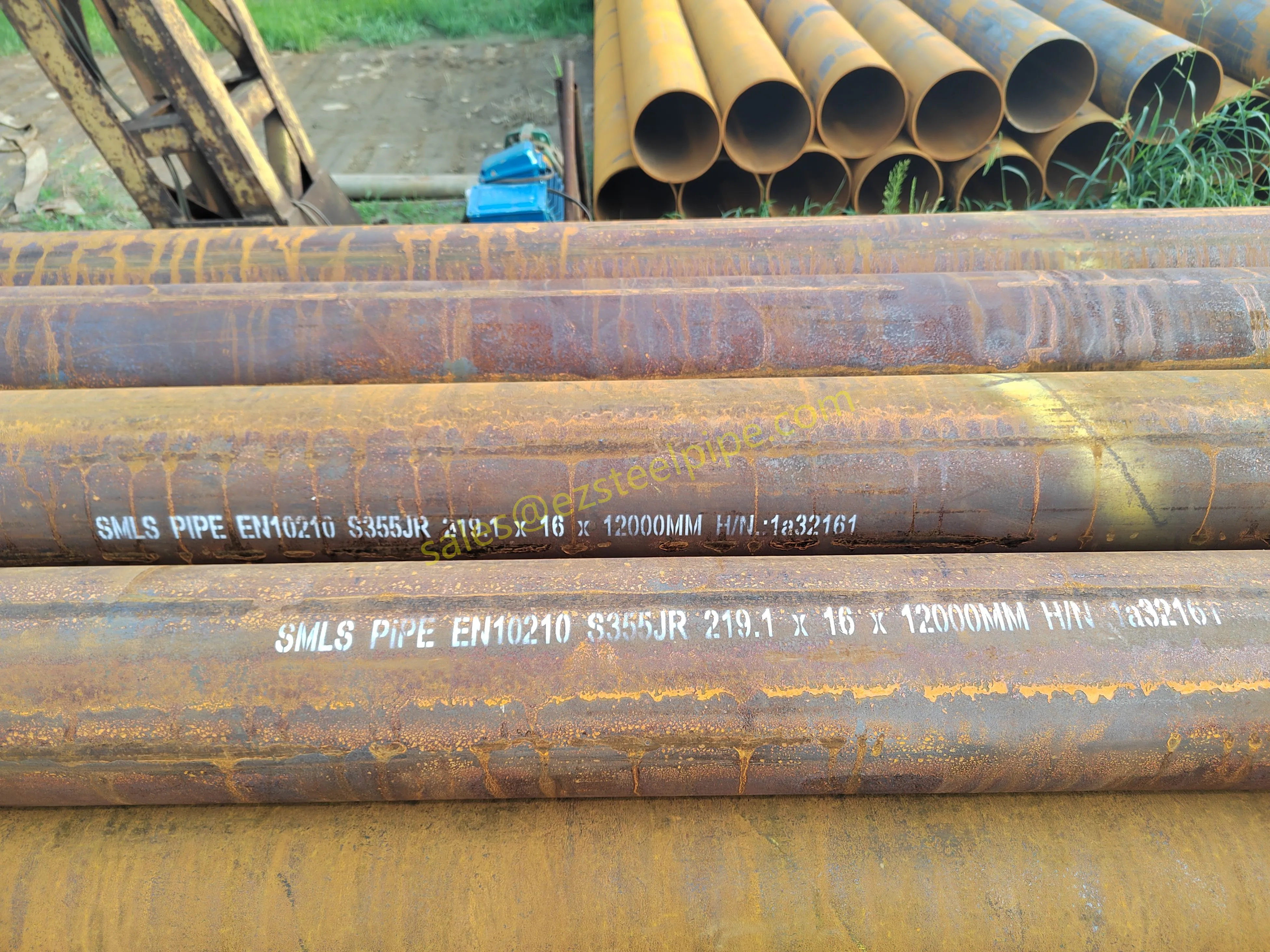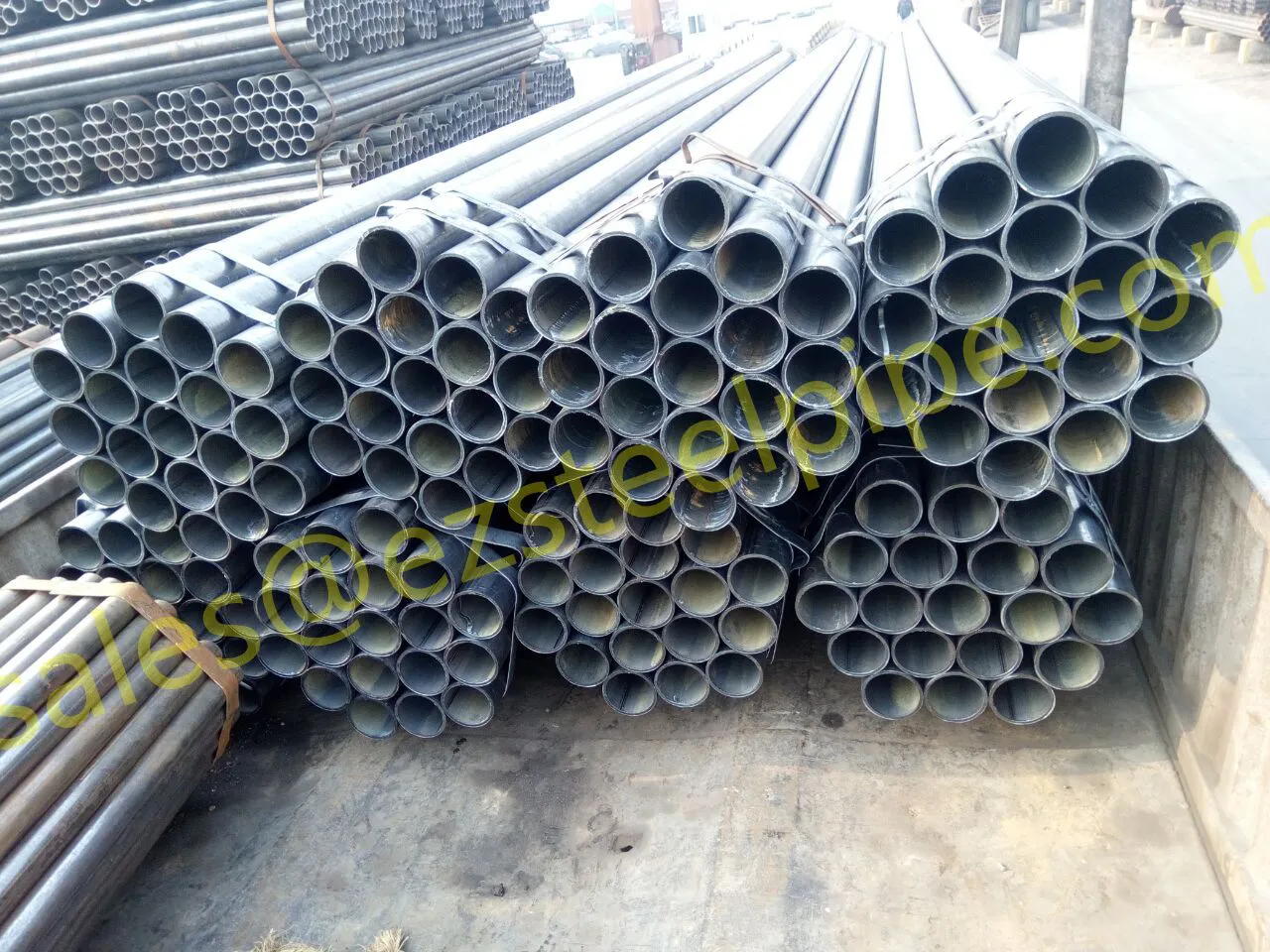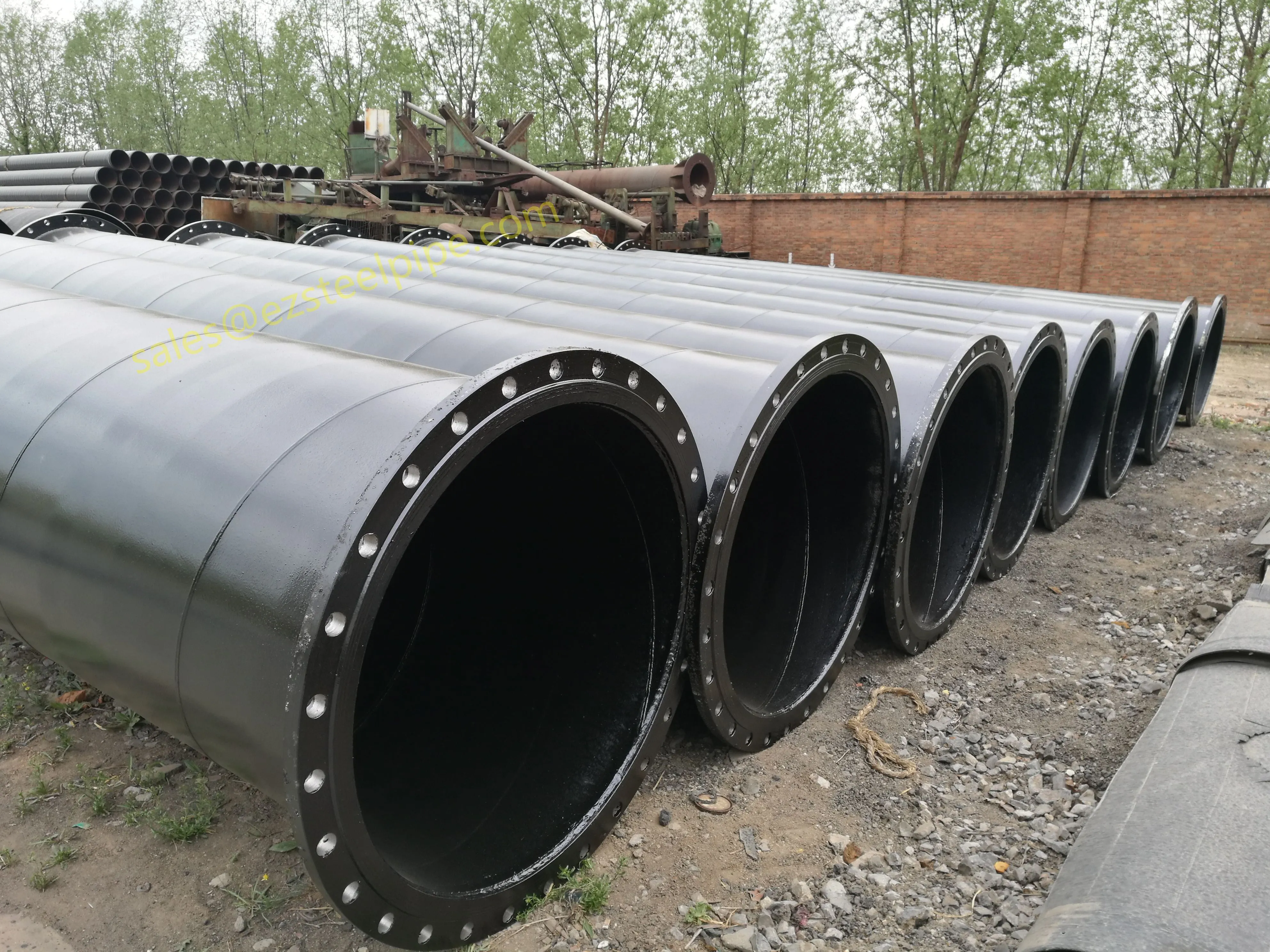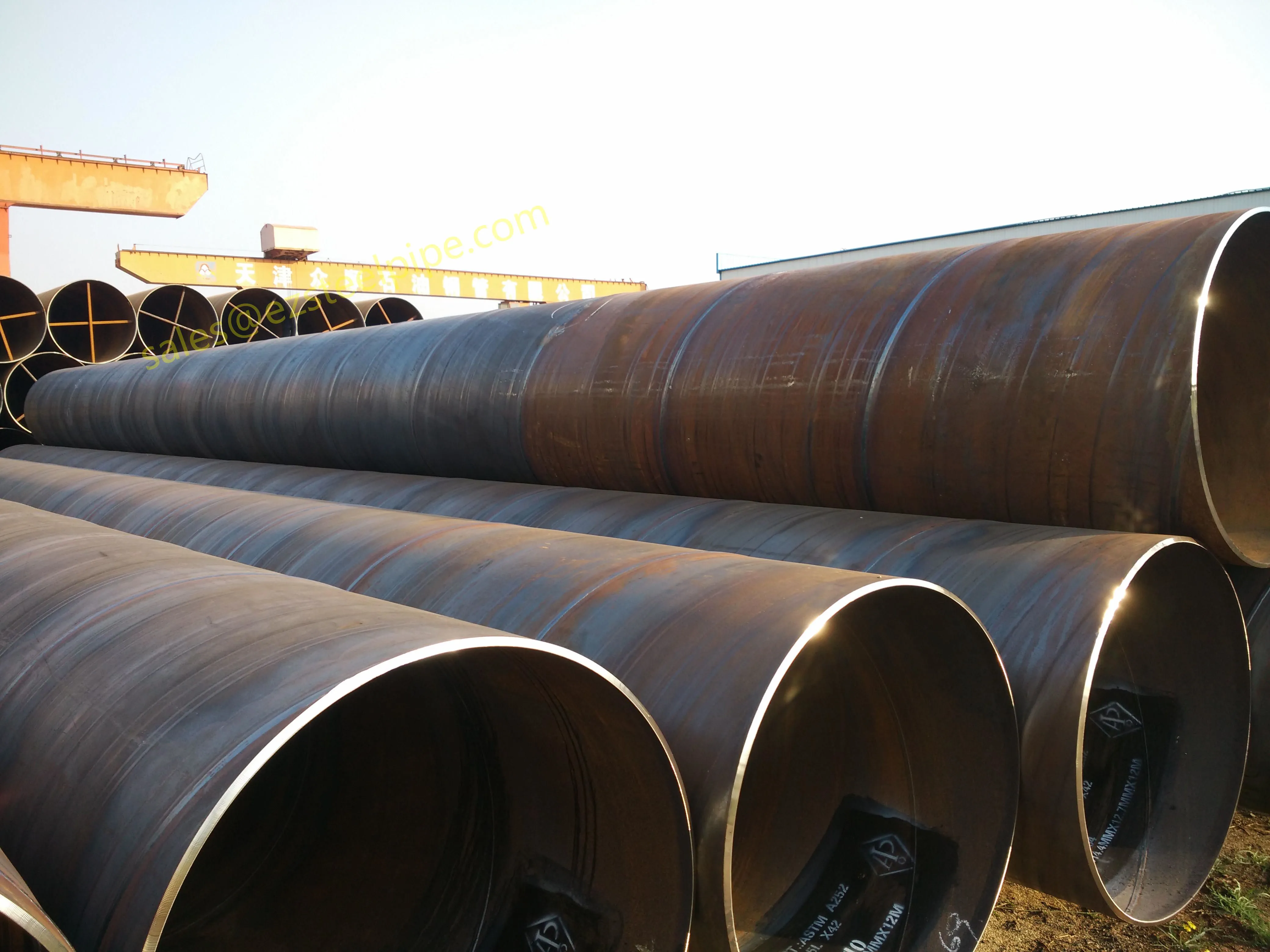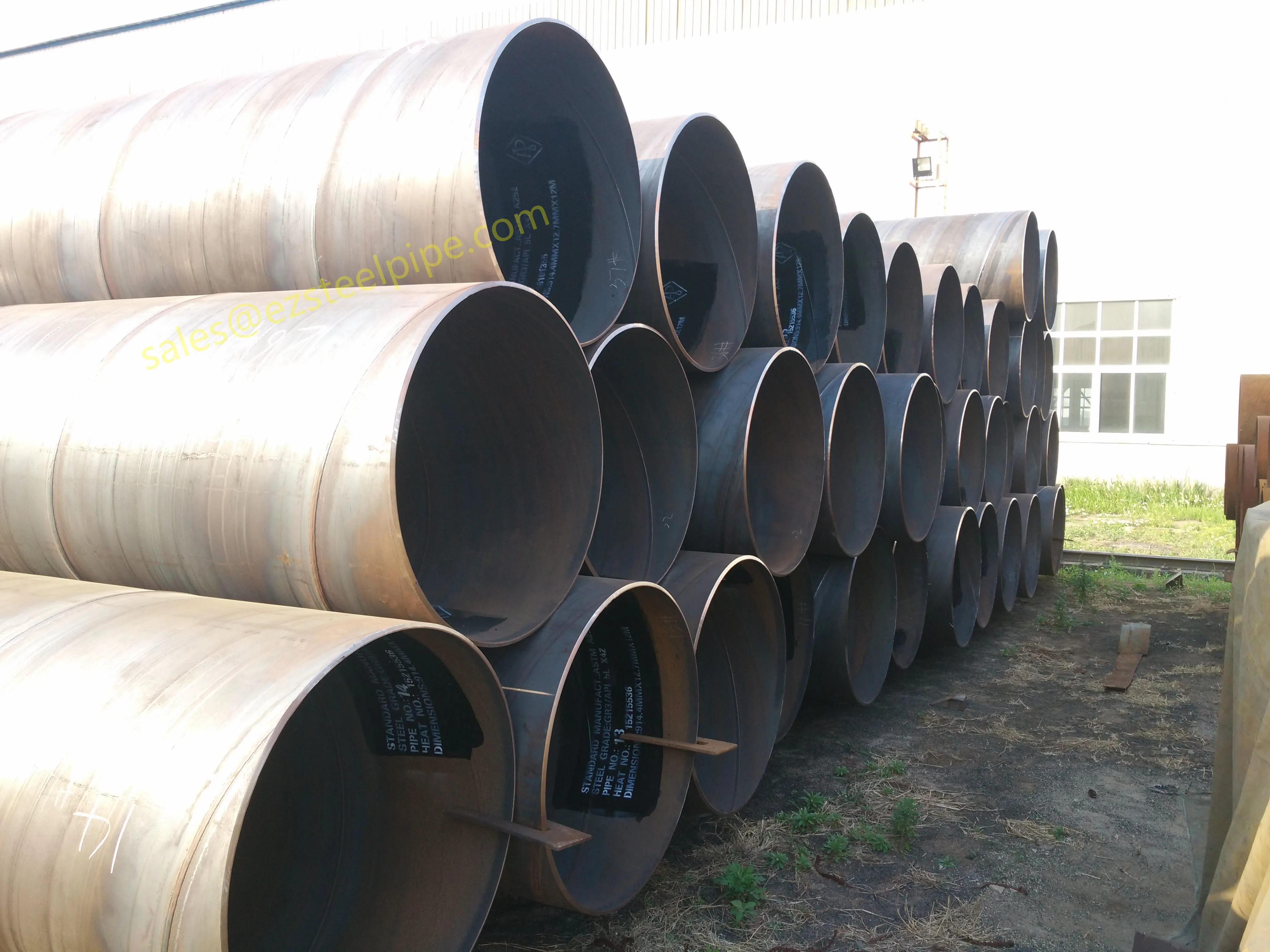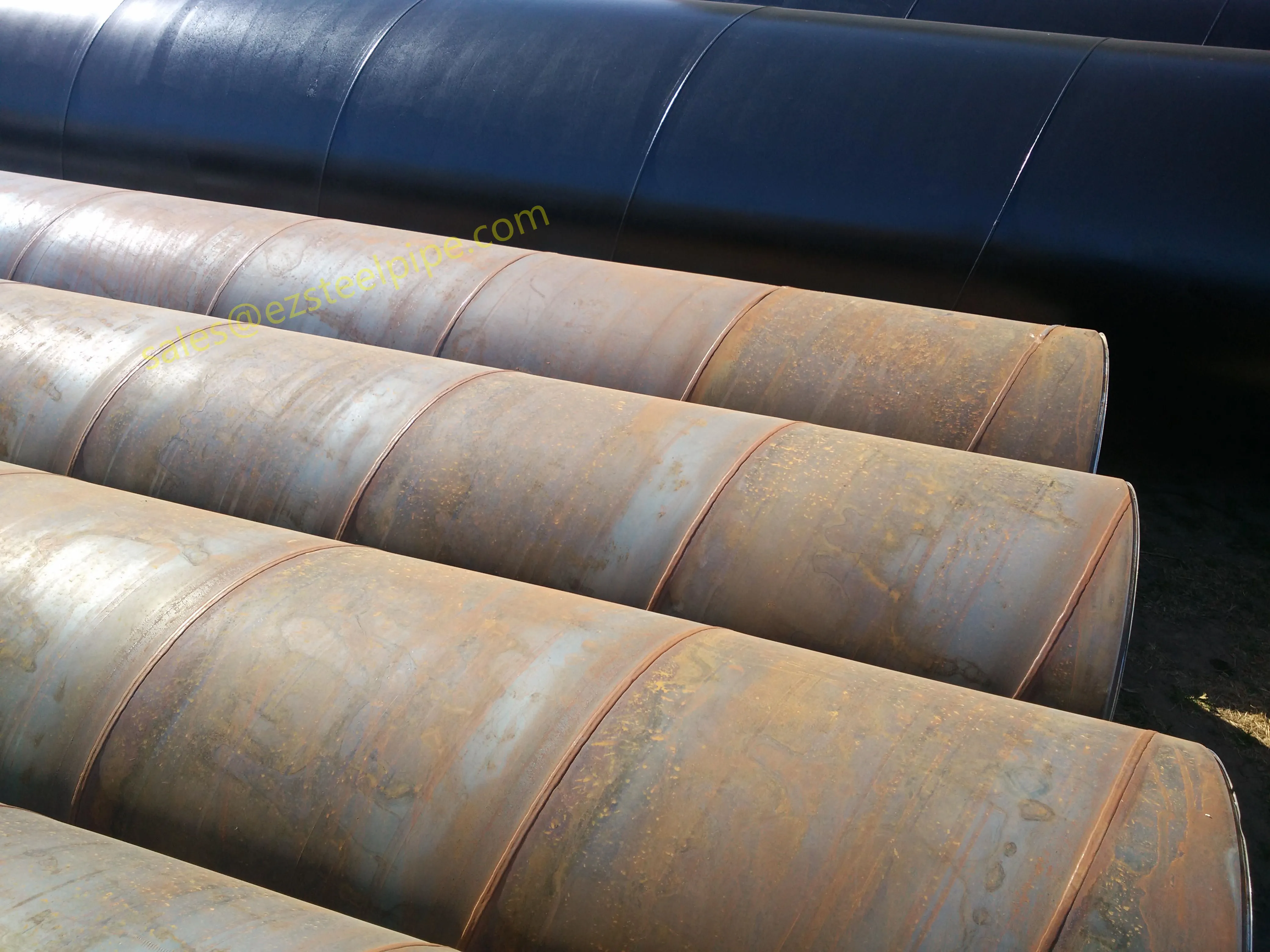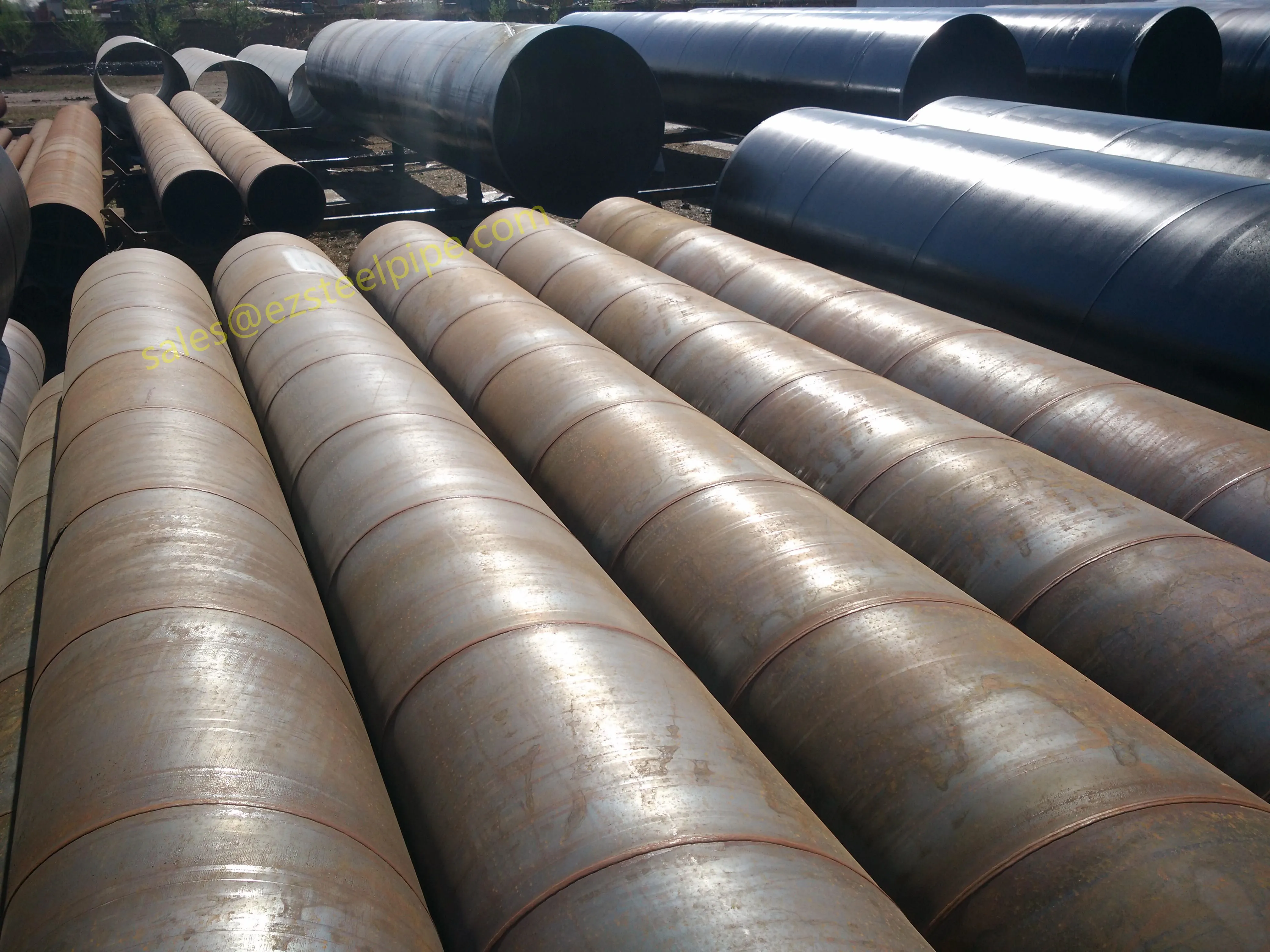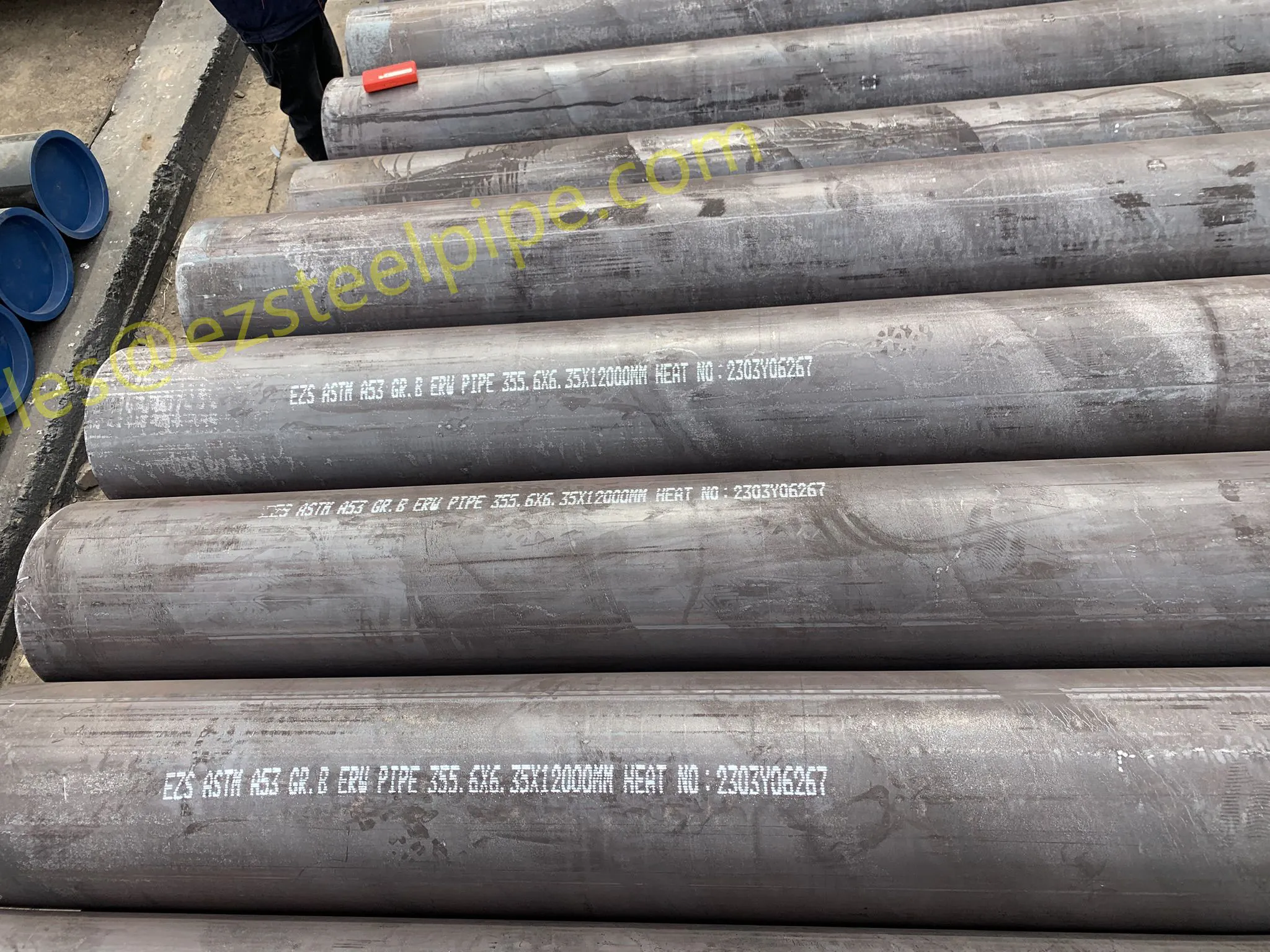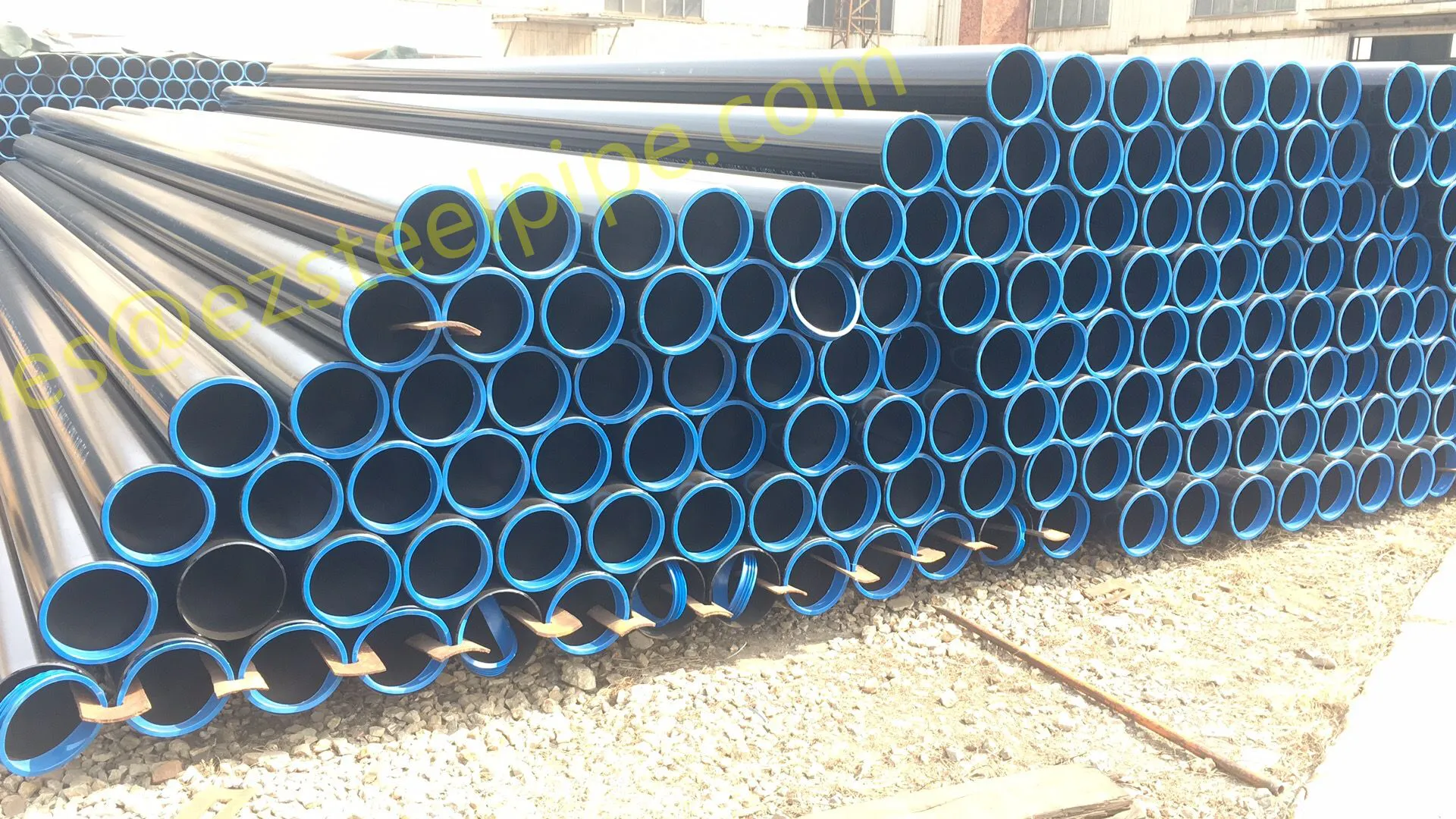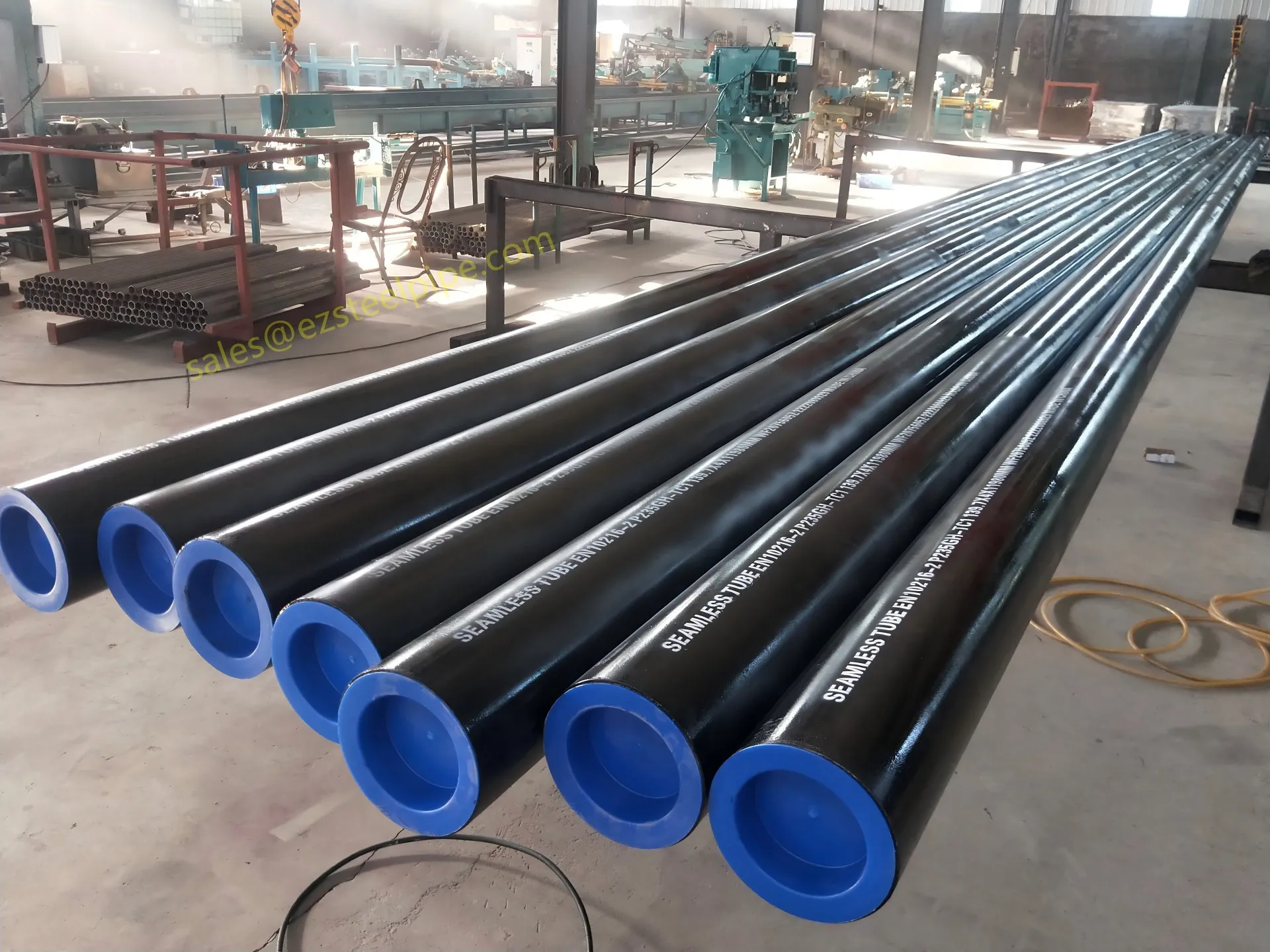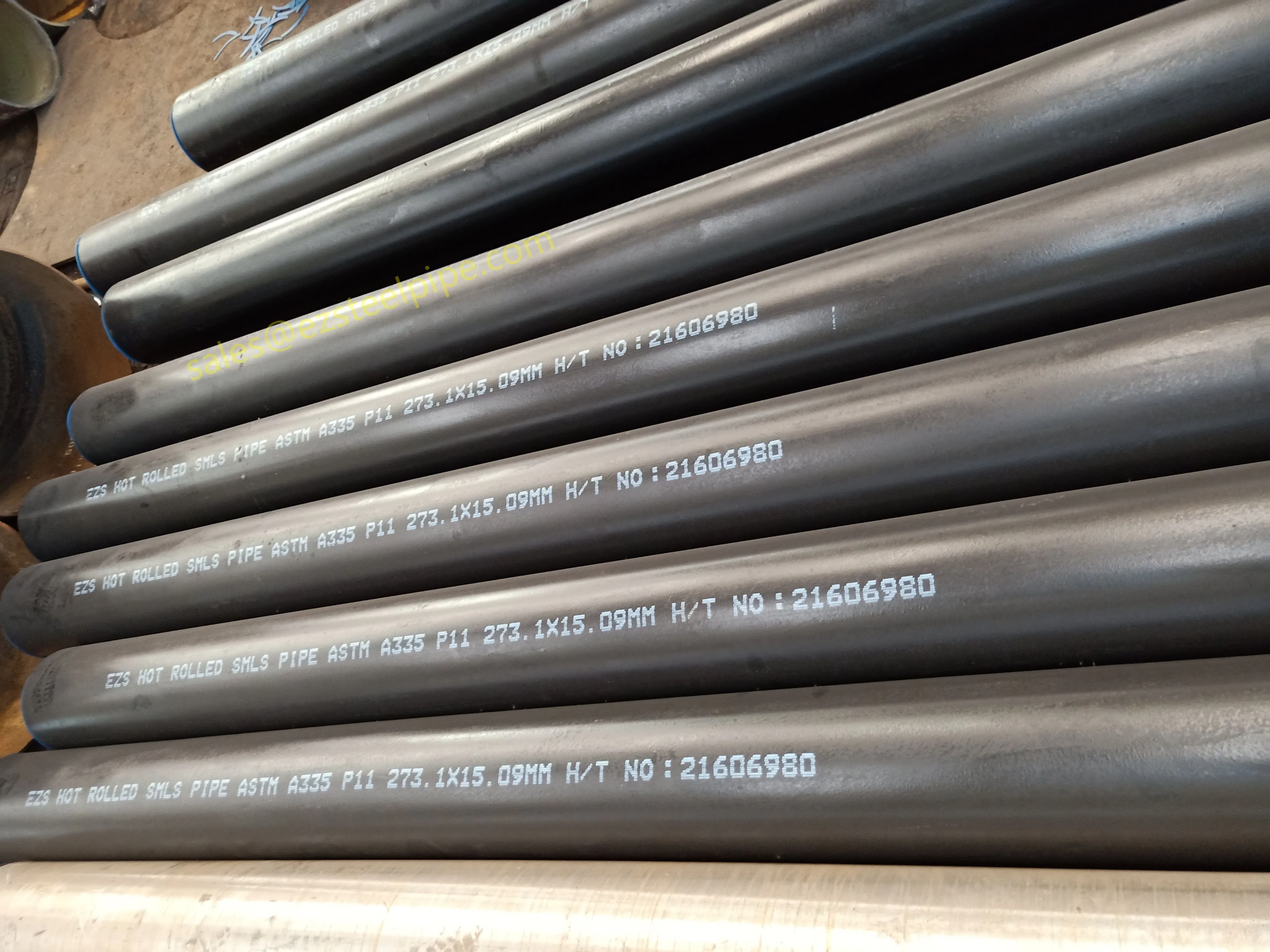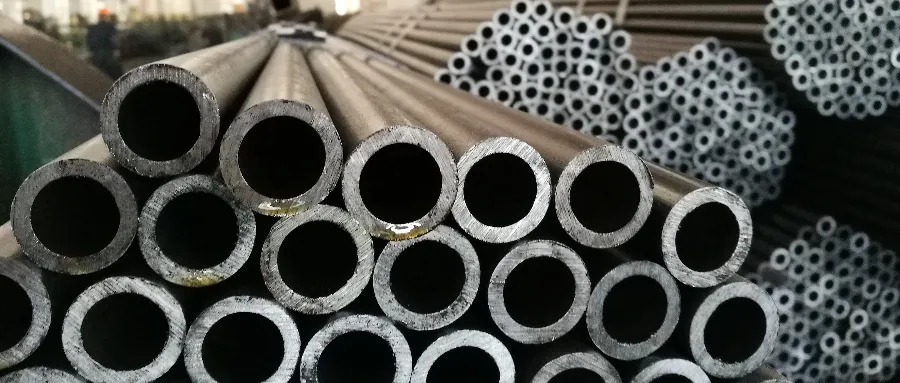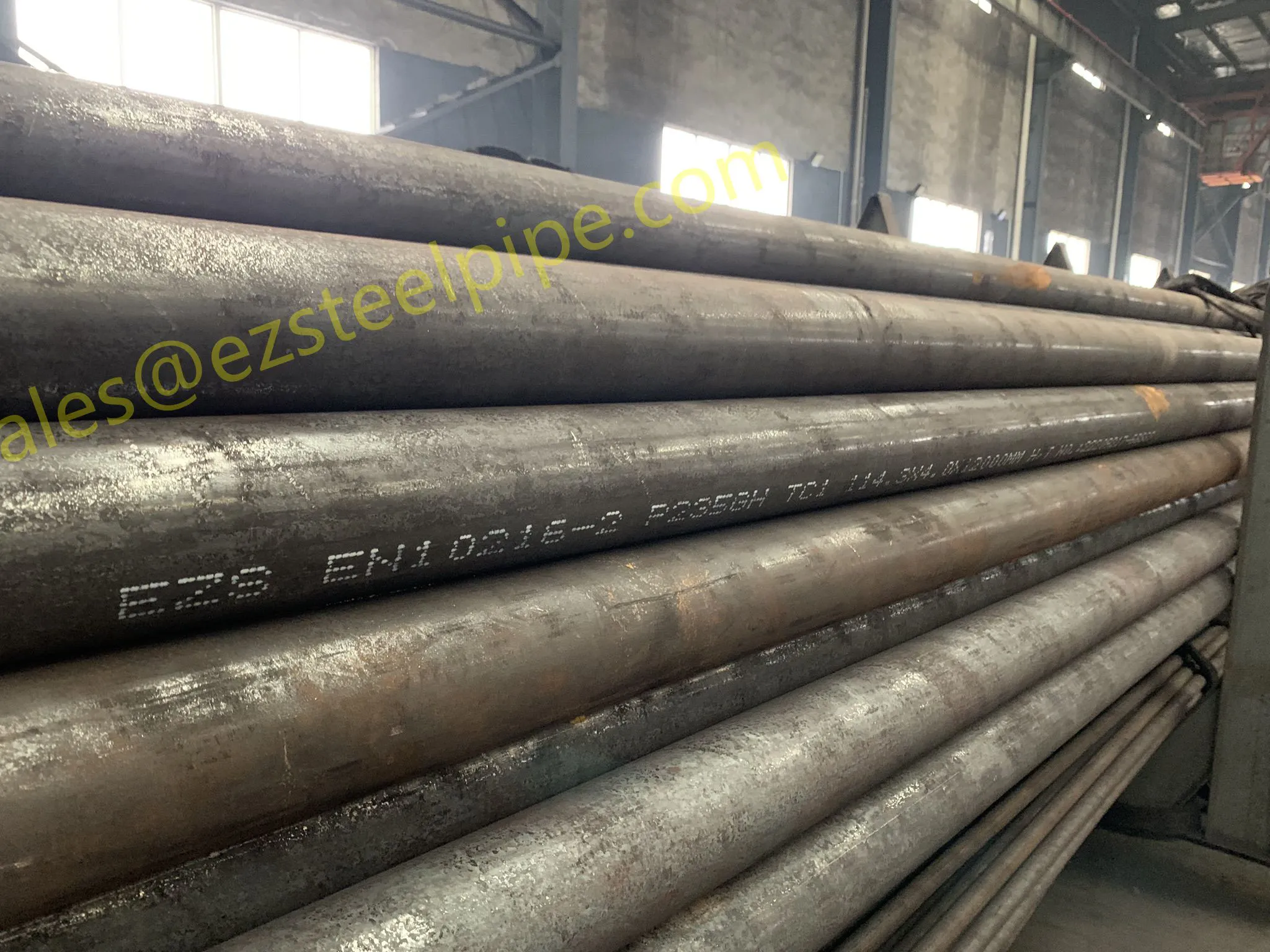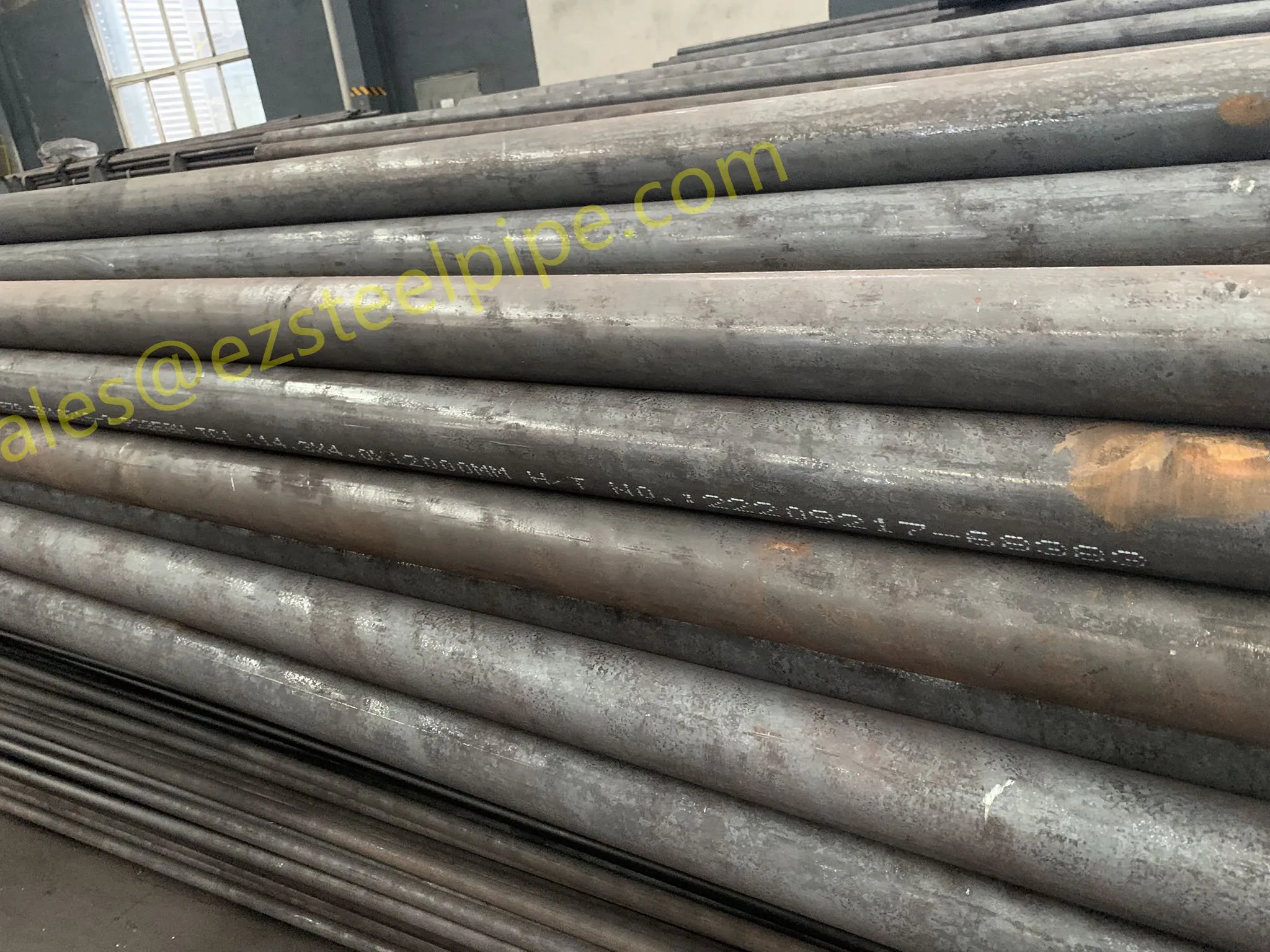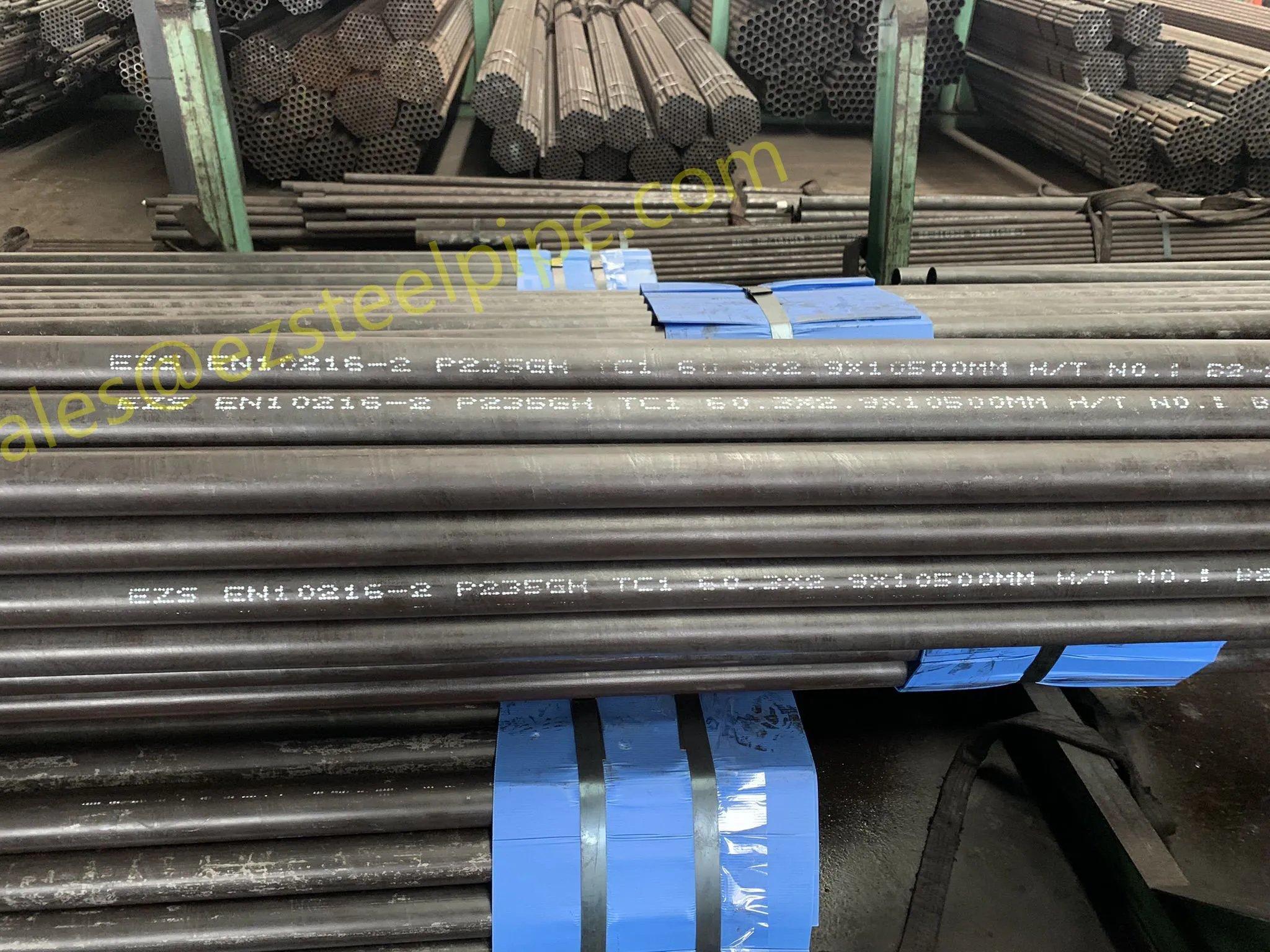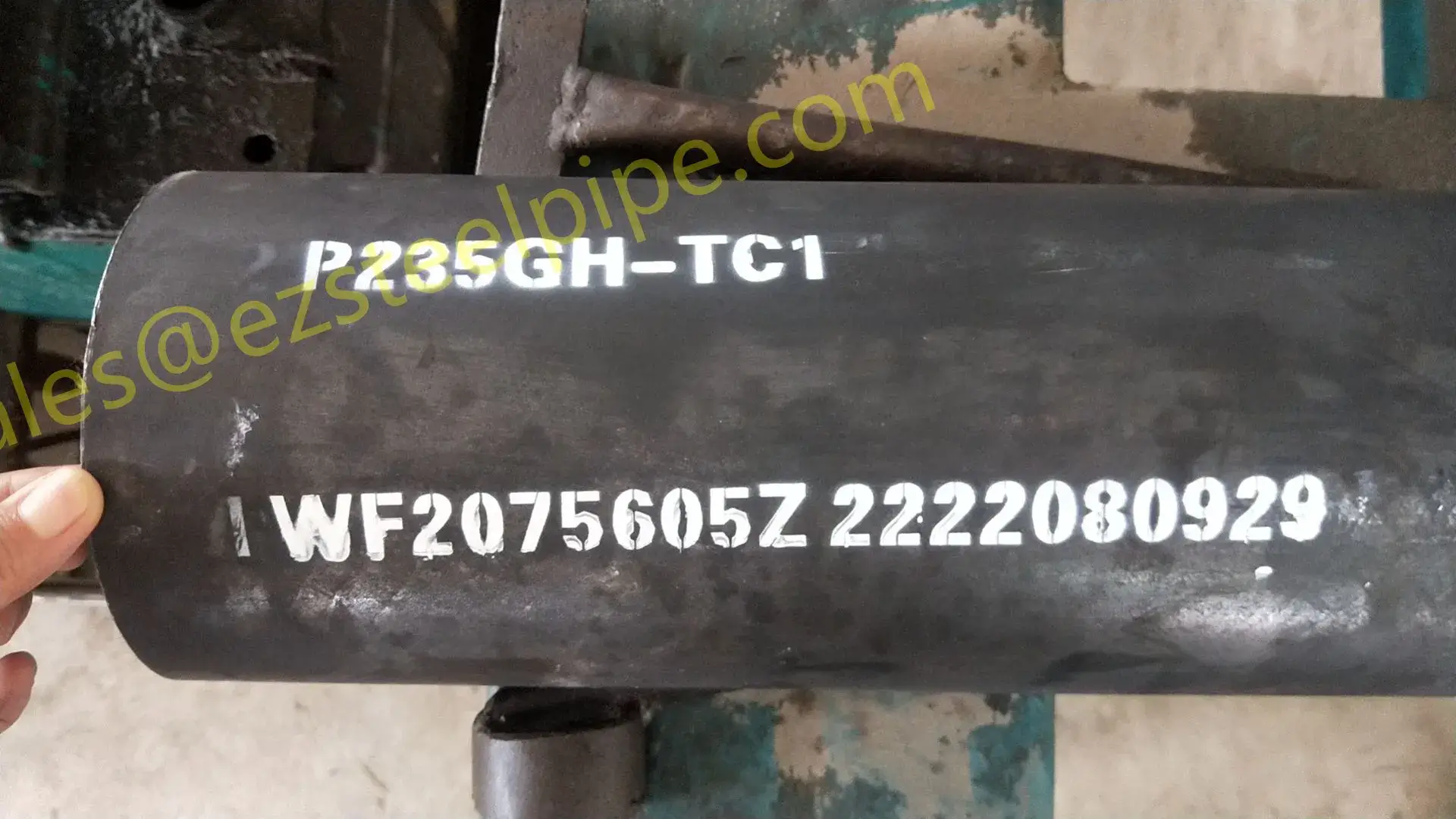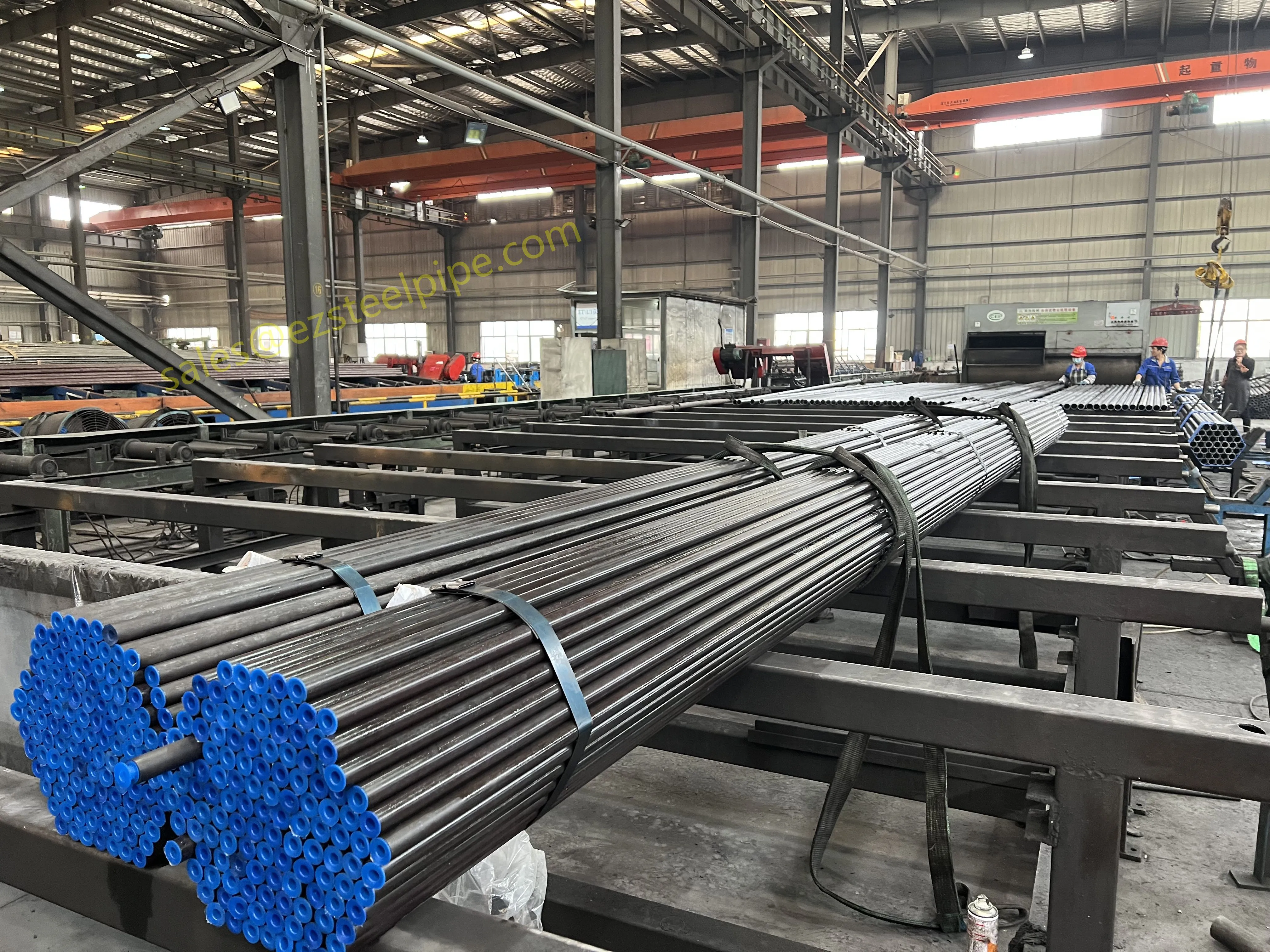1. Forging: The Backbone of High-Strength Valves
If there's one process that's earned the title of "heavyweight champion" in valve manufacturing, it's forging. Picture this: a red-hot piece of metal being hammered, pressed, or squeezed into shape under immense pressure—like sculpting with a sledgehammer, but with pinpoint precision. Forging doesn't just shape metal; it rearranges its internal structure, aligning the grains to make the material stronger, denser, and more resistant to cracks. That's why you'll find forged components in the most demanding valve applications, like the high-pressure valves used in petrochemical facilities or pipeline works.
Let's break down how it works. Forging typically starts with heating a metal billet (often stainless steel or carbon & carbon alloy steel) to temperatures between 1,100°C and 1,250°C—hot enough to make the metal malleable but not quite molten. Then, using hydraulic presses or mechanical hammers, the metal is forced into dies that have the exact shape of the valve part, whether it's a valve body, bonnet, or disc. There are two main types here: open-die forging (where the metal is shaped between flat dies, great for simple parts) and closed-die forging (where the dies fully enclose the metal, perfect for complex shapes like valve bodies with internal channels).
Why go through all this trouble? Forged valves excel in high-pressure environments because the process eliminates internal voids and porosity—those tiny air bubbles that can weaken cast metal. Think about a pressure tube in a power plant: if a valve fails there, the consequences could be catastrophic. Forged stainless steel valves, for example, can handle pressures up to 10,000 psi (that's over 680 times atmospheric pressure!) and temperatures from -200°C to 600°C. It's no wonder industries like marine & ship-building and aerospace rely on forged valves—when safety is non-negotiable, forging delivers.
| Forging Type | Best For | Key Advantage |
|---|---|---|
| Open-Die Forging | Simple parts (e.g., valve stems) | Cost-effective for small batches |
| Closed-Die Forging | Complex parts (e.g., valve bodies) | High precision, minimal post-processing |
| Cold Forging | Small, high-tolerance parts (e.g., threaded fittings) | No heat required, excellent surface finish |
 export@ezsteelpipe.com
export@ezsteelpipe.com +86 731 8870 6116
+86 731 8870 6116






 Related Products
Related Products

